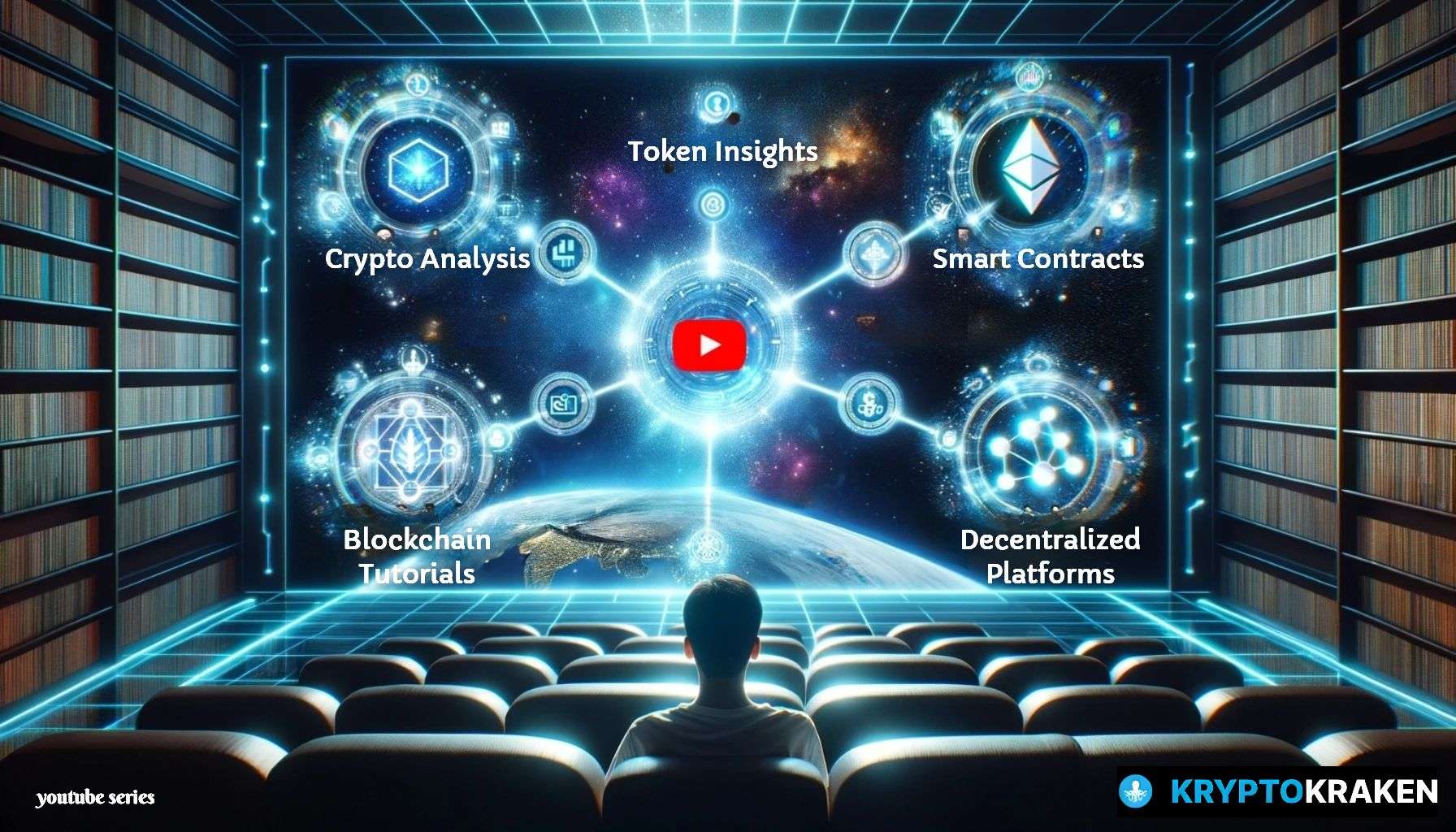
- October 23, 2023
- Dennis Frank
- 1
Ever tried to find a video on YouTube and it’s gone? Vanished. Poof!
“This video is no longer available due to a copyright claim by…” Sound familiar?
Envision a different reality, one in which the boundaries of possibility have been altered—a world where your favorite content isn’t yanked away in the blink of an eye.
A world powered by blockchain technology—yes, the same tech that fuels Bitcoin—but this time, imagine YouTube running on it!
This could mean more control for creators, more transparency with revenue shares and fewer arbitrary takedowns.
“Does the idea of a Decentralized YouTube sound too good to be true? Well, fasten your seatbelts because we’re about to explore what a ‘Decentralized YouTube’ could entail and how this groundbreaking shift could transform our online experience.”.
Table of Contents:
- Understanding Blockchain Technology
- Blockchain’s Wide-Ranging Applications
- Decentralized YouTube – A New Paradigm
- The Technical Aspects of Decentralized Youtube
- The Security of Blockchain Technology
- FAQs in Relation to Decentralized YouTube
- Conclusion
Understanding Blockchain Technology
If you’ve ever had experience with crypto, the term blockchain tech might be familiar. But did you know it’s not just for Bitcoin? This revolutionary tech extends way beyond digital currencies.
The Fundamentals of Blockchain
Imagine a public ledger that records transactions across many computers so the record cannot be altered retroactively without altering all subsequent blocks. That’s blockchain technology in its simplest form.
This decentralized, transparent network starts with a transaction initiation and ends with completion after being validated by multiple nodes (computers) on the network. It’s like having an army of accountants double-checking each other’s work around the clock.
Types of Blockchains Explored
All blockchains are not created equal; there are four main types: public, private, consortium and hybrid.
- A public blockchain, such as Bitcoin or Ethereum, is completely open to anyone and everyone – think ‘Wild West’ but less chaotic because every transaction is verified meticulously by numerous participants called miners.
- A private blockchain, however, only lets certain individuals participate—like a members-only club. Here trust among participants can streamline verification processes leading to faster transactions than their public counterparts.
- In between these two extremes lies the consortium blockchains – also known as federated blockchains – where pre-selected nodes control consensus process instead of leaving it open to all or one participant.
- Last but definitely not least, ‘hybrid’ combines elements from both worlds enabling businesses more control over their information while still leveraging transparency and security benefits of public blockchains.

Now that you know about the types, let’s talk potential. With blockchain, we’re looking at a possible future with a decentralized internet. This could fundamentally change how we interact online.
The Future Potential of Blockchain
heartbeat of blockchain, then consensus algorithms are the backbone. These self-regulating protocols keep everything running smoothly and fairly. Without them, decentralized systems would simply fall apart.
Blockchain’s Wide-Ranging Applications
The power of blockchain technology extends far beyond the realm of cryptocurrencies. It is a revolution that brings about change in various sectors, opening up new possibilities for secure and transparent operations.

Blockchain in Digital Identity Management
Digital identity management can be a complex task with rising concerns over data privacy and security. But thanks to blockchain, there’s now an effective solution on hand. The decentralized nature of this technology makes it possible to create secure digital identities.
In conventional systems, your private data is kept on servers operated by outside entities which may be vulnerable to hacking or misuse. With blockchain-based digital identities though, you get full control over who accesses your info.
This approach not only secures user data but also streamlines verification processes across multiple platforms reducing redundancy and increasing efficiency.
Blockchain and Copyright Protection
We live in an age where content gets copied without proper credits leading to rampant copyright violations. However, if we start using blockchain for copyright protection, things could drastically improve.
How so? Well think about how blockchains work – every transaction (or ‘content upload’ in this case) is timestamped then added into blocks forming immutable records accessible by all participants.
This means when someone uploads original content onto the blockchain platform it leaves behind a traceable record establishing them as the rightful owner making disputes less likely or easier to resolve.
The use cases mentioned above are just a couple of examples showcasing the potential applications of blockchain technology. Whether it’s facilitating secure peer-to-peer transactions, providing supply chain transparency or powering decentralized finance (DeFi), blockchain is set to reshape our digital future.
This versatile technology is poised for more exploration and innovation as we continue to unlock its full potential. Blockchain could well be one of the key building blocks for a safer, more transparent digital world.
Decentralized YouTube – A New Paradigm
Envision a universe where you, as a YouTube content producer or watcher, have more authority over your online experience. This is the potential power of bringing blockchain to platforms like YouTube.
The Concept of Decentralized YouTube
In essence, decentralization means distributing and delegating authority away from a central body. When applied to something like YouTube, it changes the game entirely.
Rather than being at the mercy of algorithmic whims and opaque policies set by one centralized entity (in this case Google), decentralizing would let users govern their own digital domain. In other words, you wouldn’t need to worry about sudden policy shifts or unexpected demonetizations because everything is transparently encoded into an immutable blockchain protocol.
Benefits of Decentralized YouTube
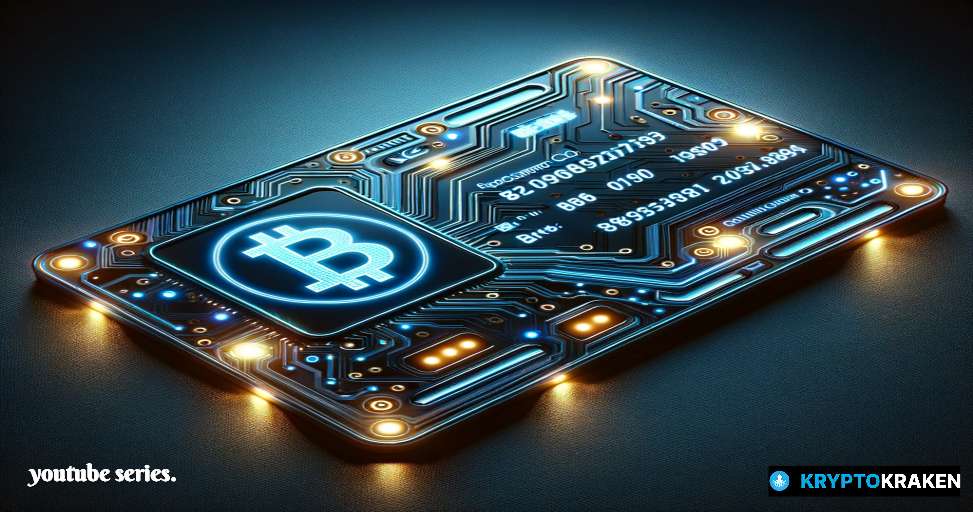
The benefits extend beyond just transparency though; think enhanced security and greater freedom too. Since blockchains are resistant against data modification once information has been recorded in them (source: Wikipedia), any uploaded video can’t be tampered with without leaving visible tracks for everyone else to see.
This heightened level of security doesn’t mean sacrificing usability either. By utilizing cryptographic algorithms that make sure transactions (or in our case uploads) are only seen by intended parties,
- You get both privacy AND authenticity guaranteed simultaneously;
- You’re free from the rules of third-party gatekeepers telling you what content is ‘appropriate’;
The Technical Aspects of Decentralized YouTube
As we delve deeper into the world of blockchain-based platforms, let’s break down how a popular site like YouTube would operate under this system. Let’s say goodbye to centralized control and hello to decentralization.
Transaction Verification on Blockchain
In any blockchain system, verifying transactions is crucial for maintaining trust and security. Imagine someone sending you a video link on our hypothetical ‘BlockchainTube’. The first step in ensuring that transaction (the sharing of the video link) is legitimate involves validation by multiple computers or nodes in the network.
This isn’t just one buddy vouching for another; it’s an entire community saying, “Yes, we confirm this action.” This group confirmation approach ensures that no single entity has total control over transaction verification—a stark contrast from traditional systems where a central authority validates all activities.
So if Jimmy sends Sally a cat video link (because who doesn’t love keyboard-playing cats?) via ‘BlockchainTube’, numerous independent nodes validate this transaction before Sally gets her feline fix. Trust me; she appreciates the safety measures.
Adding Blocks to the Chain
The concept behind adding blocks to the chain, hence its name ‘blockchain’, could be compared with receiving stamps in your passport after visiting different countries—each stamp represents an activity completed or place visited within your journey.
A new block represents verified transactions which are then added chronologically to form part of an ever-growing ledger—the chain. Each block contains unique identifiers known as hashes – kind of like fingerprints at crime scenes but less gruesome – that are linked to the preceding block.
Let’s get back to Jimmy and Sally. Once their video-sharing transaction has been validated, it forms part of a new block along with other verified transactions. This block is then given its unique hash and added onto the existing chain.
block, it would mess up the entire chain. This makes blockchain a robust and secure technology that’s hard to hack.
The Security of Blockchain Technology
Blockchain’s inherent security measures make it a robust technology. It has built-in protections against many common cyber threats, making it a promising solution for secure data storage and transfer.
Cryptography: The First Line of Defense
One fundamental element contributing to blockchain’s security is cryptography. Each block contains a unique code called a hash, which serves as its digital fingerprint. This makes every transaction tamper-evident.
If someone tries to alter the information in one block, the hash changes not just for that block but also all subsequent ones. So any foul play becomes immediately visible – an ingenious method to deter hackers.
Distributed Ledger: Strength in Numbers
A second layer of defense lies in blockchain’s distributed nature – each participant or node holds an exact copy of the entire chain. If anyone attempts altering data on one node, other nodes will reject this change because their copies won’t match up with the altered version.
This feature provides resilience against attacks and helps maintain integrity across transactions even if some participants turn out to be bad actors.
Mining Process: Verifying Transactions Securely
Blockchain miners, who validate new transactions and add them into blocks, further bolster security through Proof-of-Work (PoW). PoW requires solving complex mathematical problems that demand significant computational resources – time-consuming and expensive work. But why?
The difficulty ensures no single entity can monopolize control over verifying transactions. Also by offering rewards for successful mining efforts – usually cryptocurrency tokens like Bitcoin – PoW incentivizes honest participation while deterring malicious activities.
Blockchain Security: Not a Silver Bullet
Despite these robust features, blockchain is not impervious to all threats. For instance, if one entity gains control of more than 50% of the network’s mining power – known as a 51% attack- they could potentially manipulate transactions.
While this situation may seem far-fetched because of the enormous resources it would need, it’s not entirely impossible.
FAQs in Relation to Decentralized YouTube
Is there a YouTube on the blockchain?
No, but several decentralized video platforms like DTube and LBRY use blockchain tech to share videos.
What is the blockchain alternative to YouTube?
The top contenders are DTube and LBRY, both utilizing blockchain for secure, transparent content sharing.
Which YouTube channel to learn about blockchain?
“Ivan on Tech” is a well-liked channel that breaks down complex crypto and blockchain topics into easy-to-digest info.
Is anyone actually using Blockchain?
Absolutely. From finance companies like J.P. Morgan Chase to supply chains such as IBM Food Trust – many businesses use it today.
Conclusion
Decentralized YouTube is no longer a far-off dream.
We’ve explored the ins and outs of blockchain, understanding its types and potential. From transaction initiation to completion, we now get how this tech ticks.
It’s not just about cryptocurrencies anymore. We learned that digital identity management and copyright protection are just two more uses for it.
The concept of a decentralized YouTube has opened our eyes to new possibilities – from increased transparency to greater control for creators. No arbitrary takedowns here!
And while the technical aspects might seem daunting at first, remember what we said: transactions are verified with integrity; blocks added systematically into the chain ensure security in every click you make online.
In conclusion? The future could be bright – if we let technology light the way!
⭐⭐⭐ Enjoy learning through video? See the entire video collection at KryptoKraken Videos



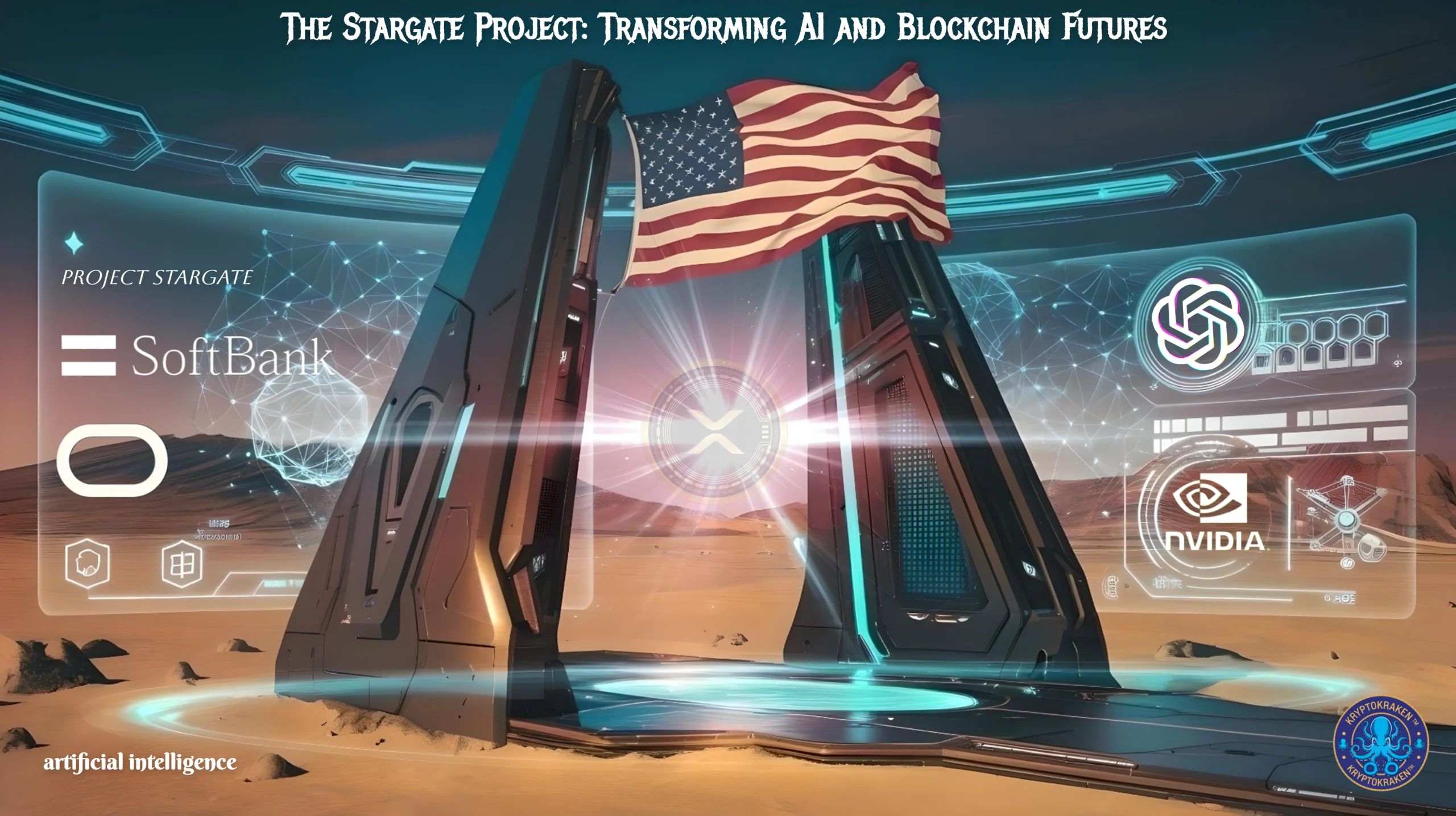
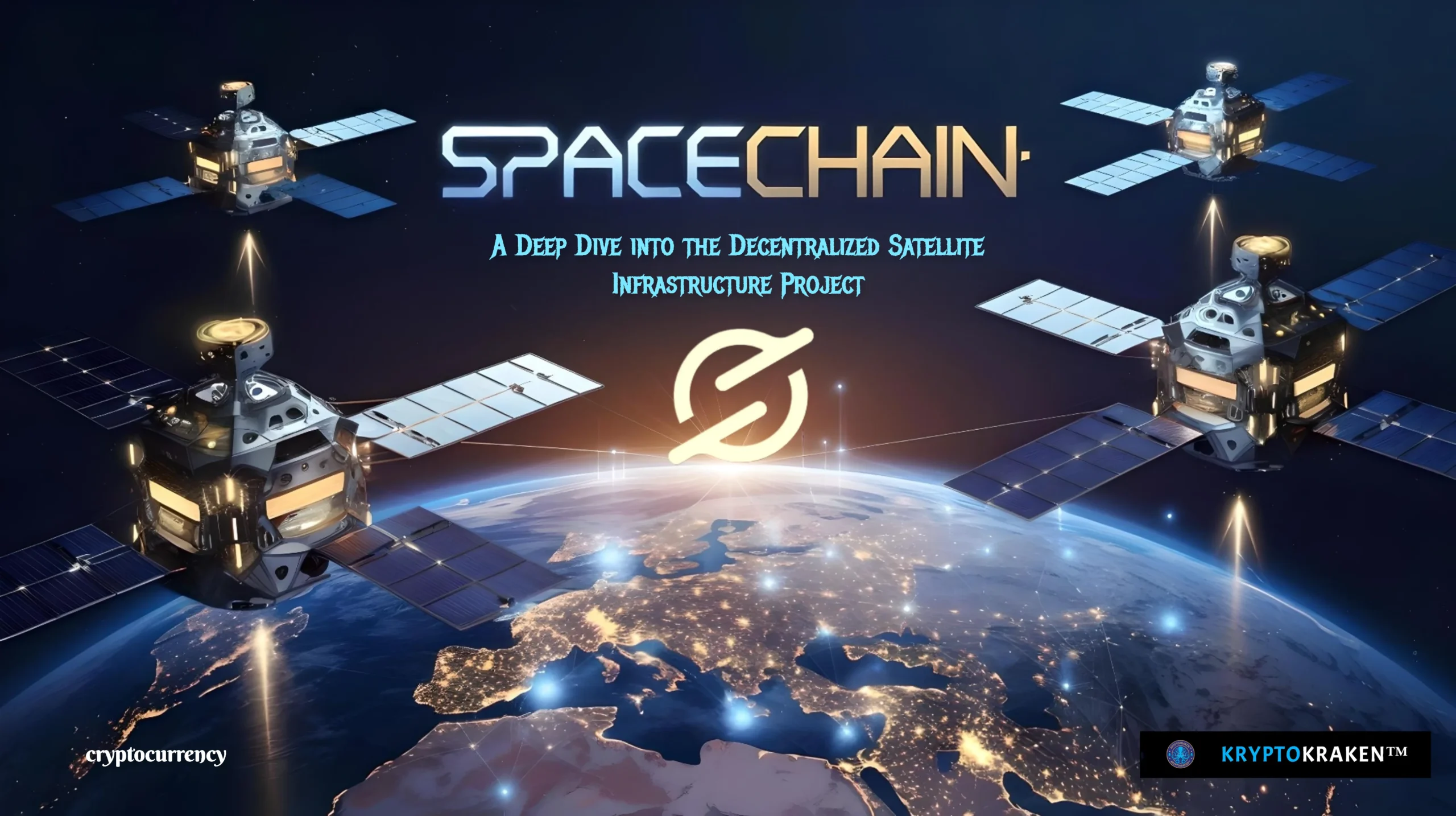


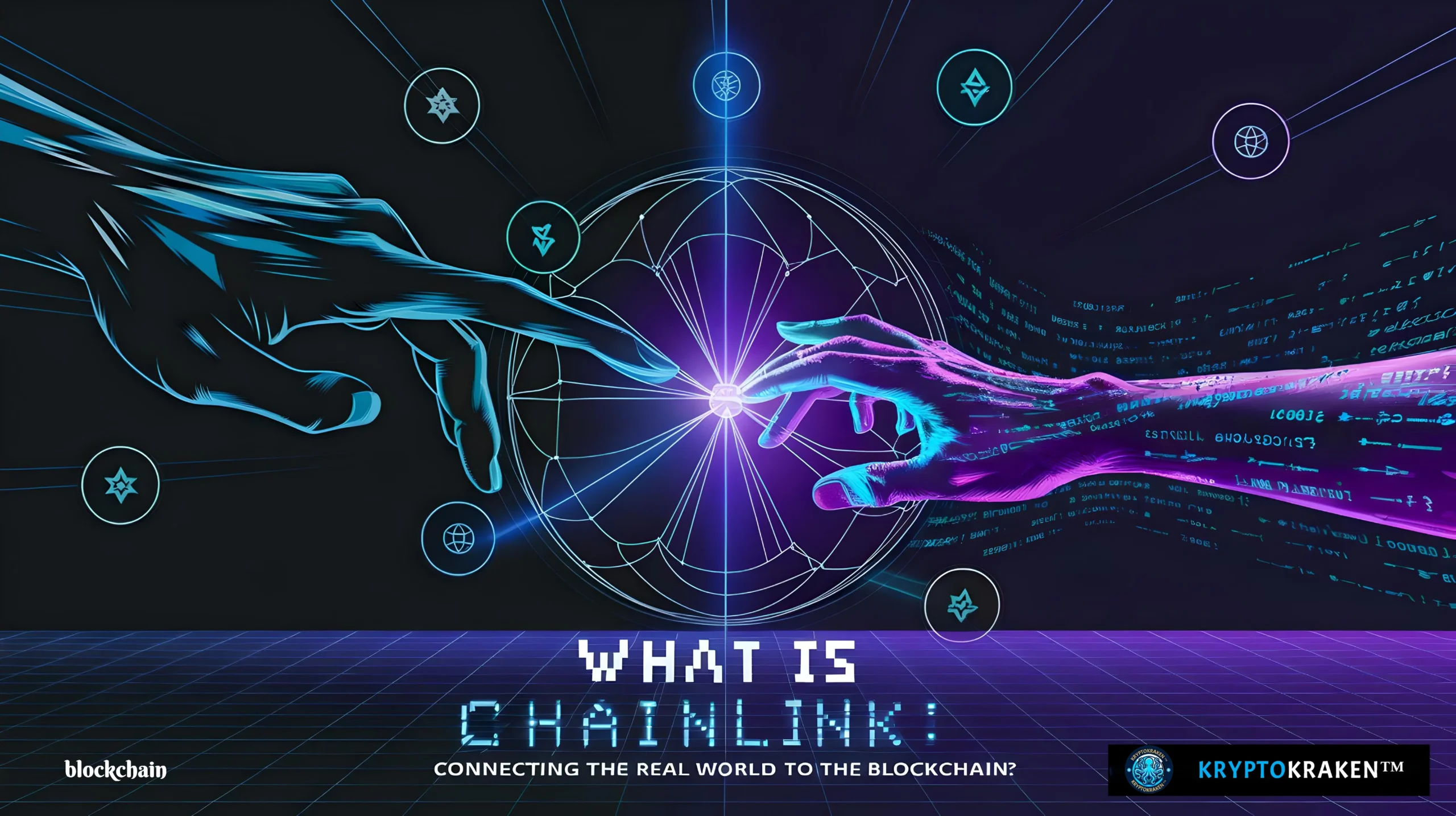
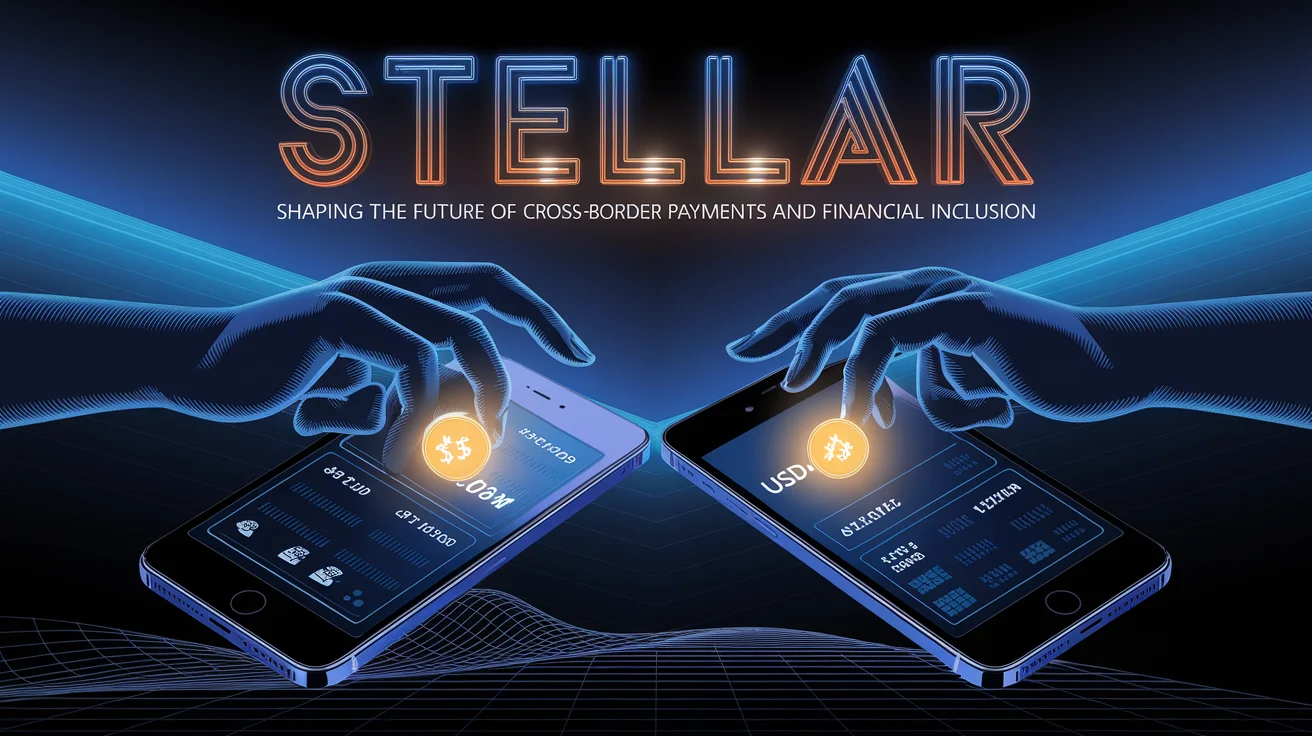
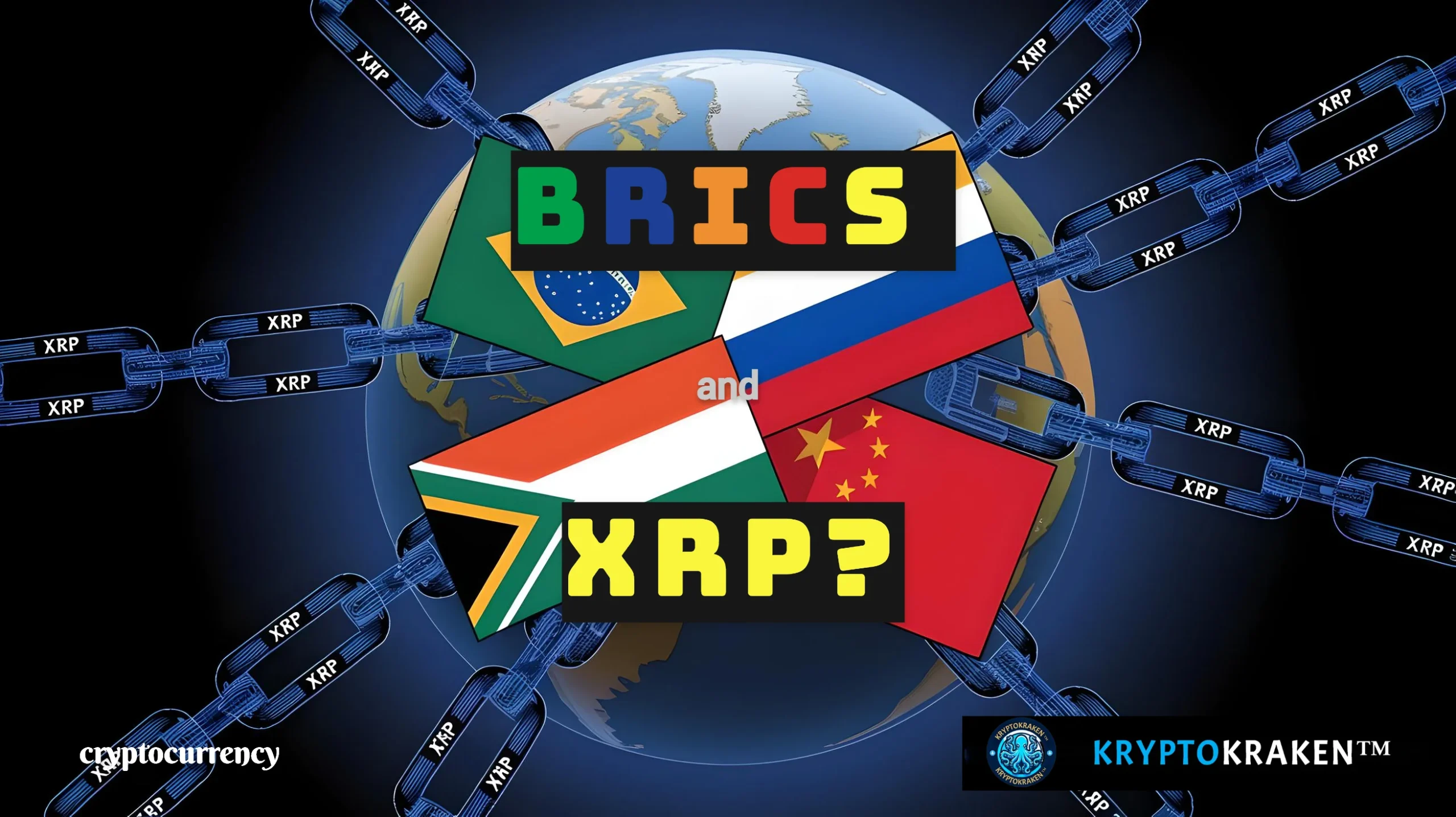



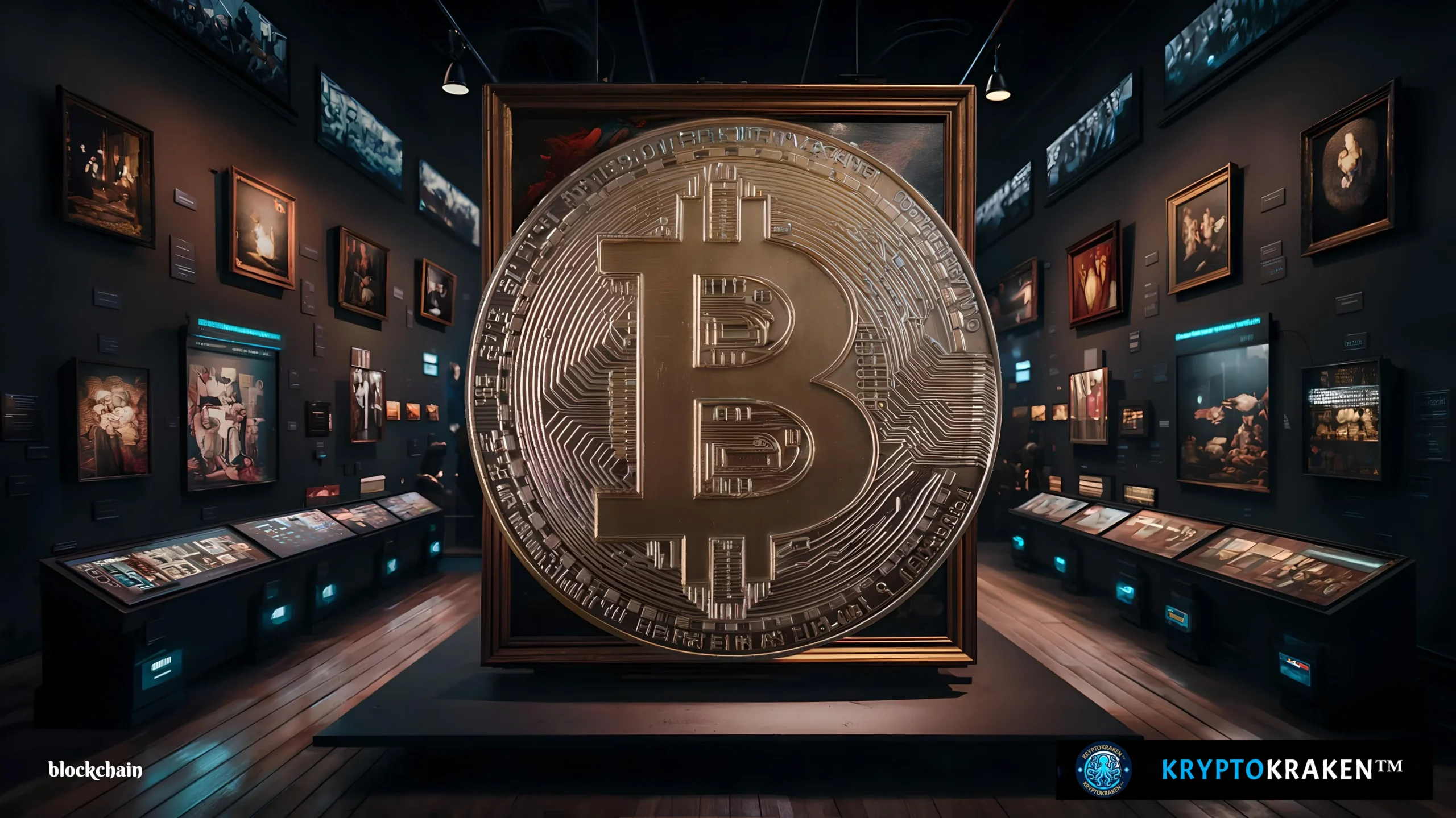

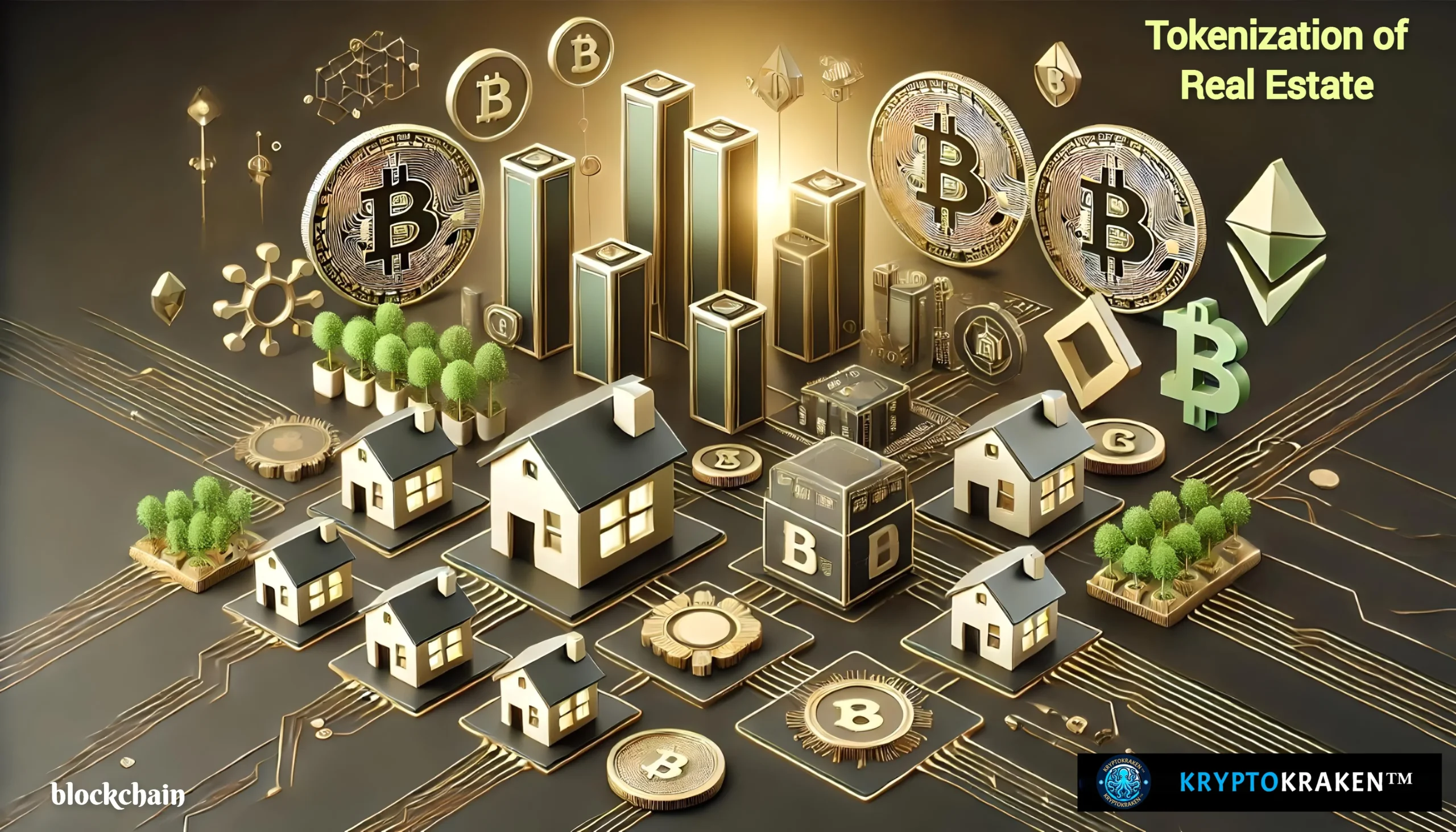
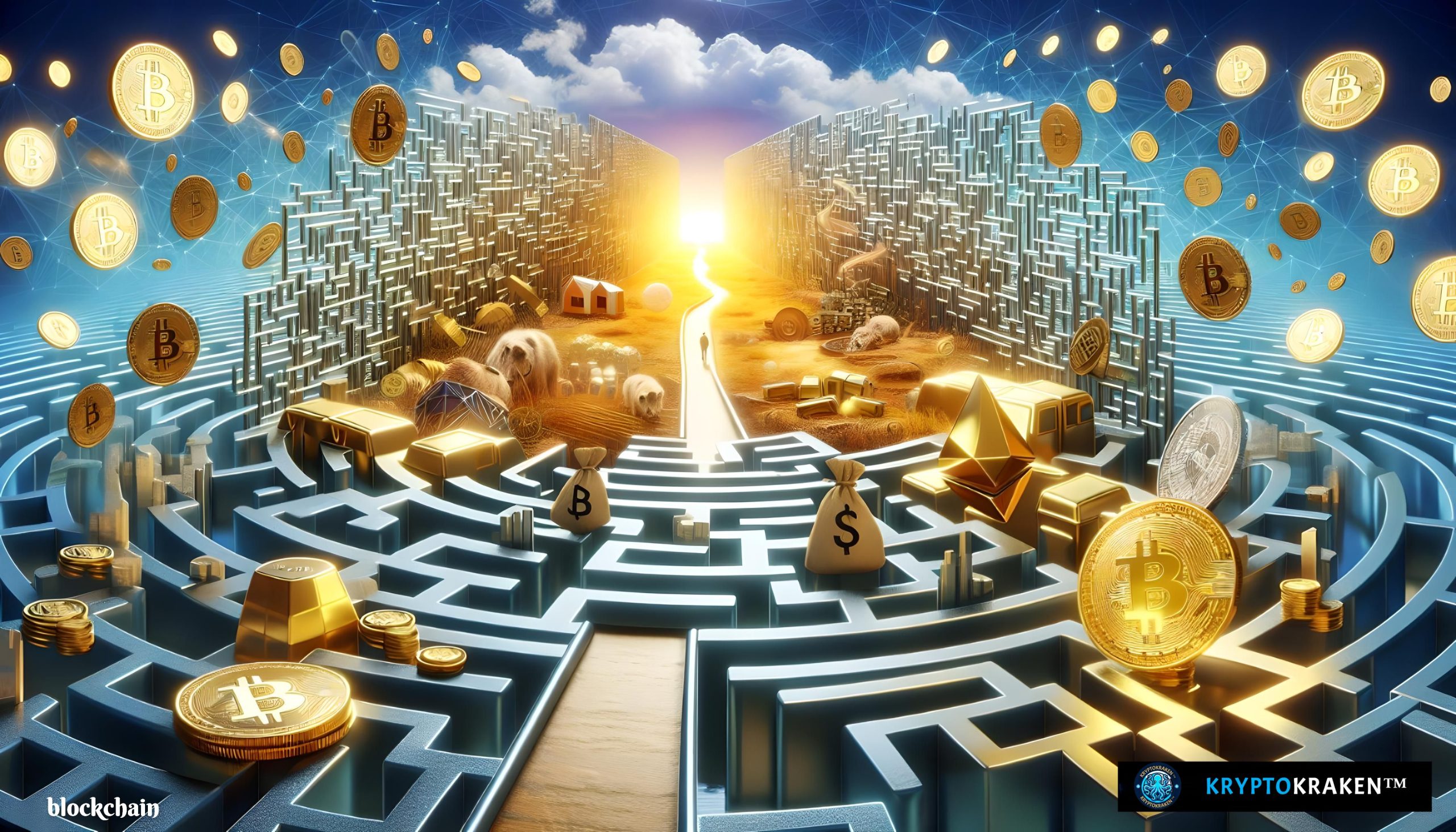




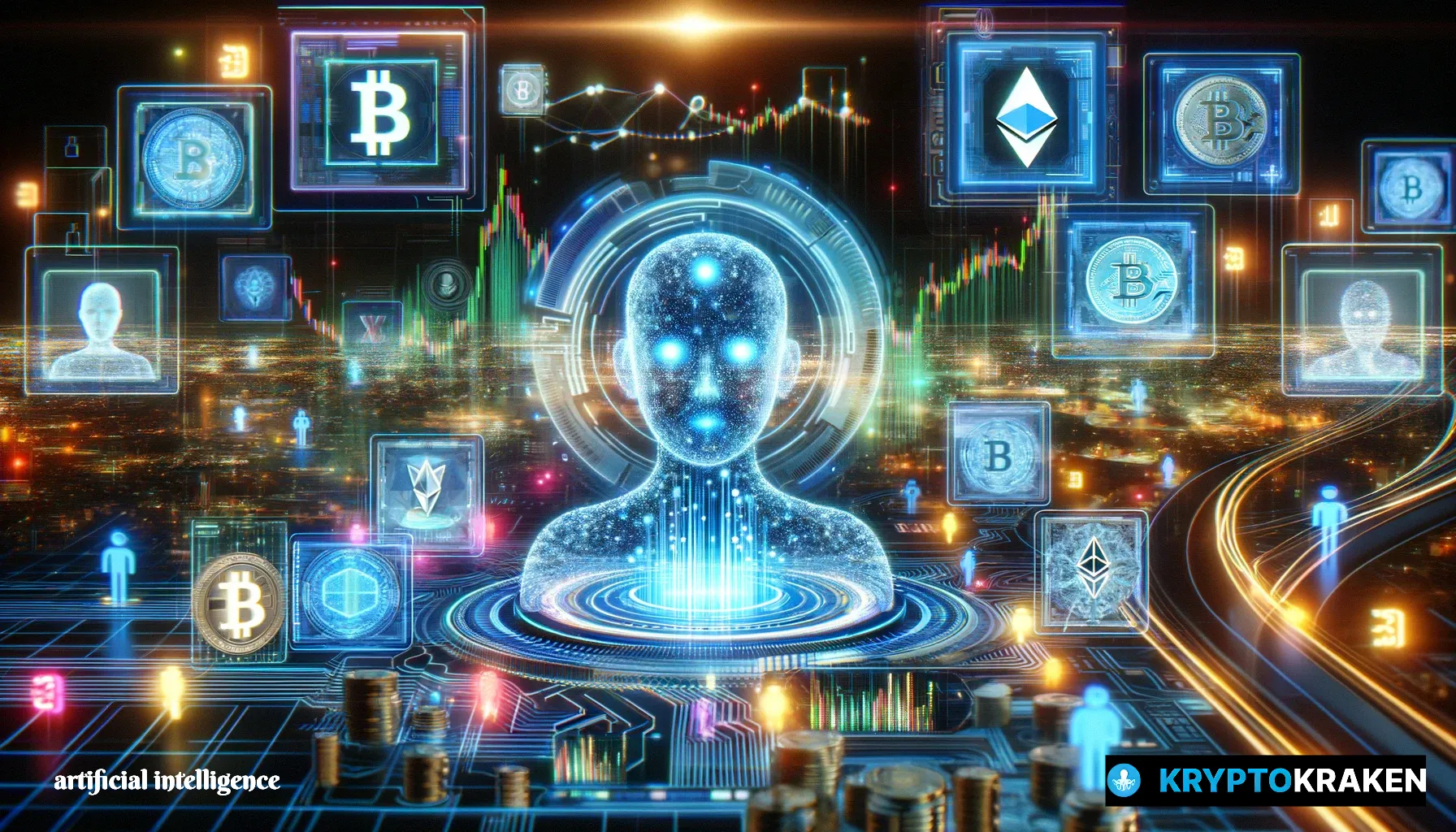
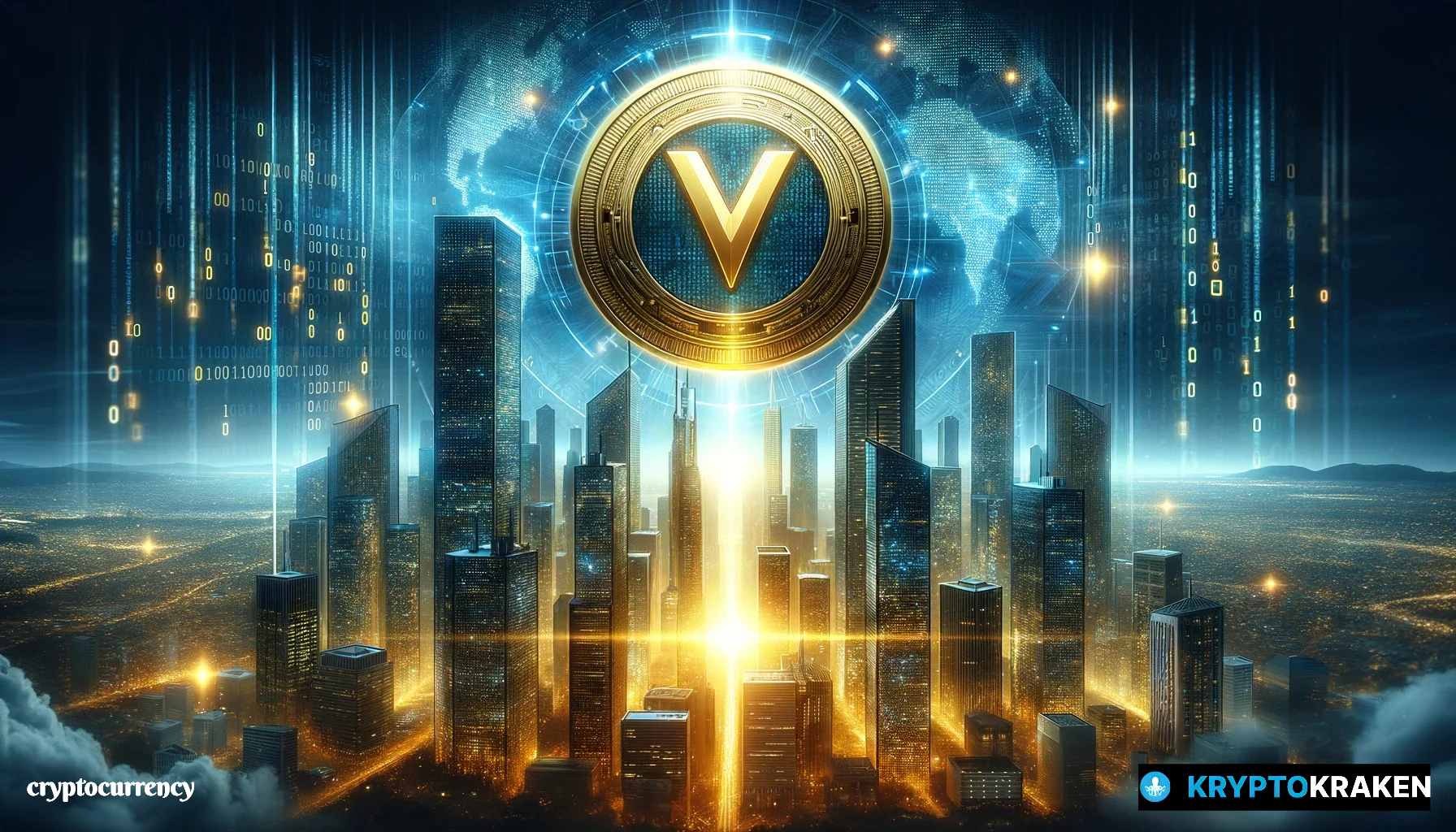
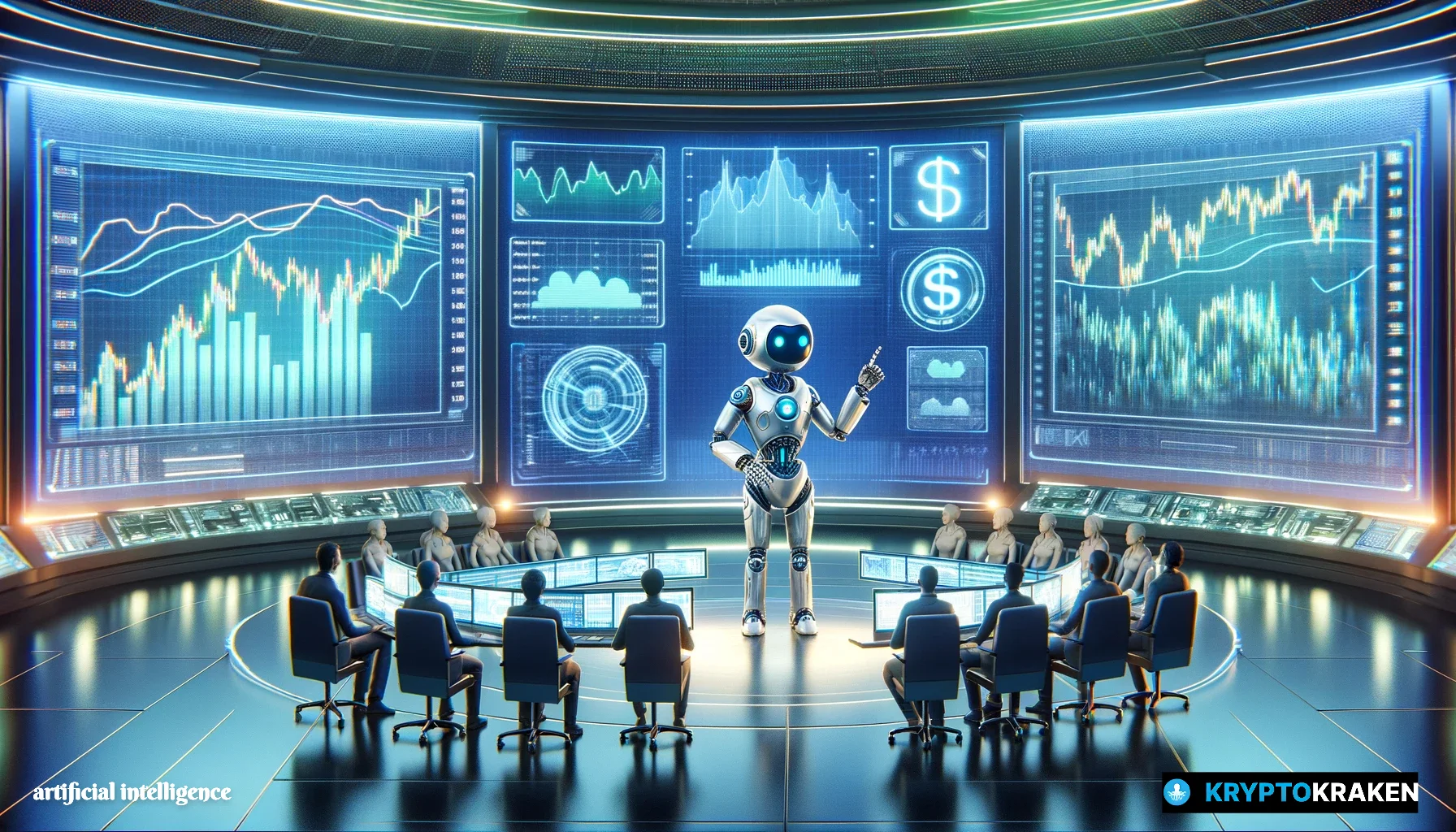
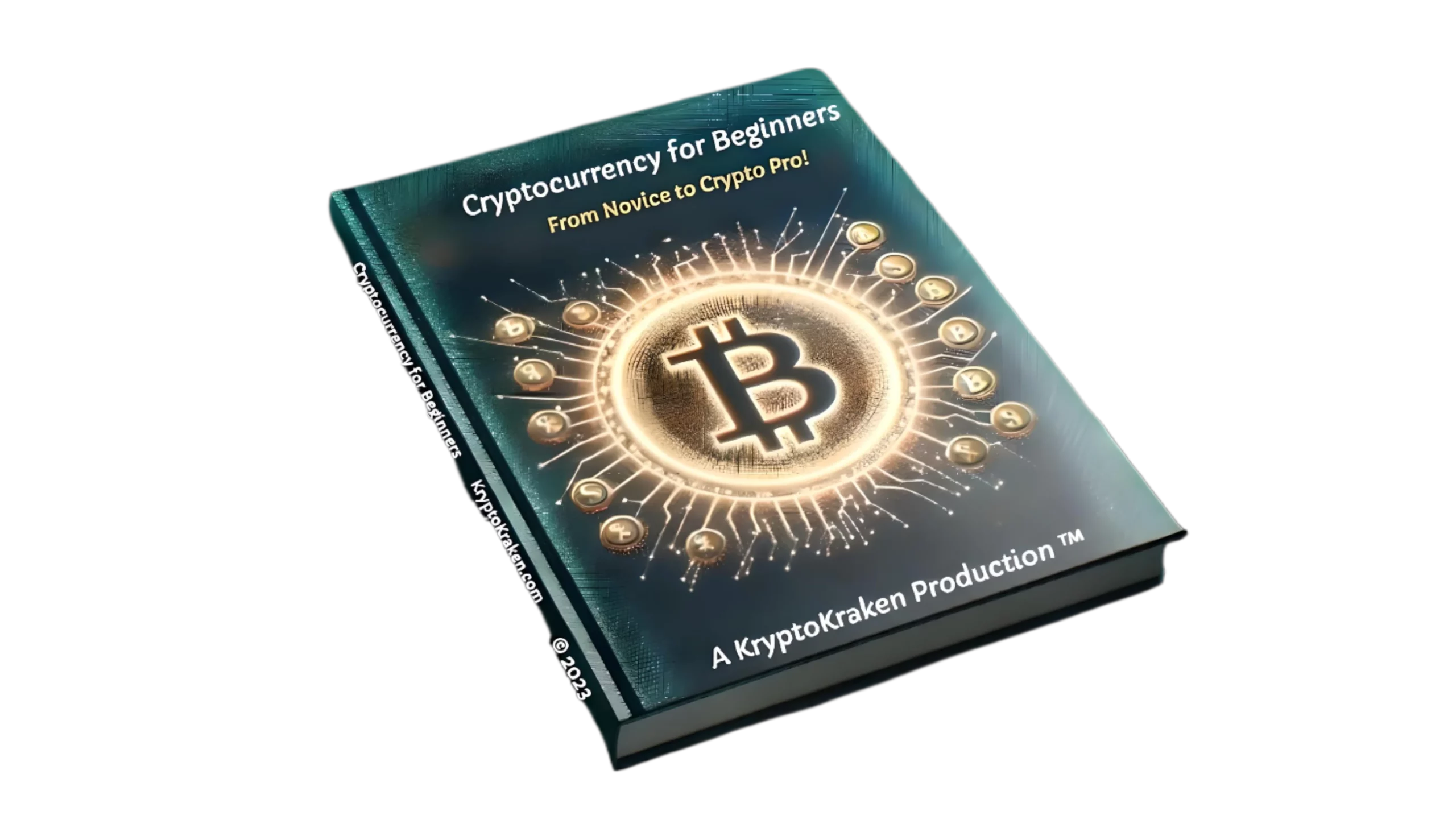
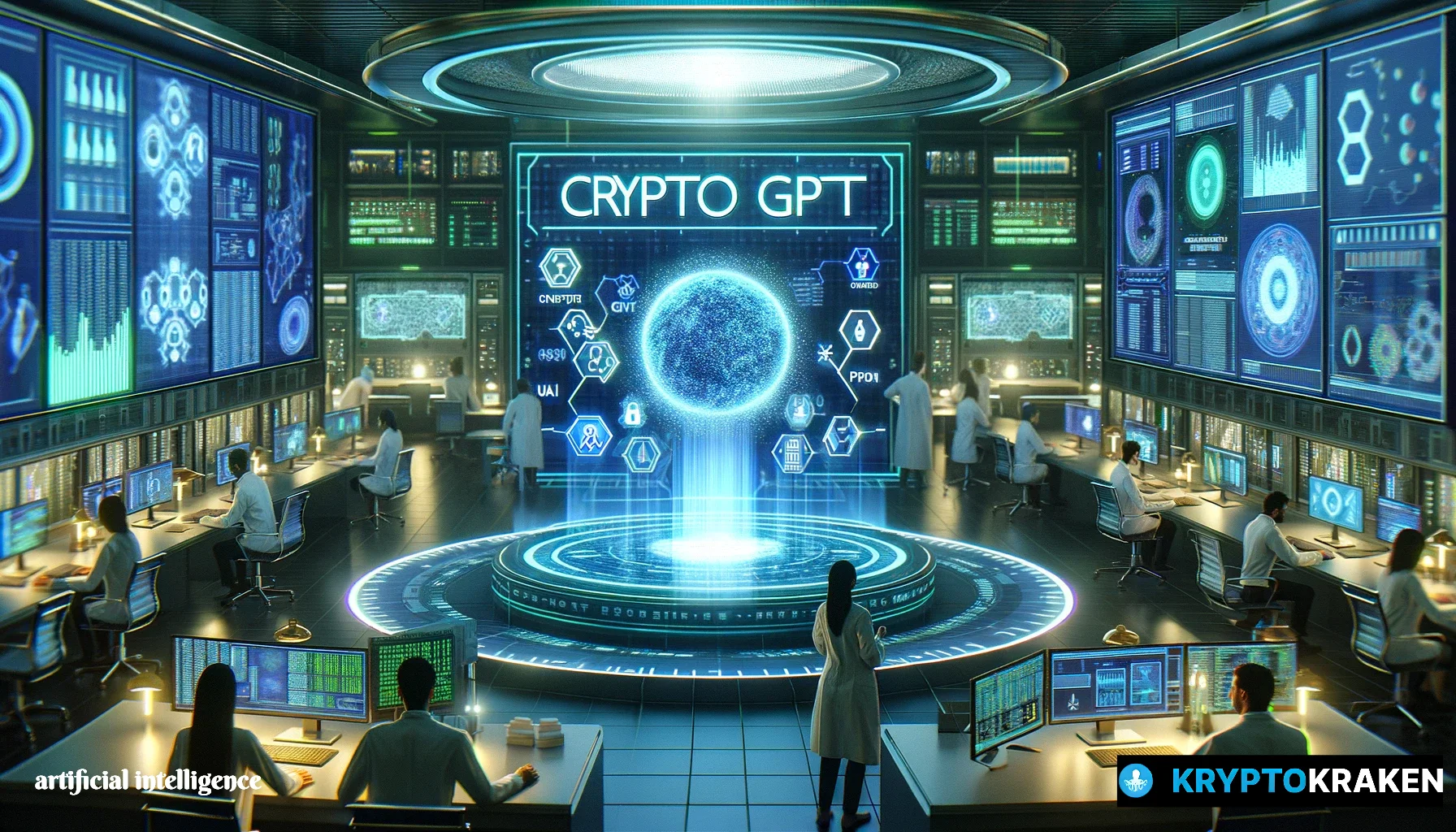

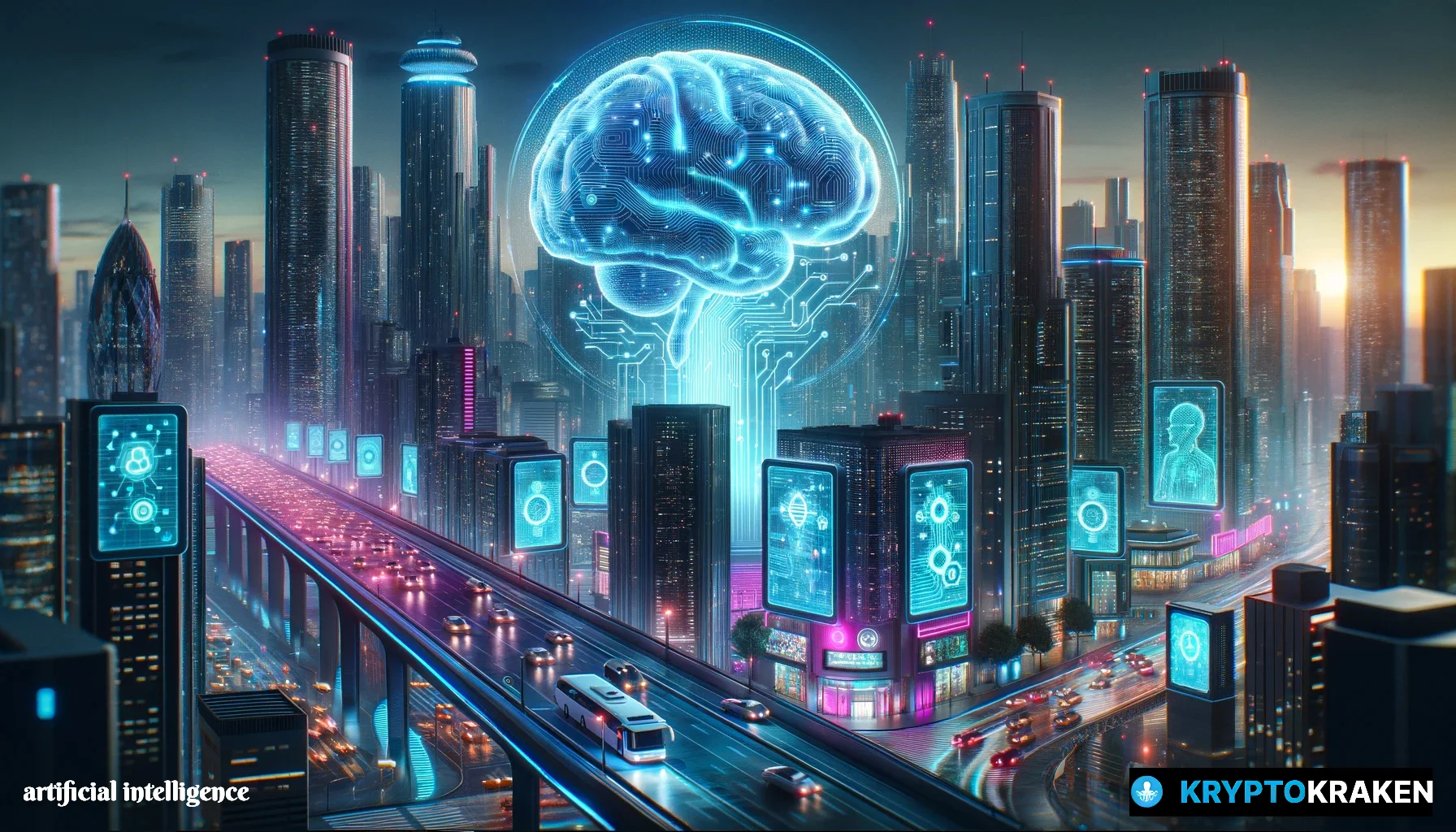
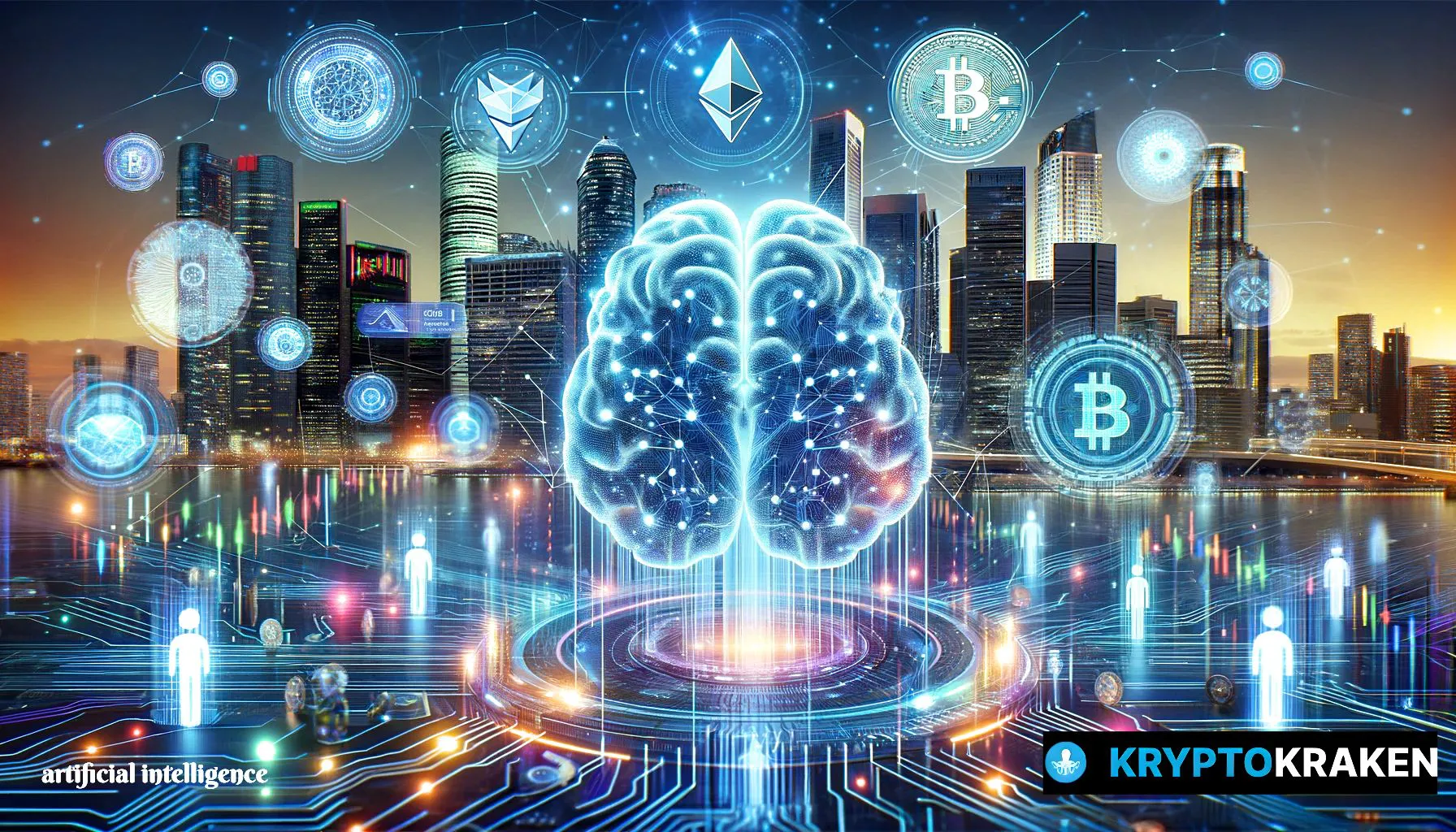
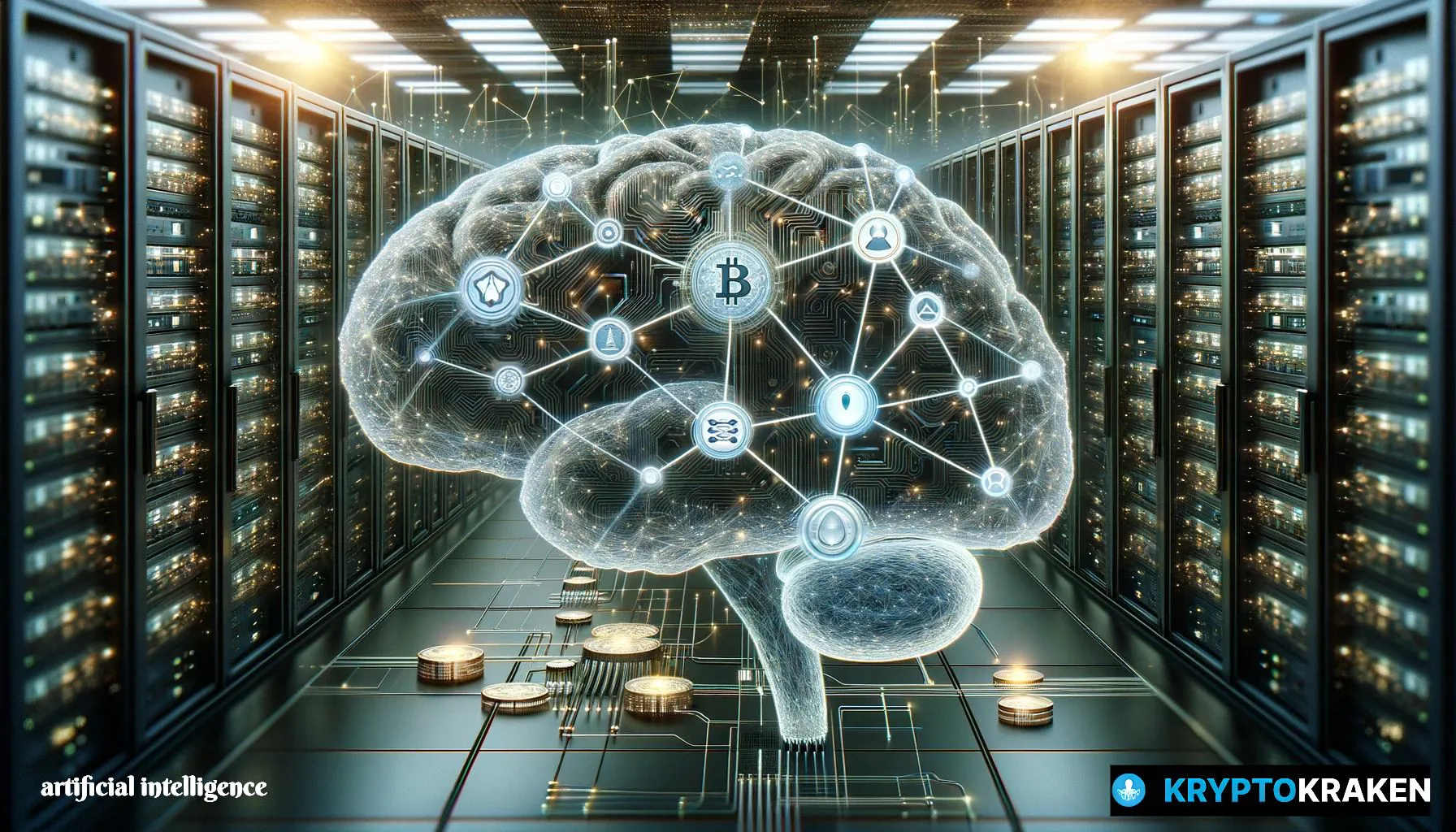
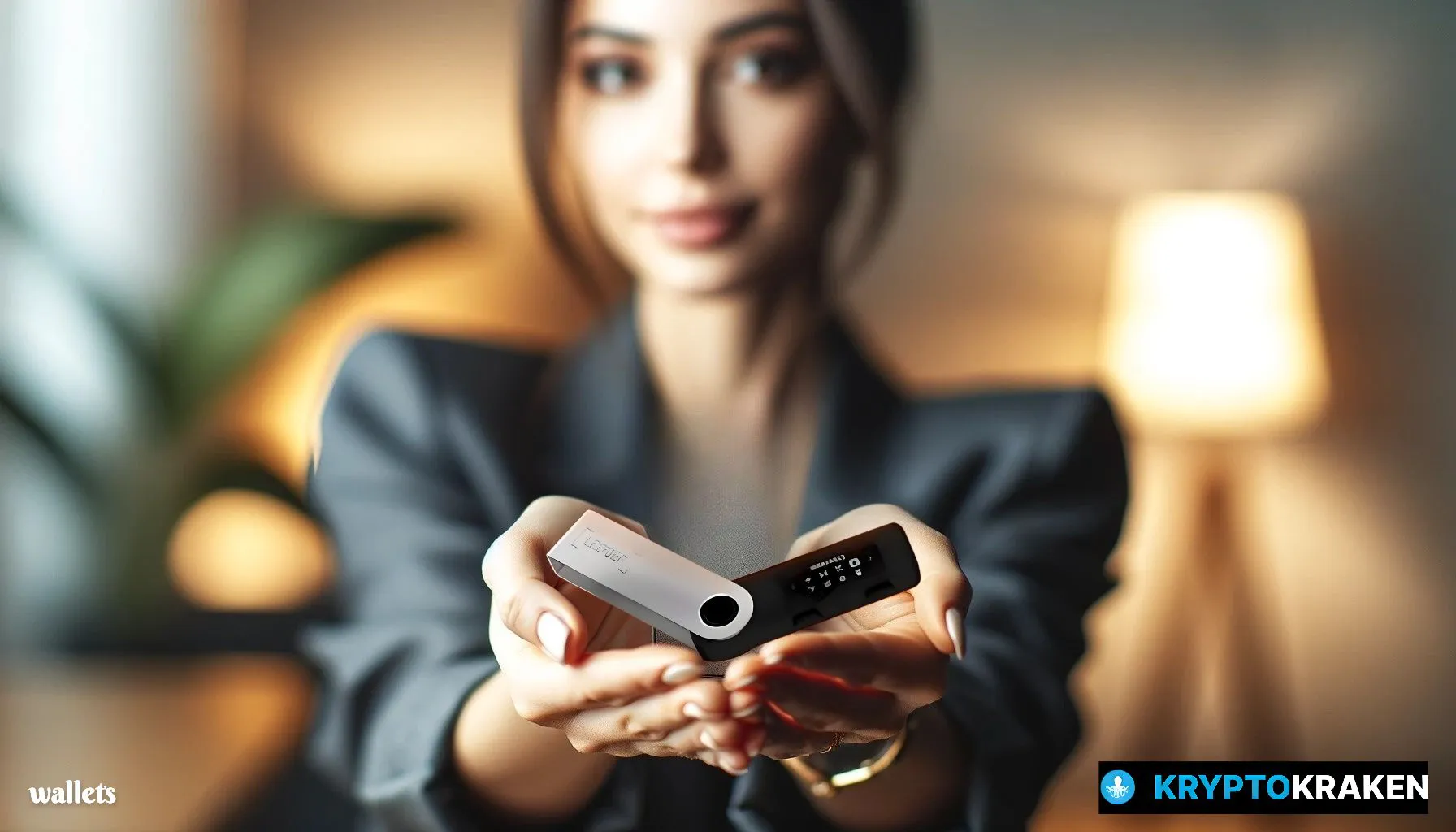
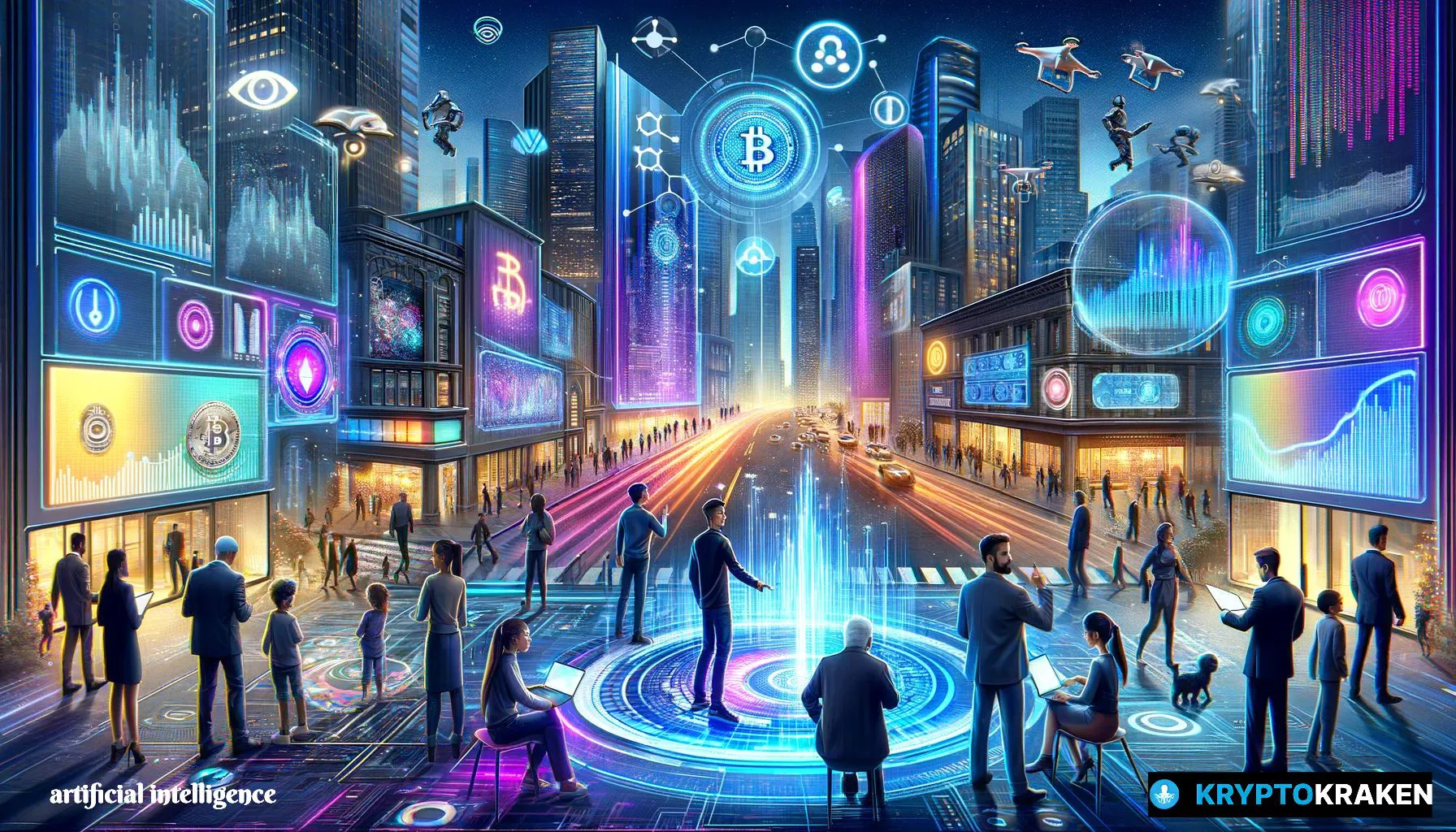
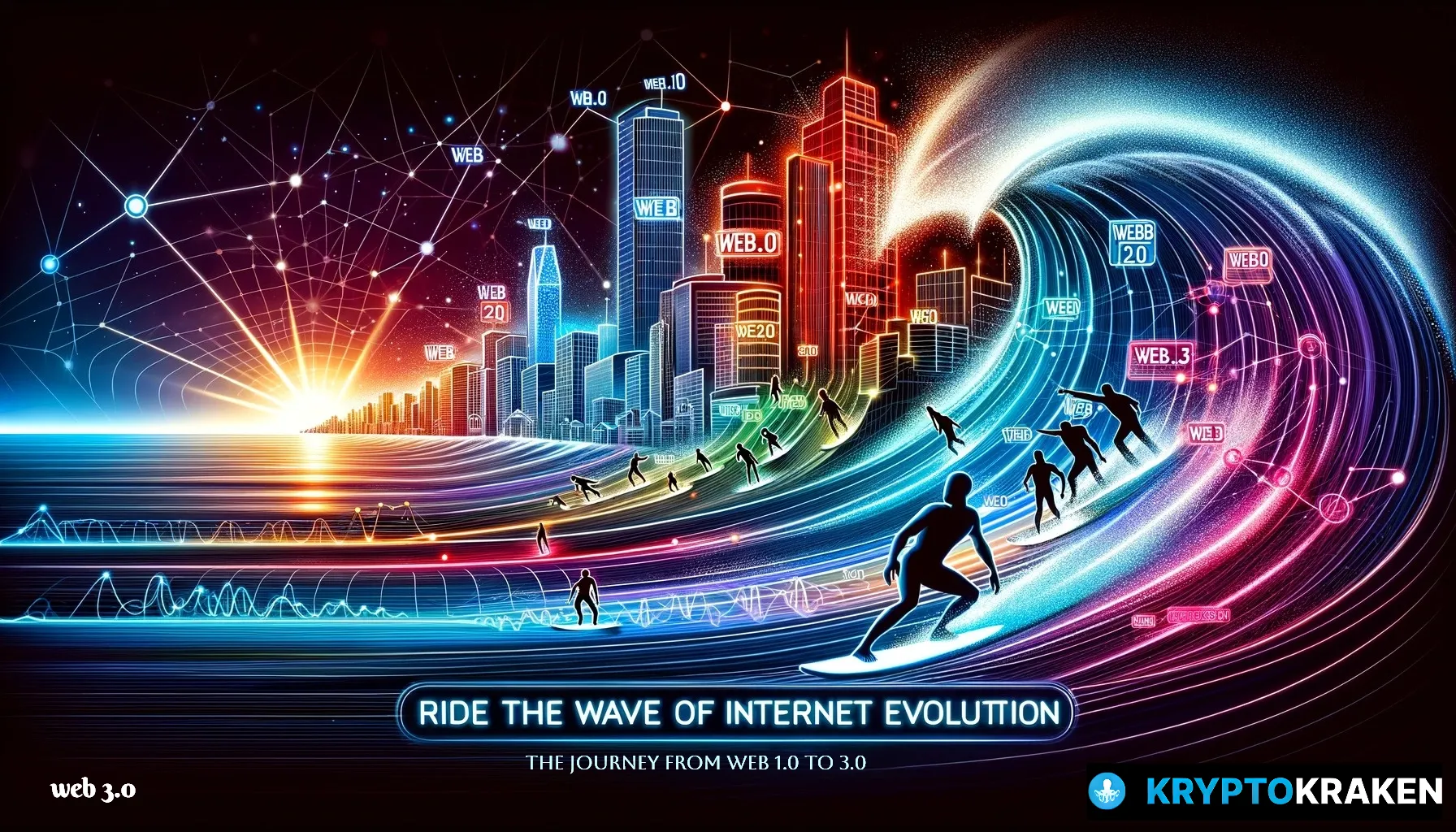
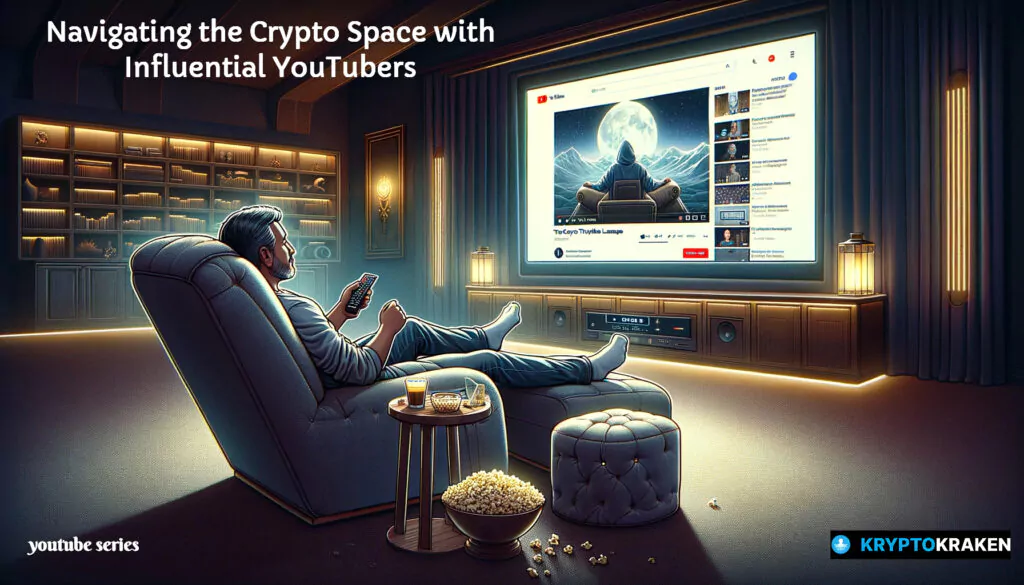

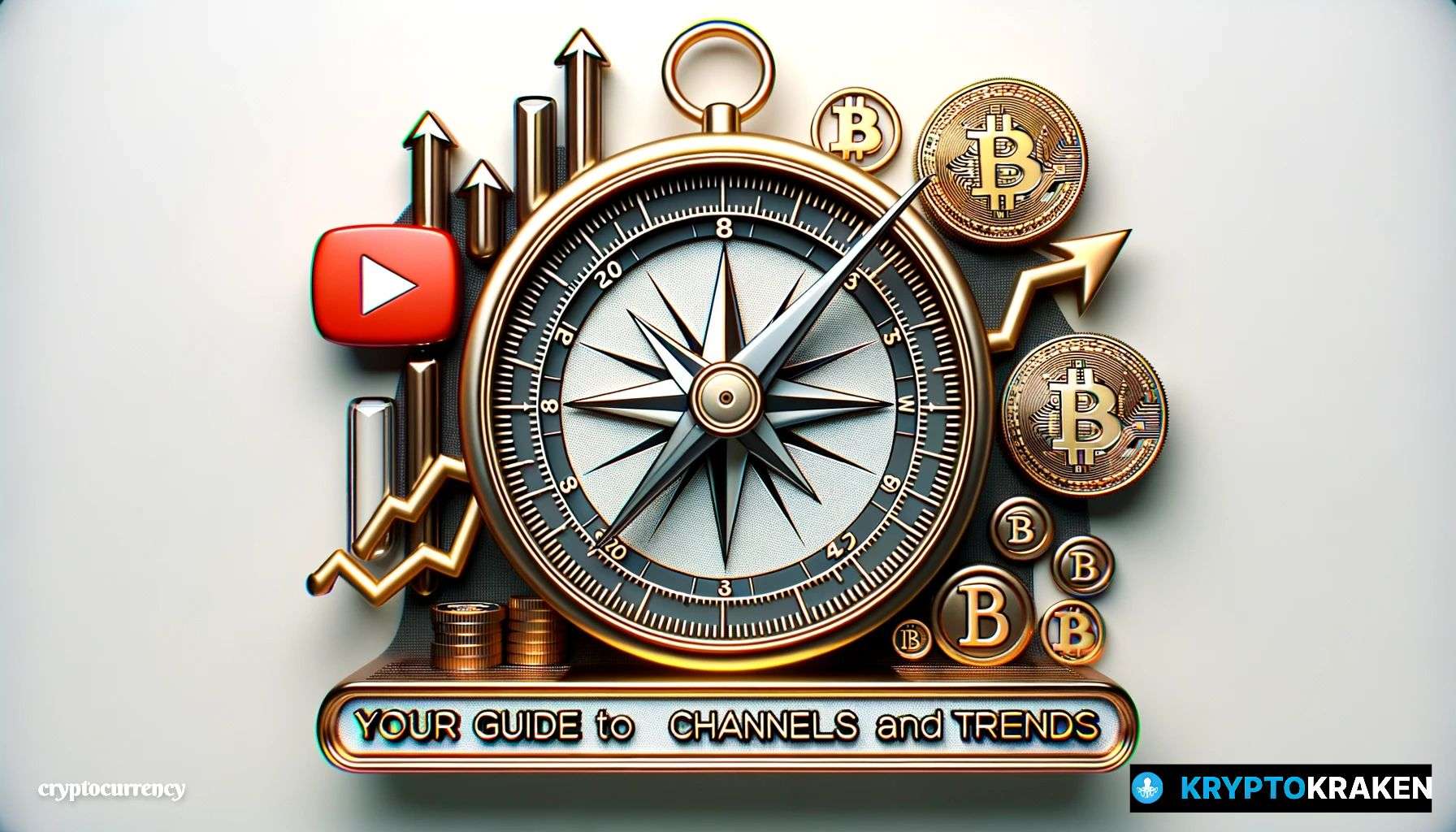

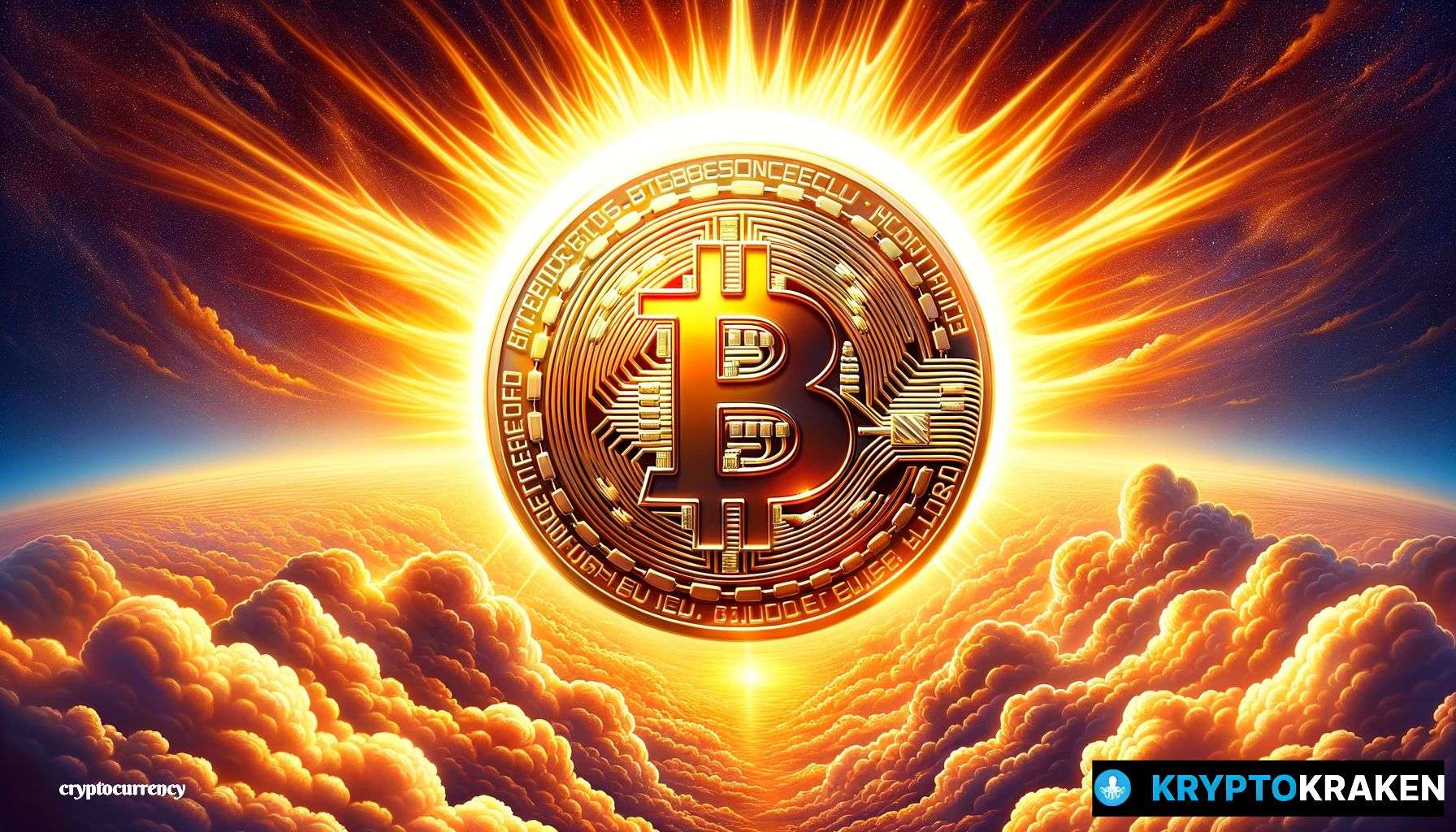
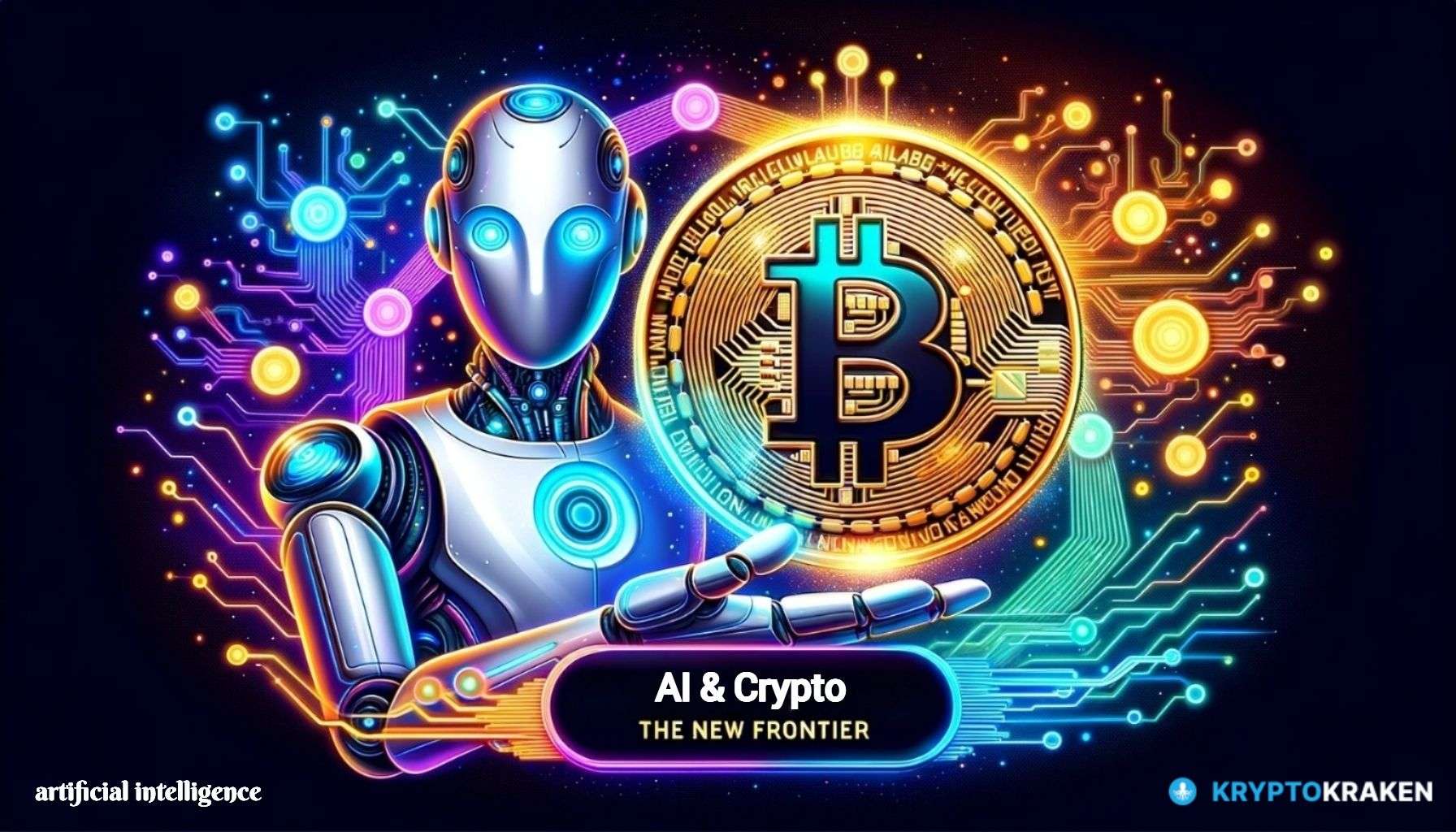

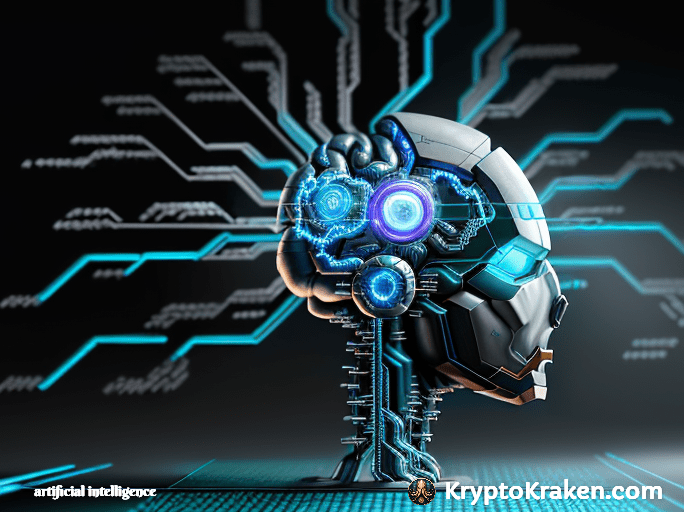


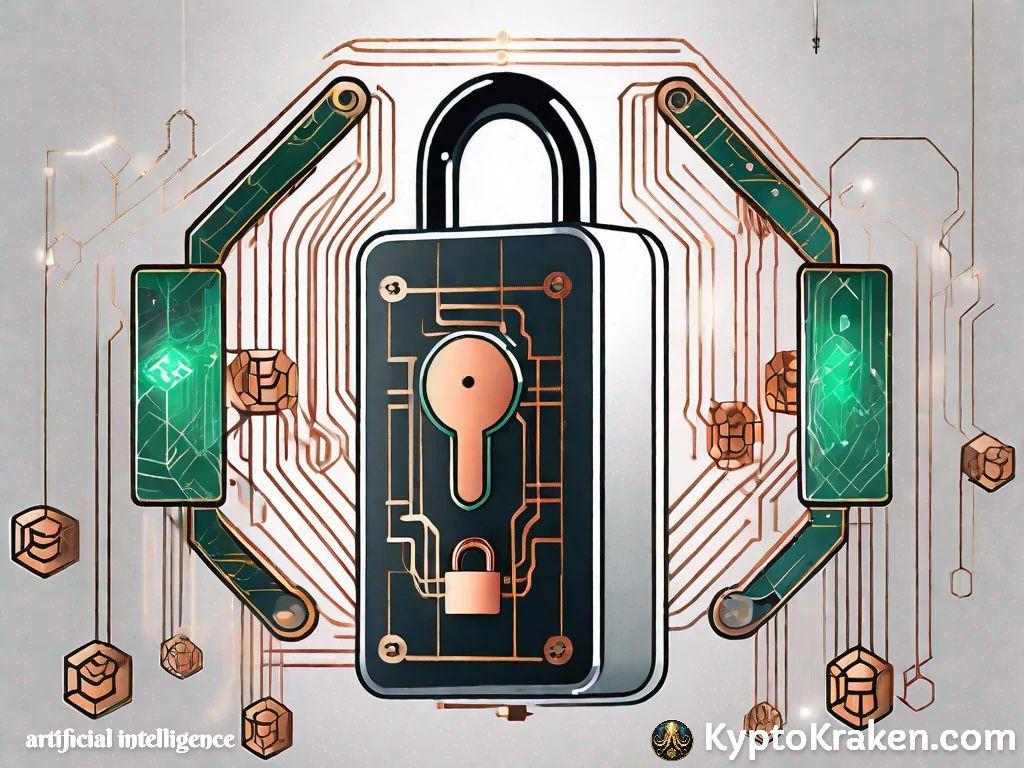
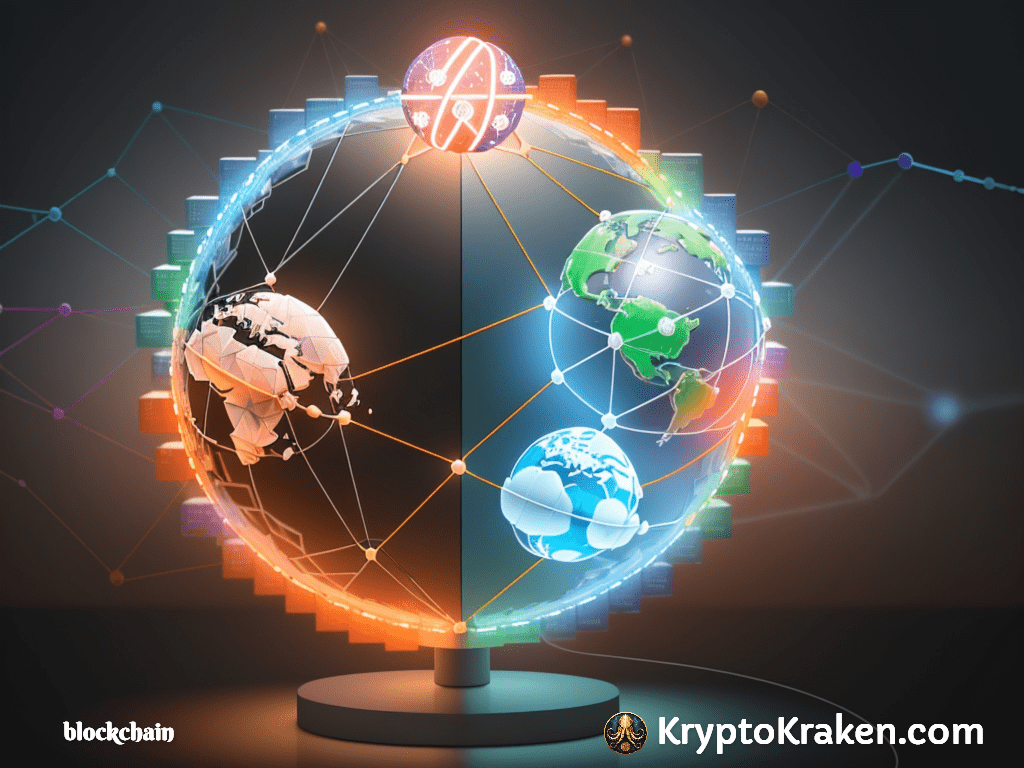
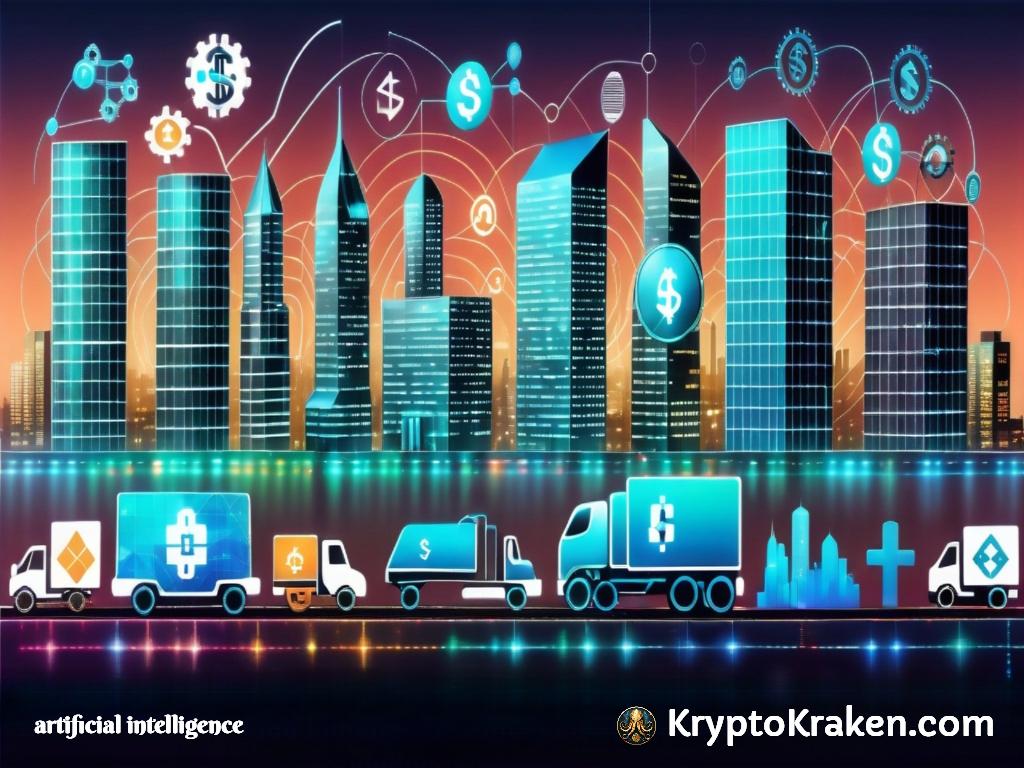
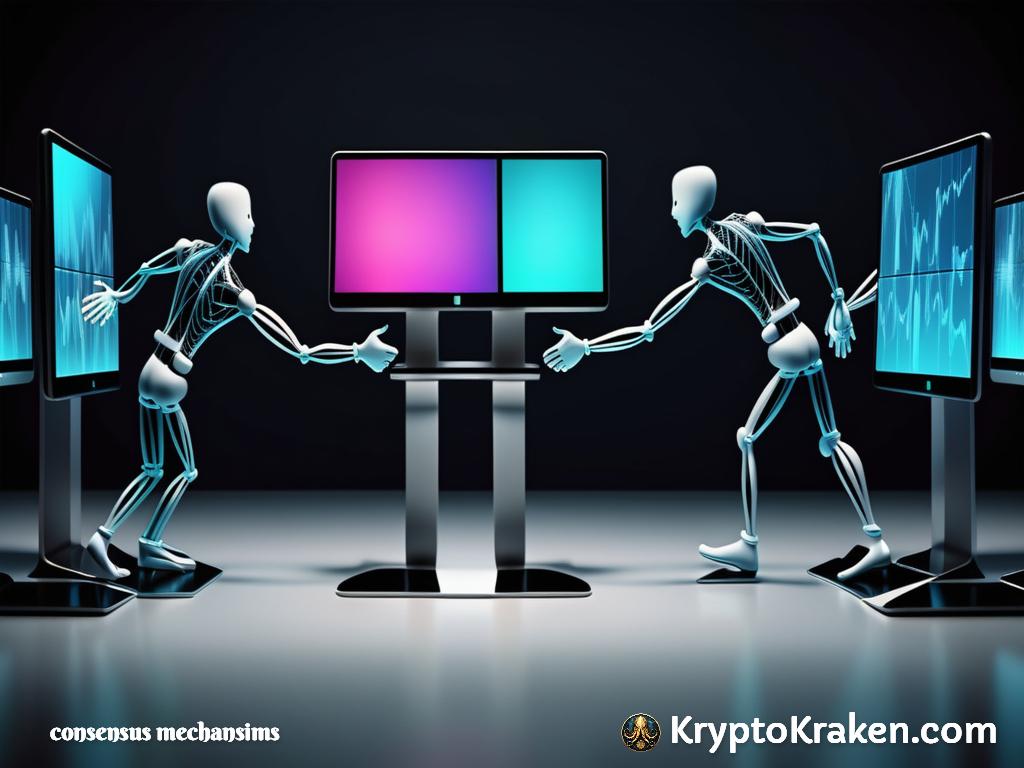
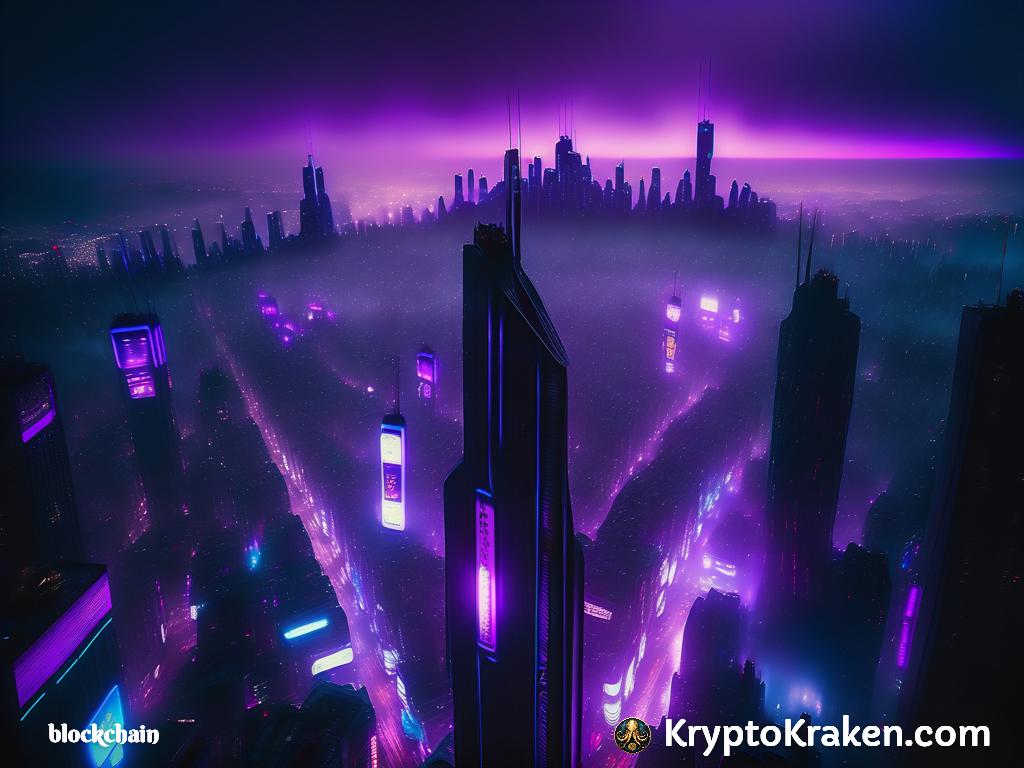
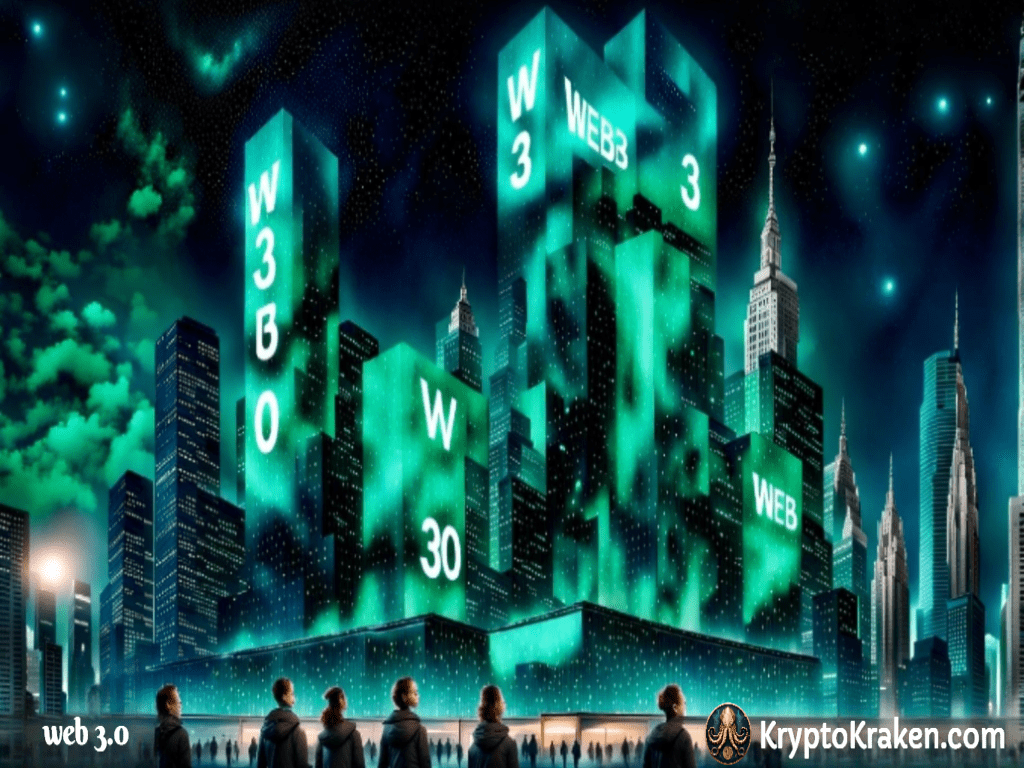
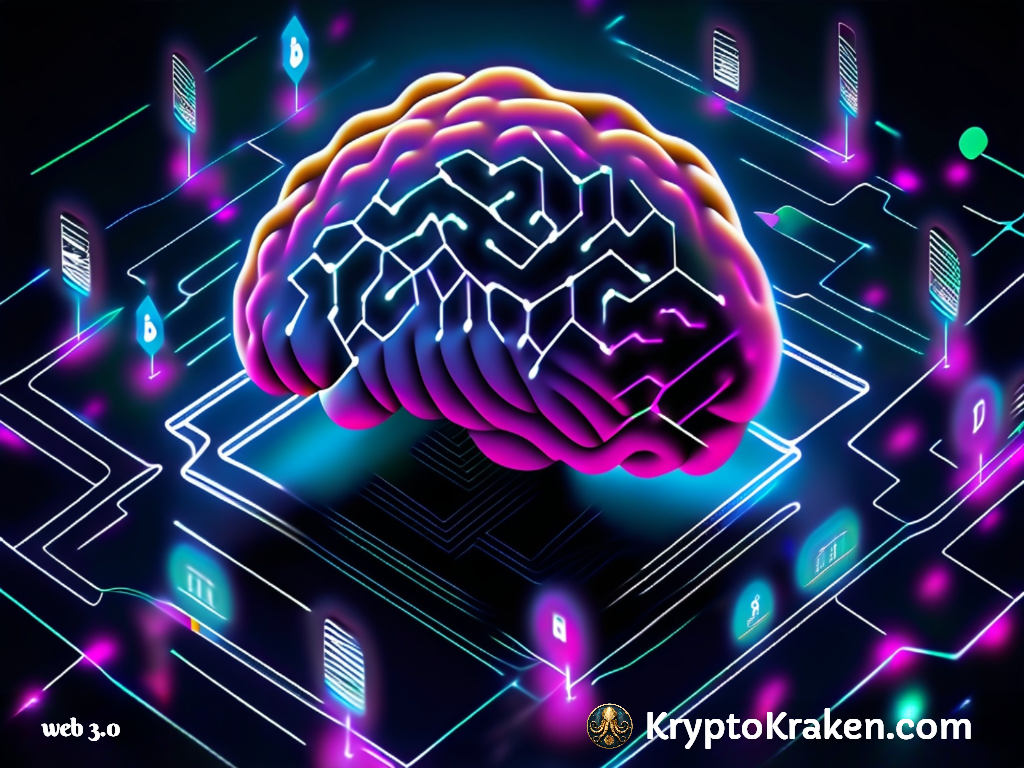
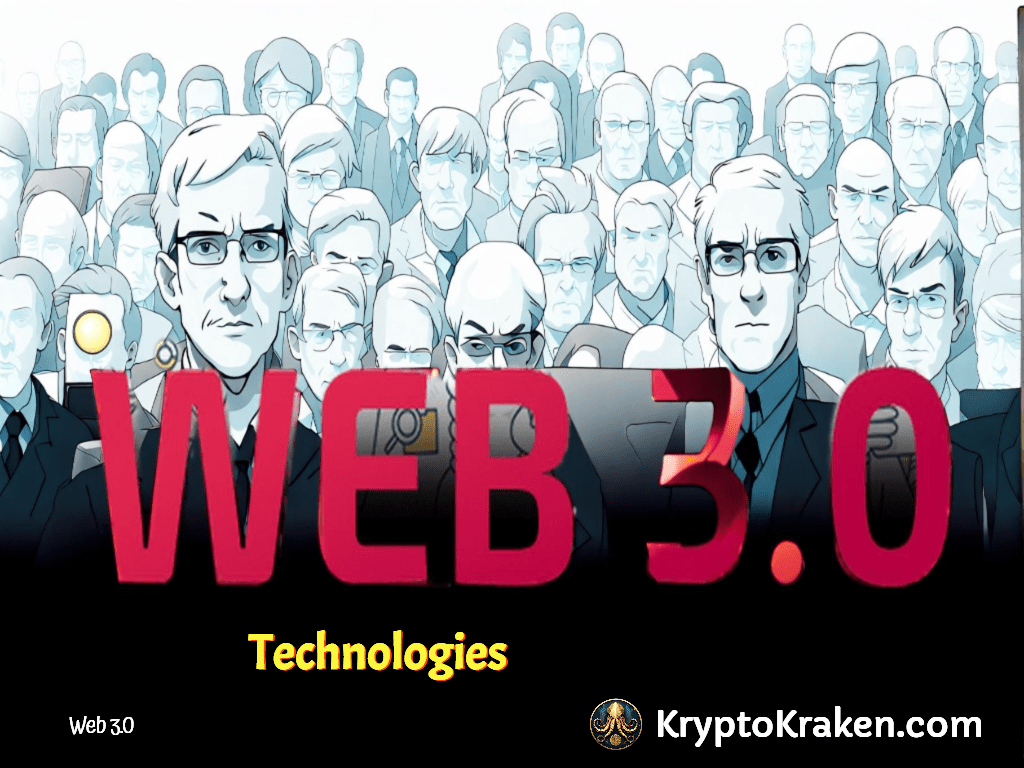
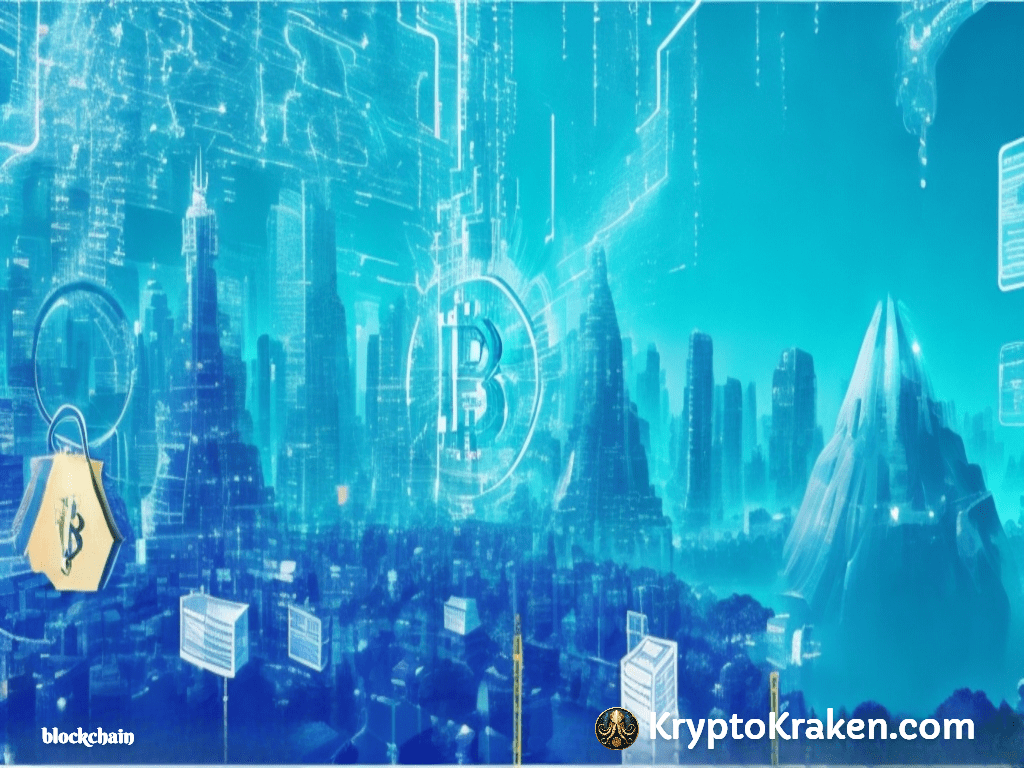


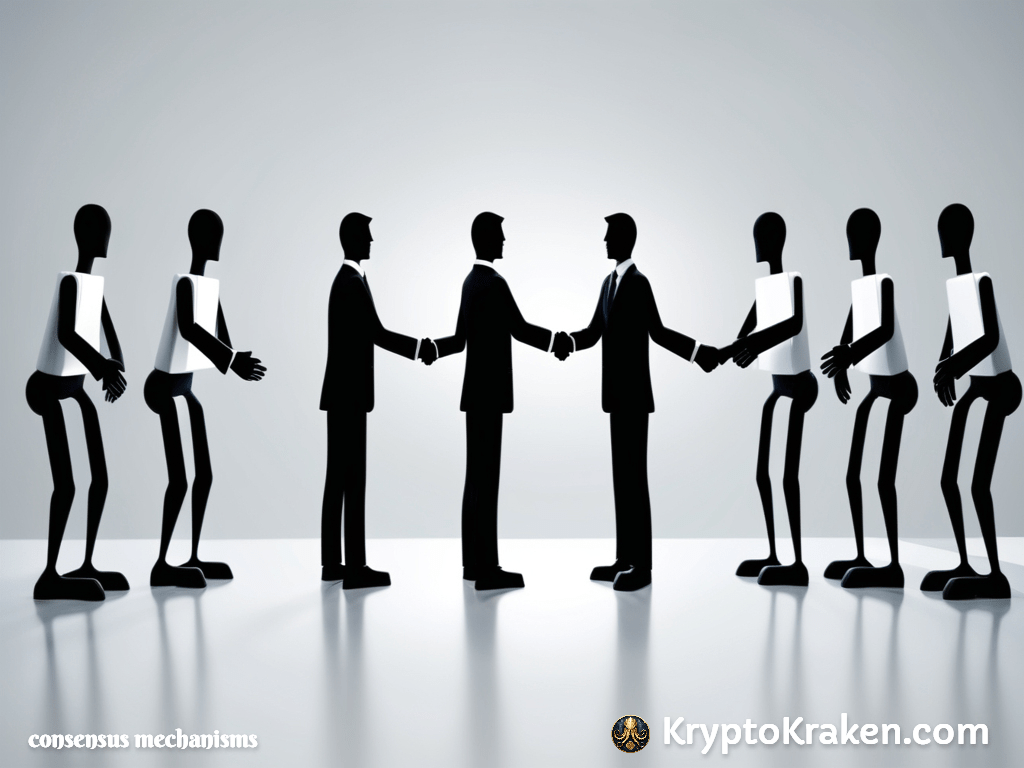
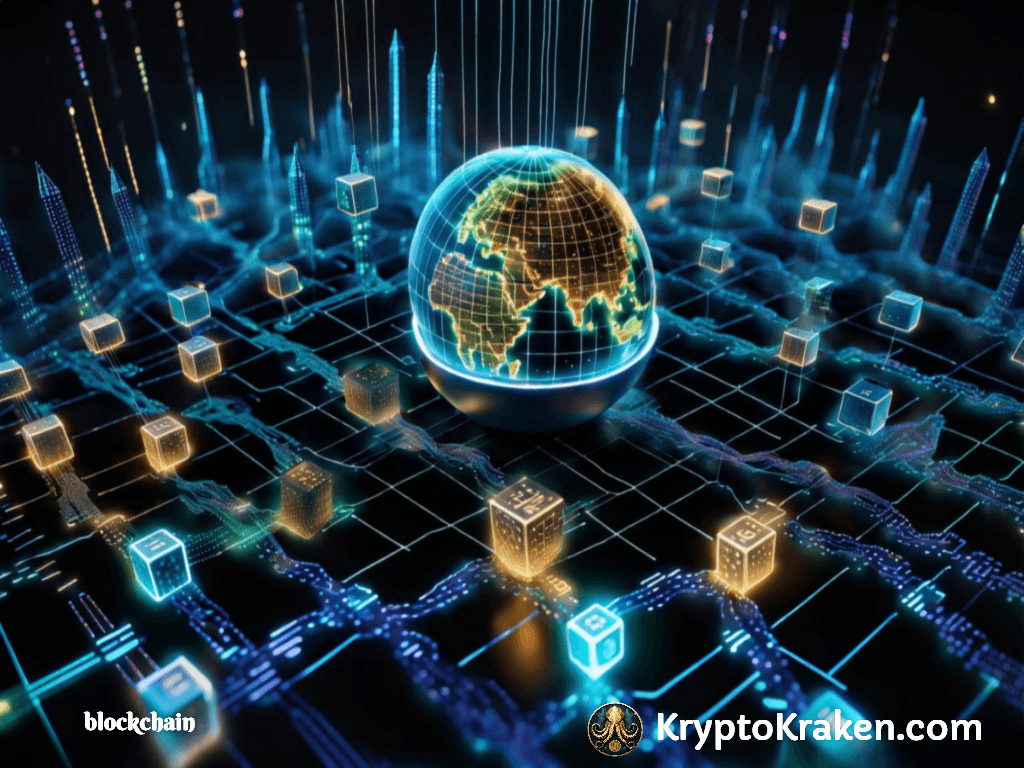
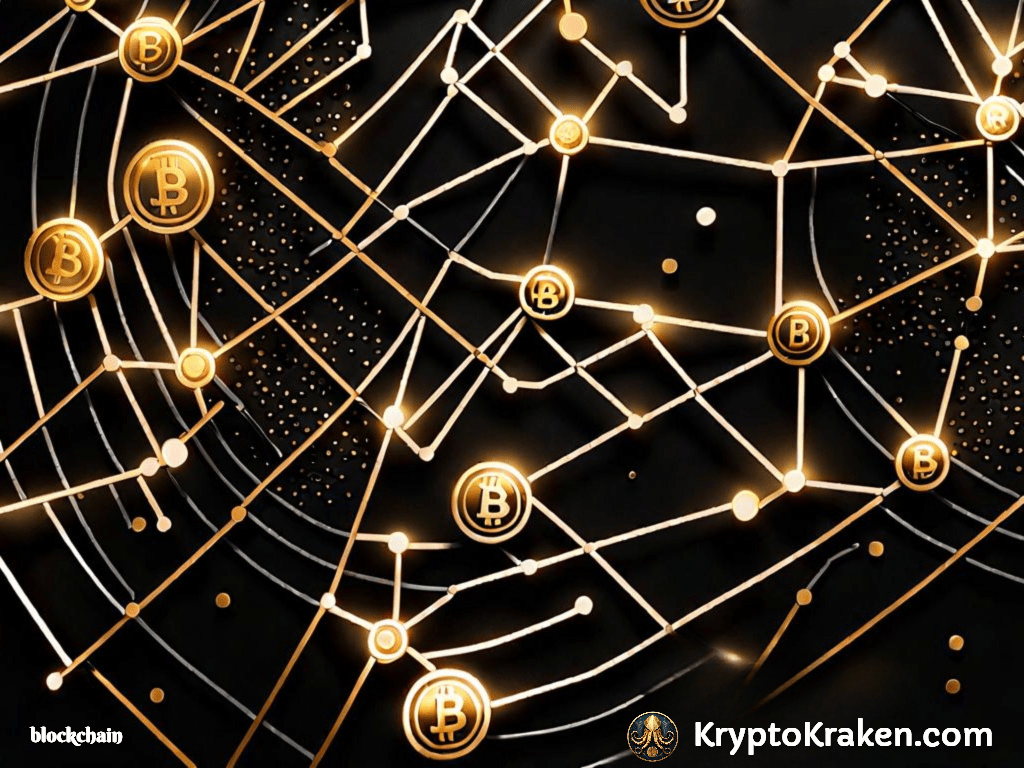
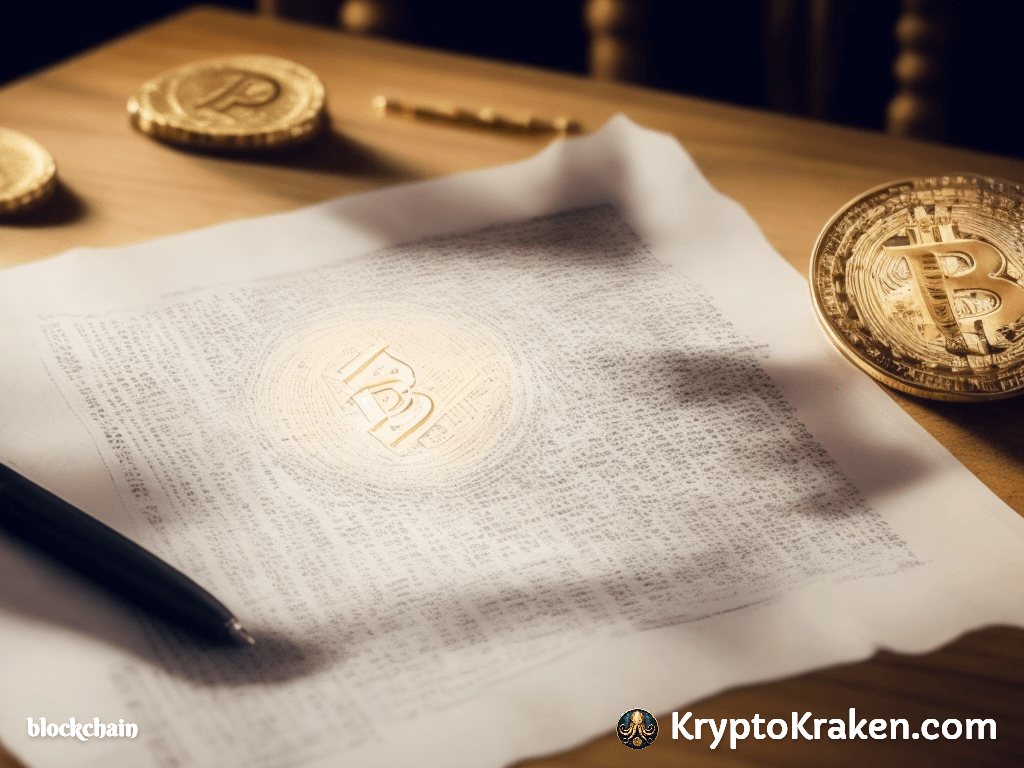
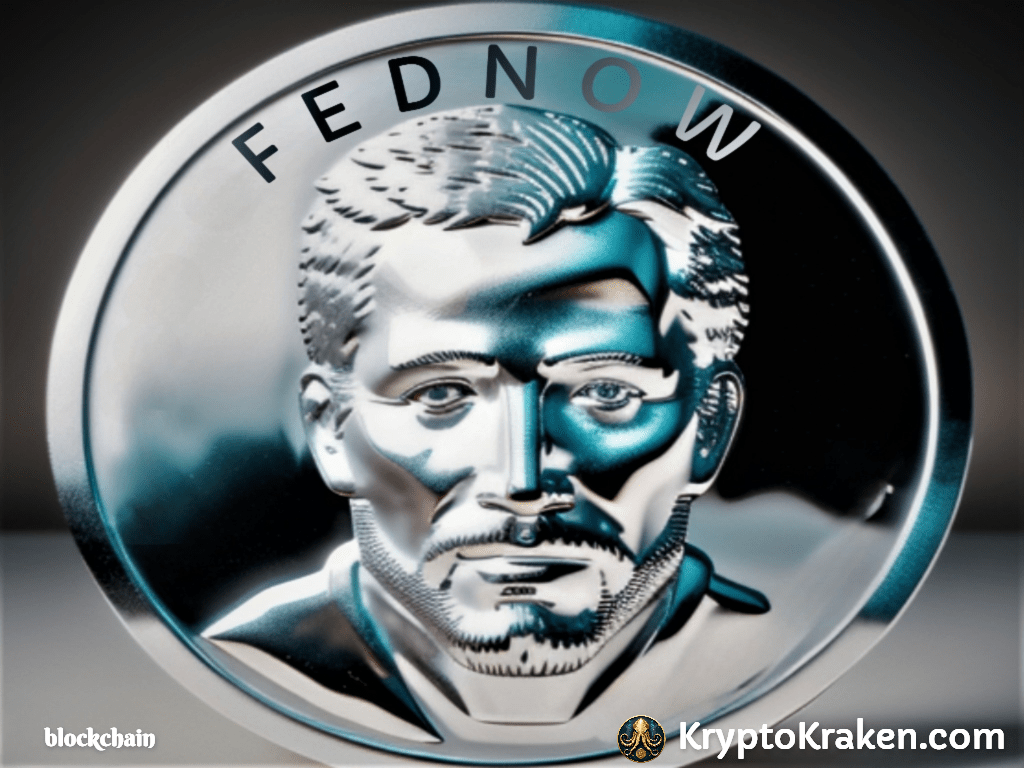
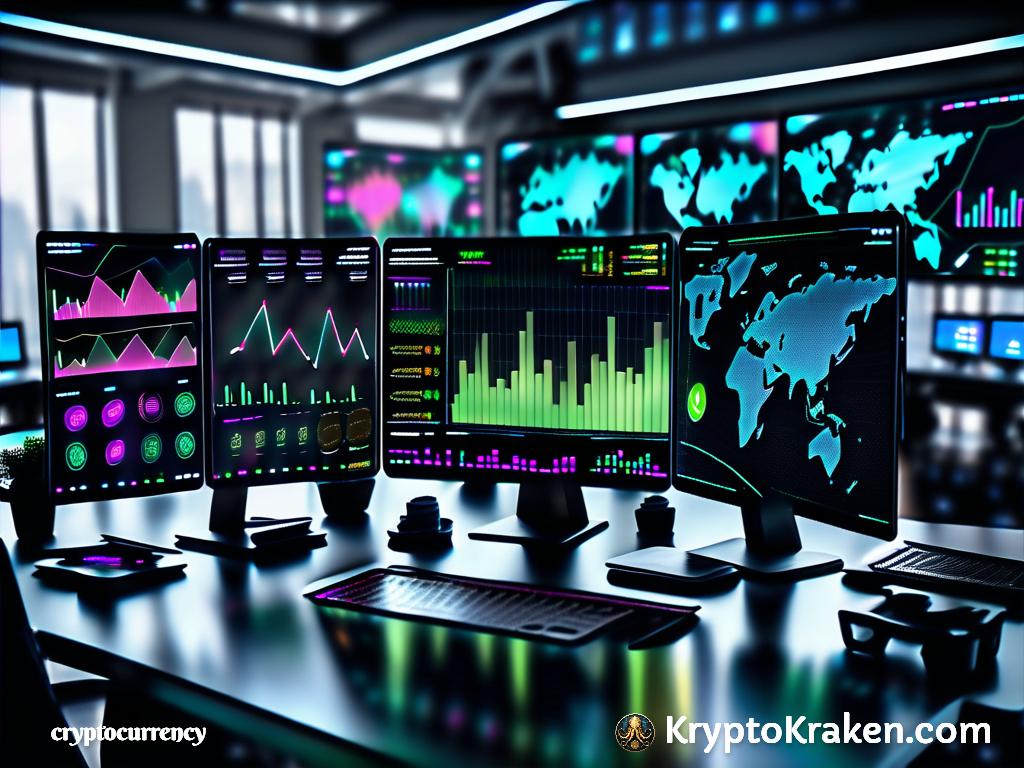
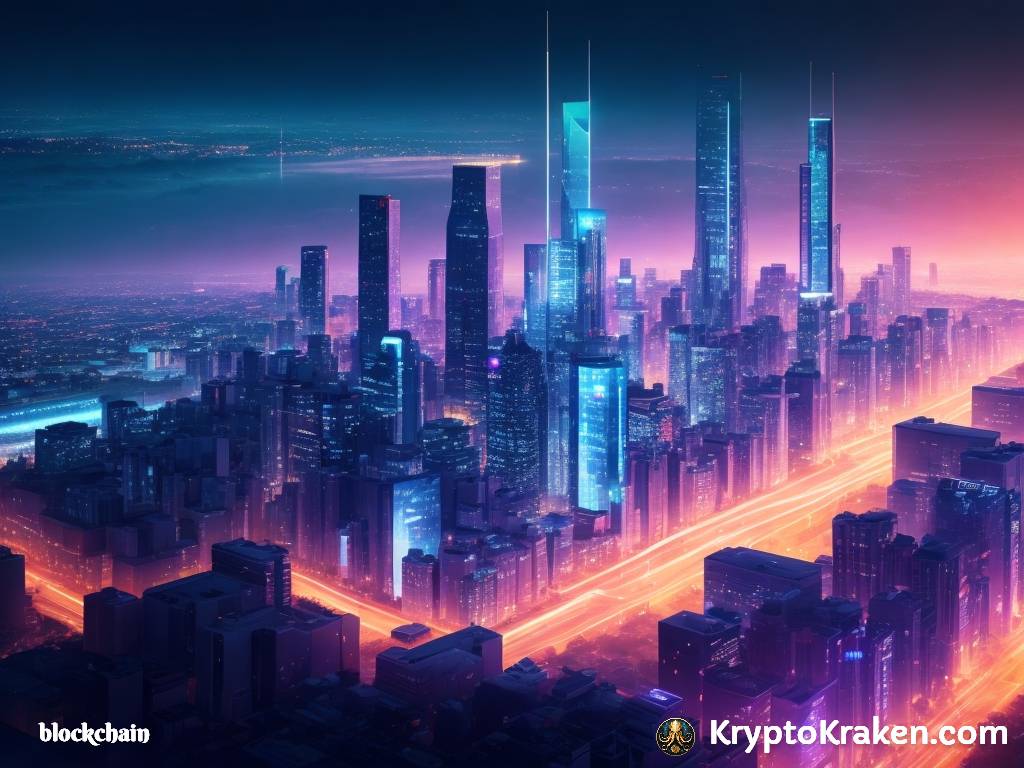
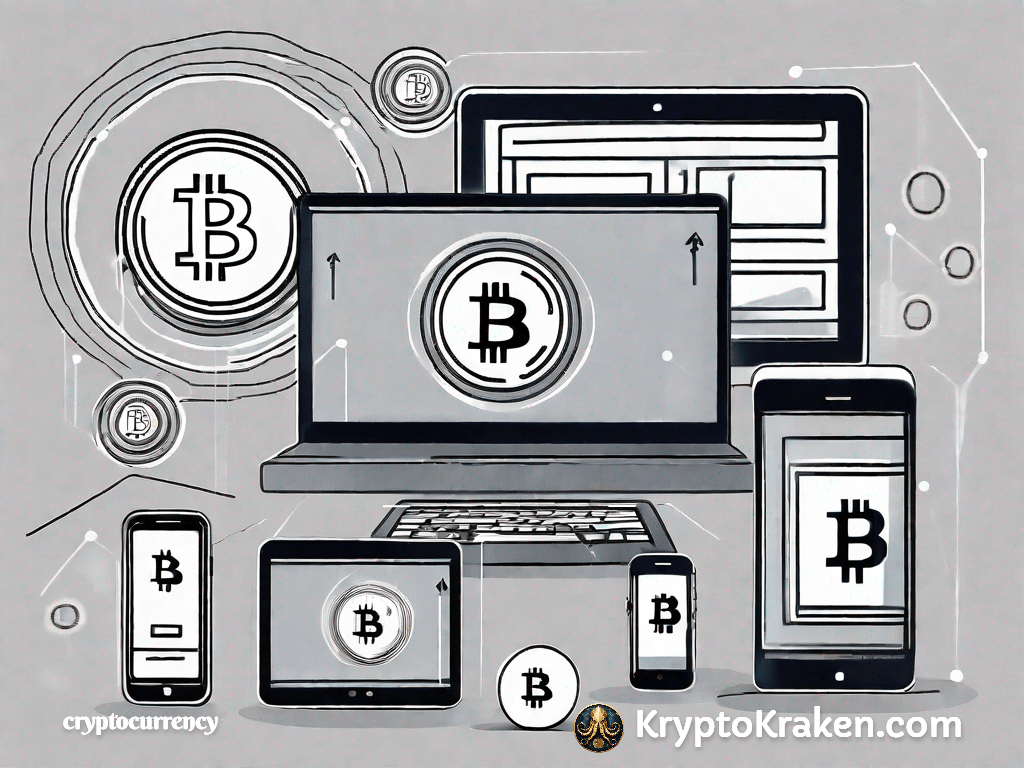
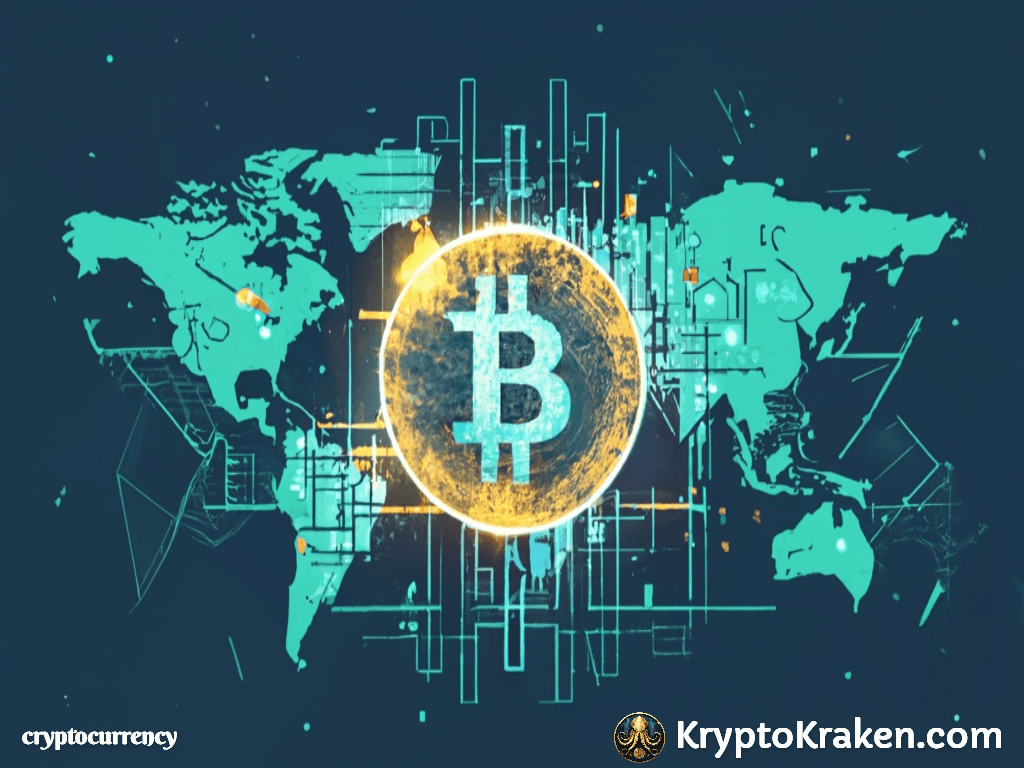
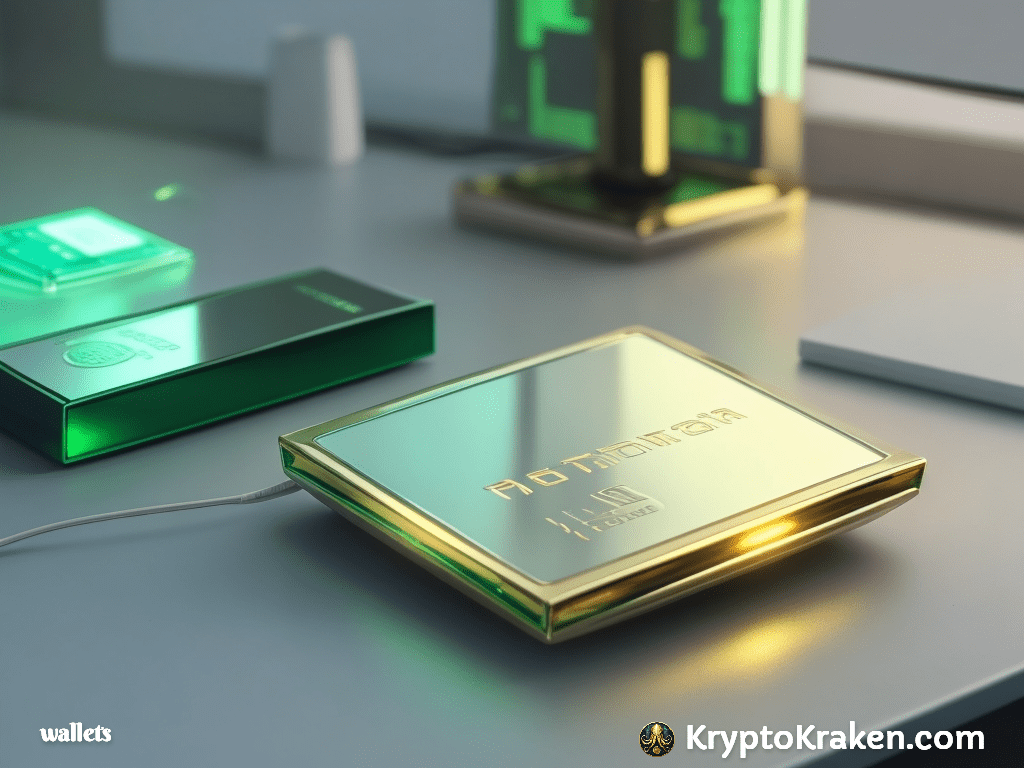


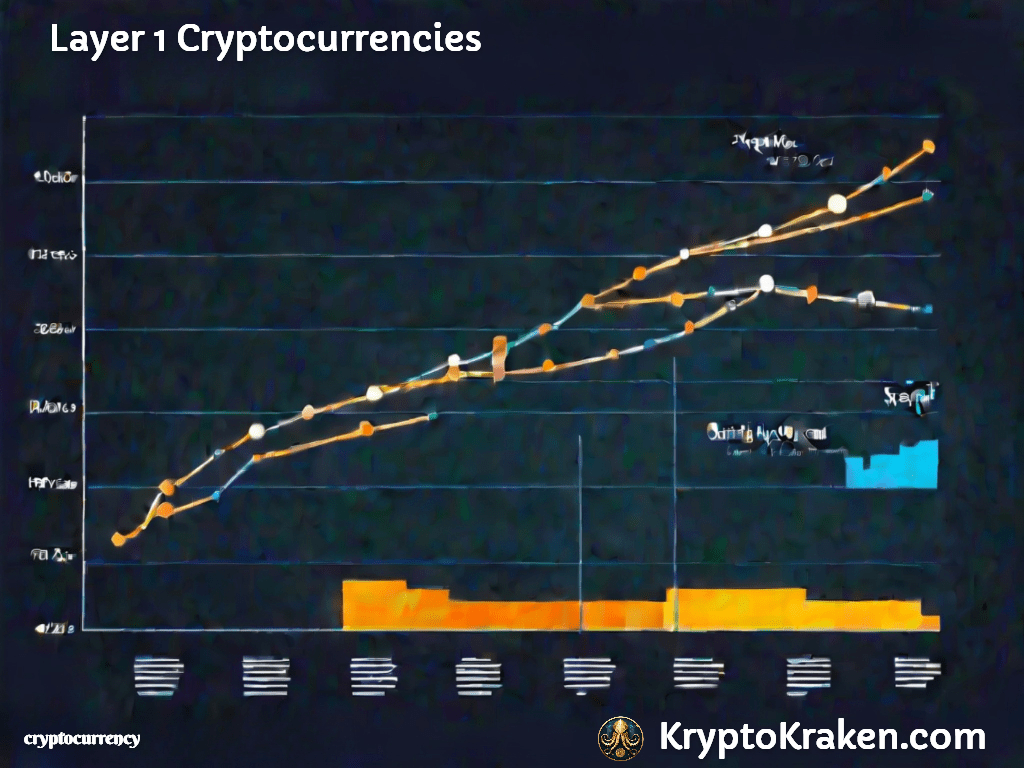
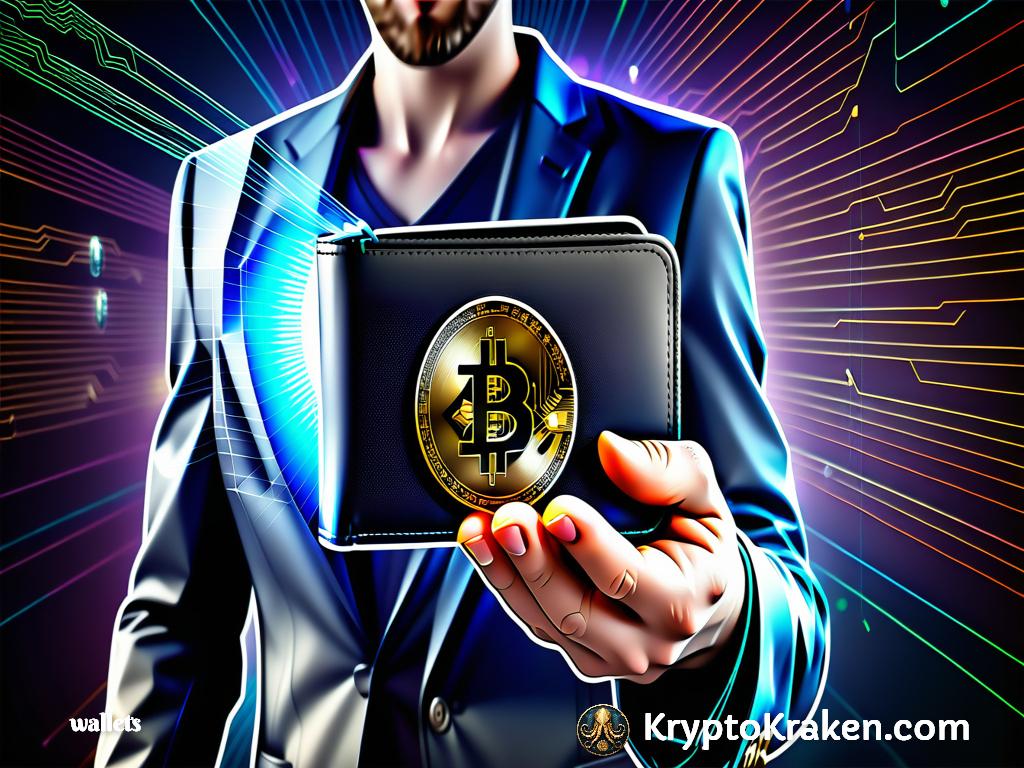

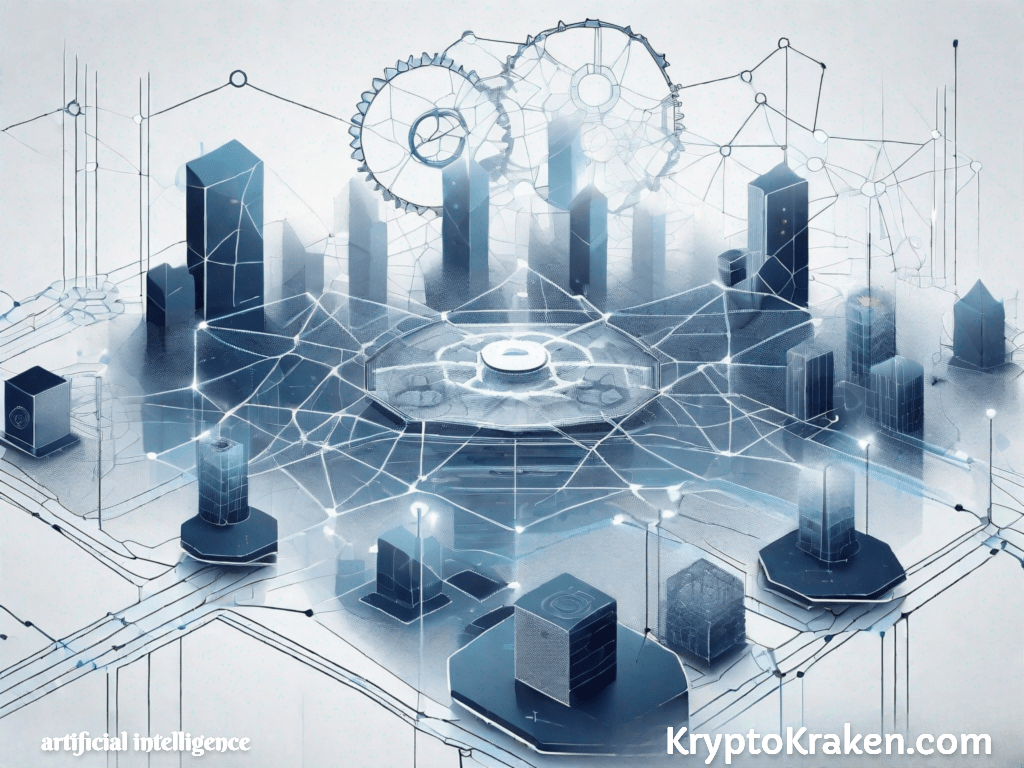
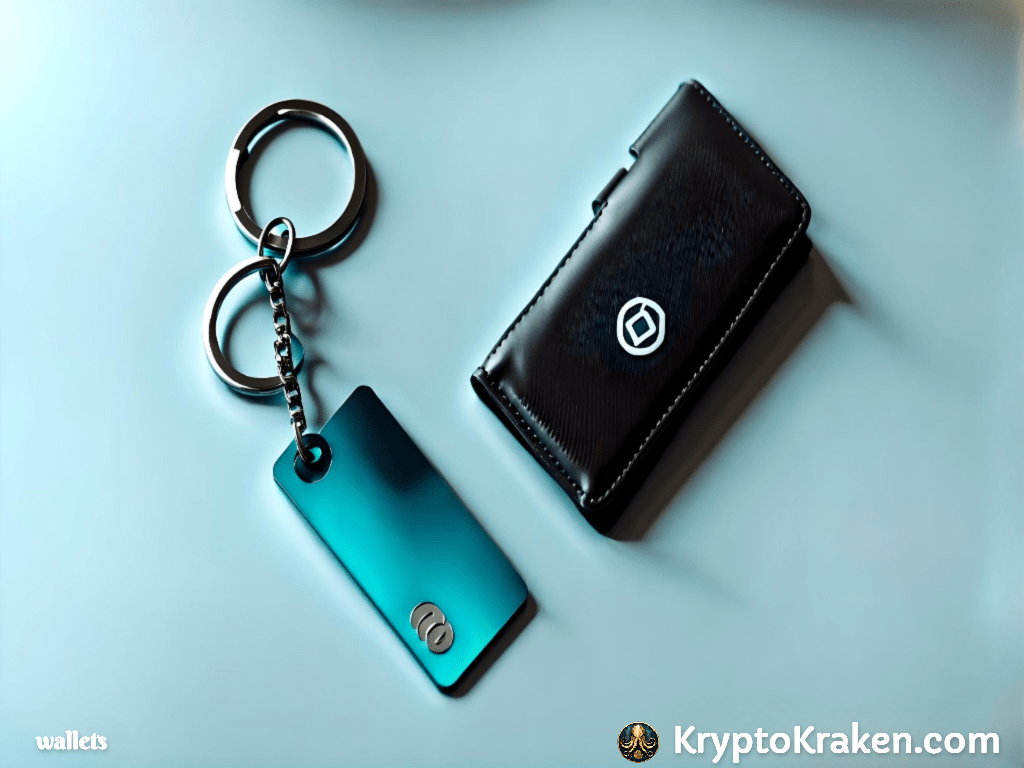
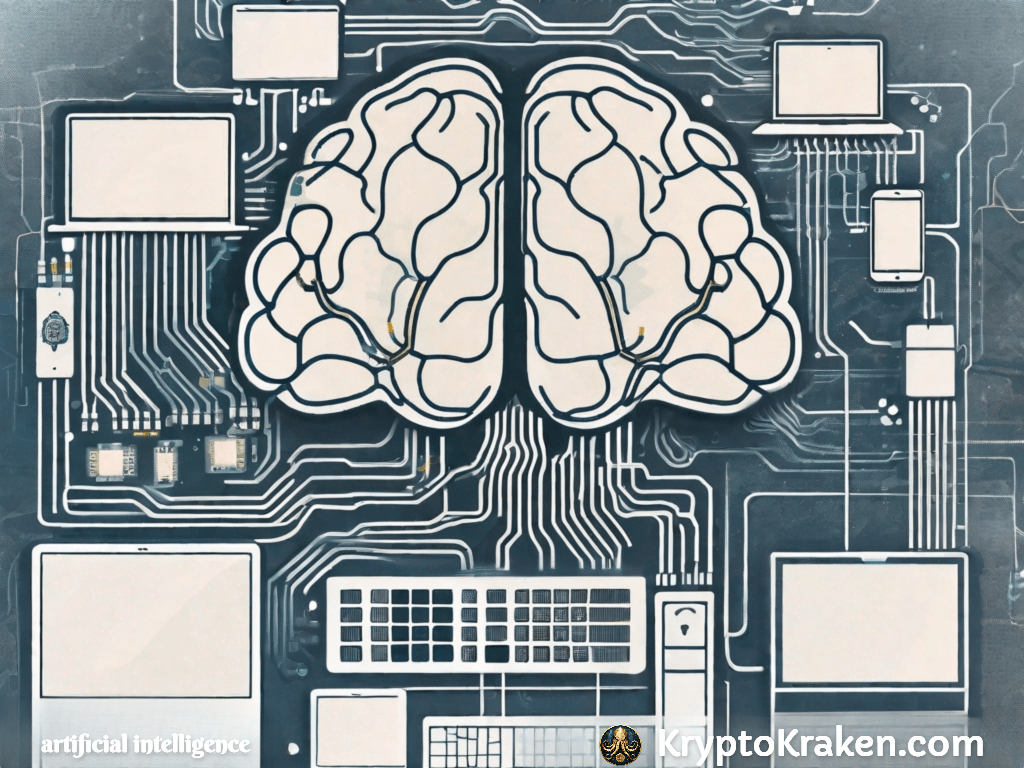
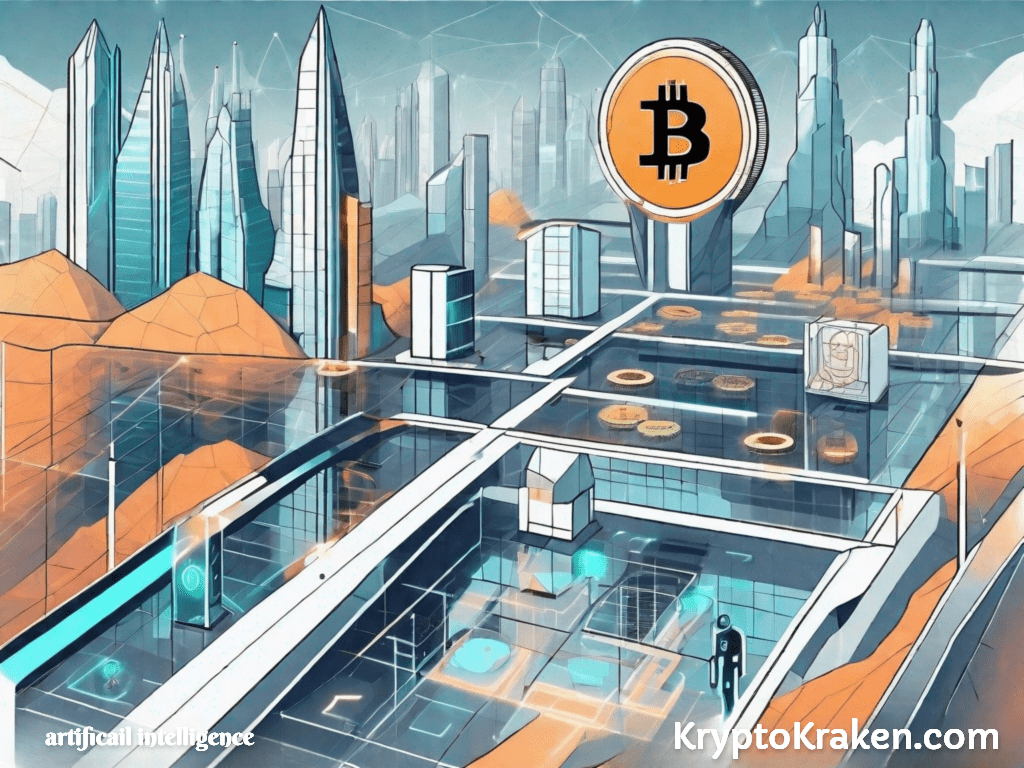
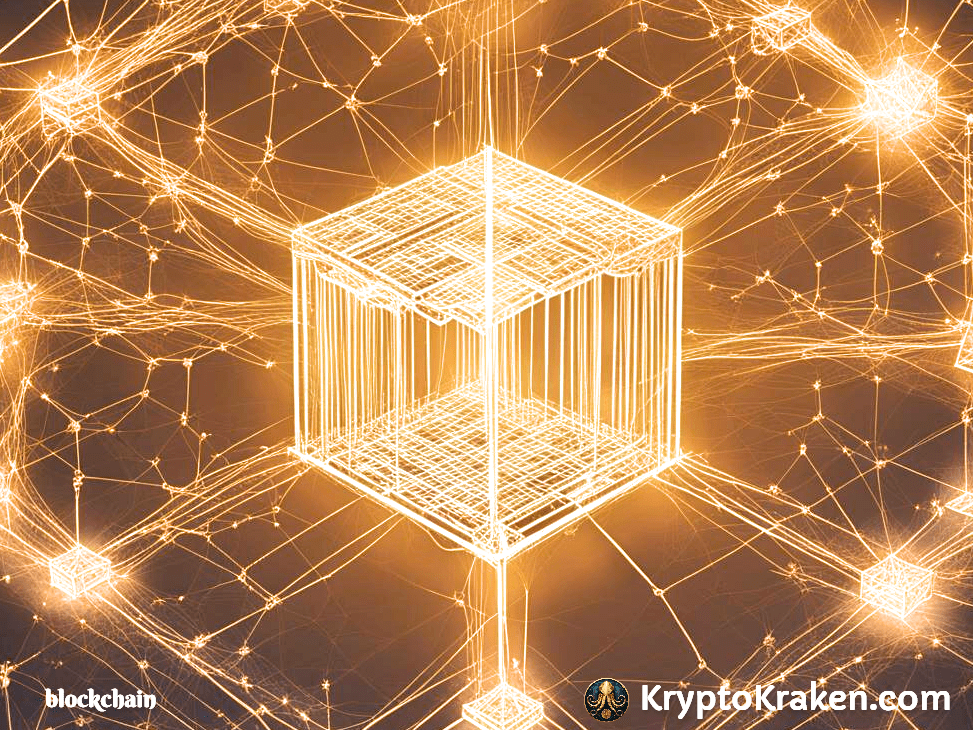
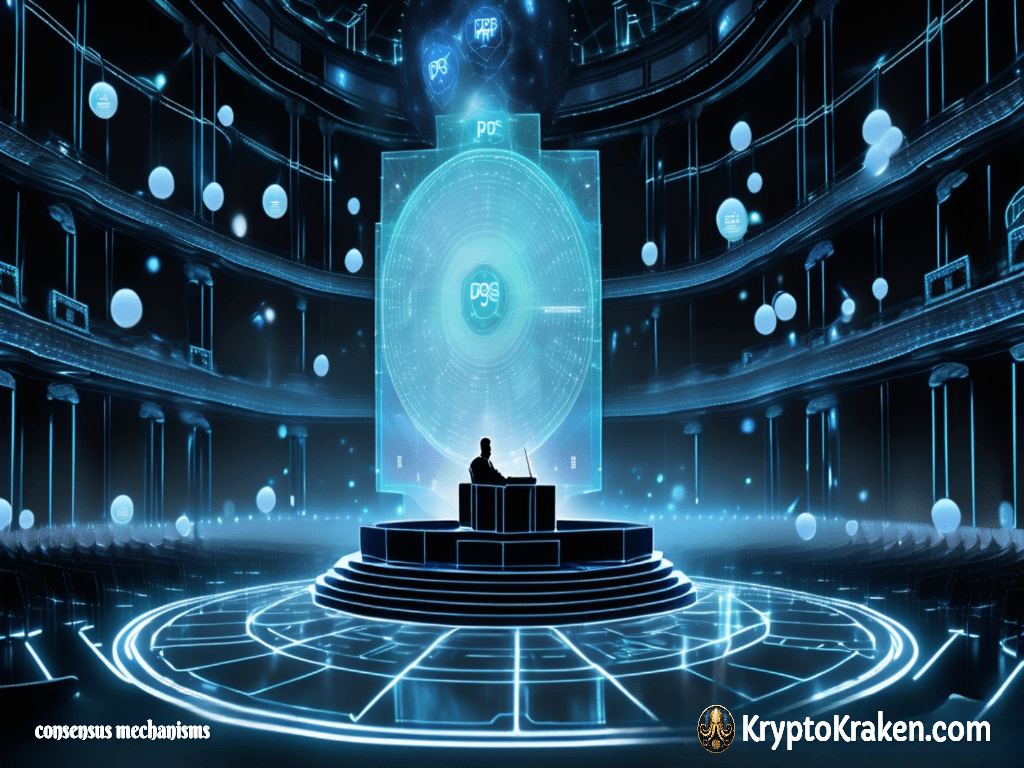
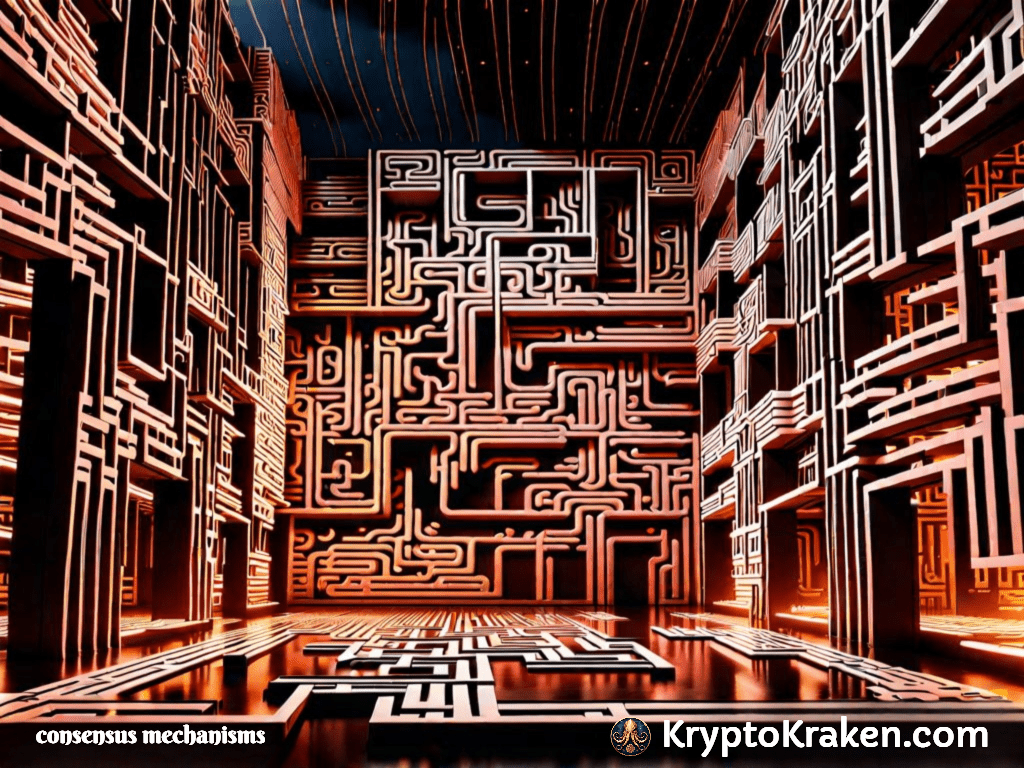

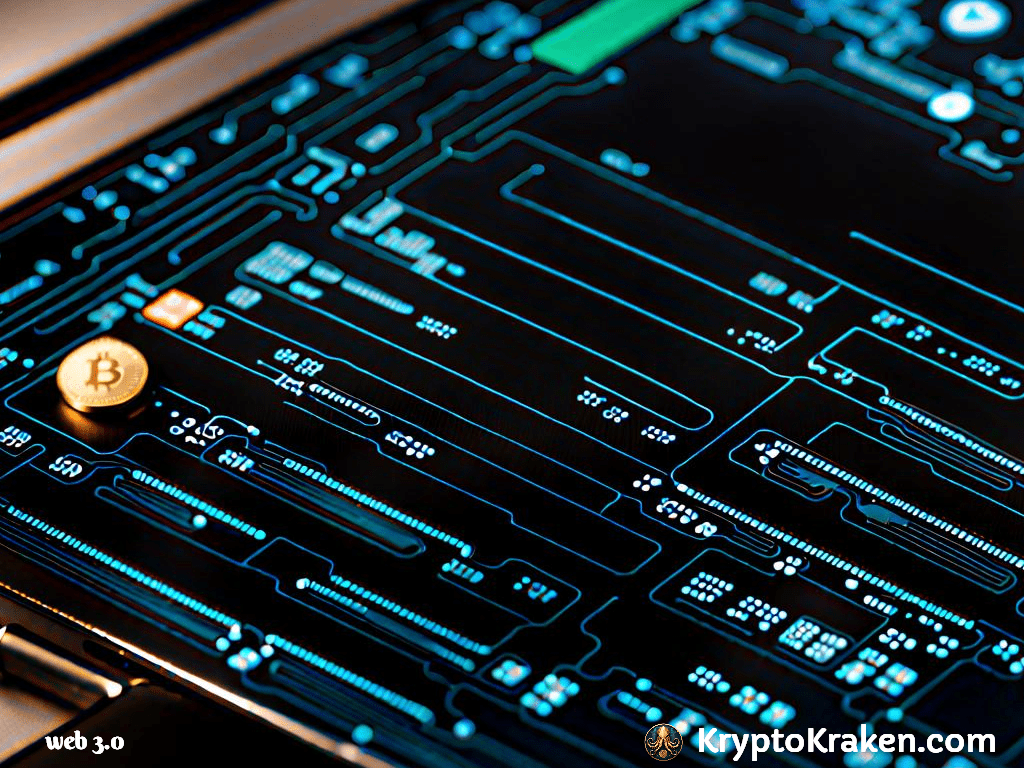
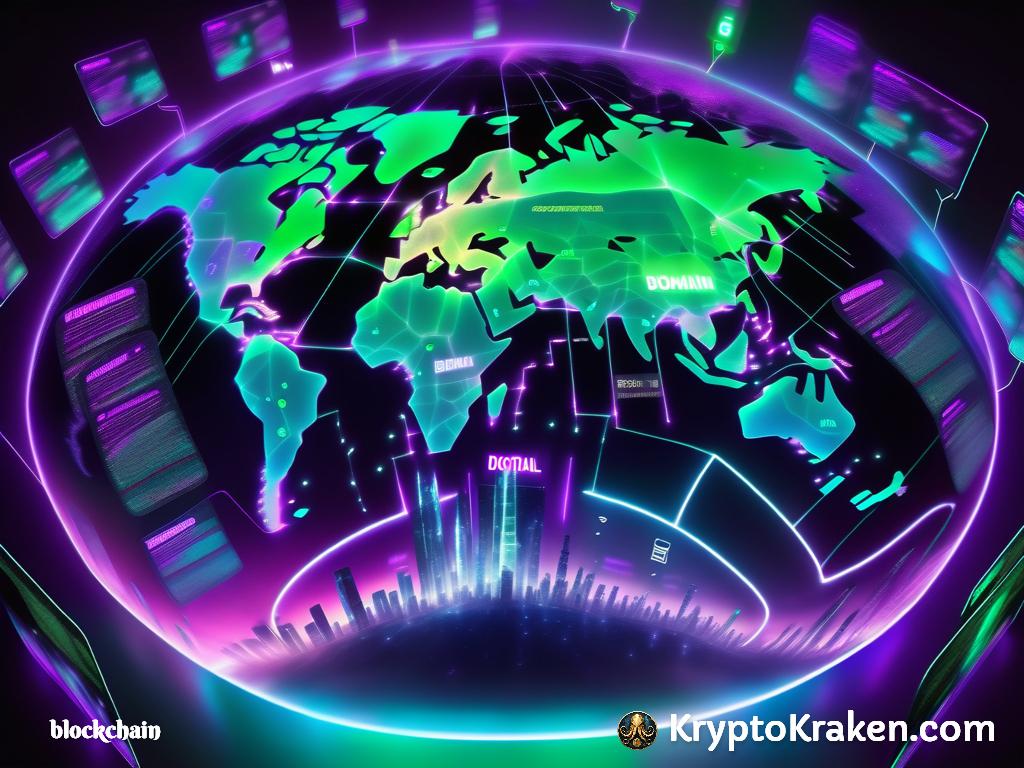
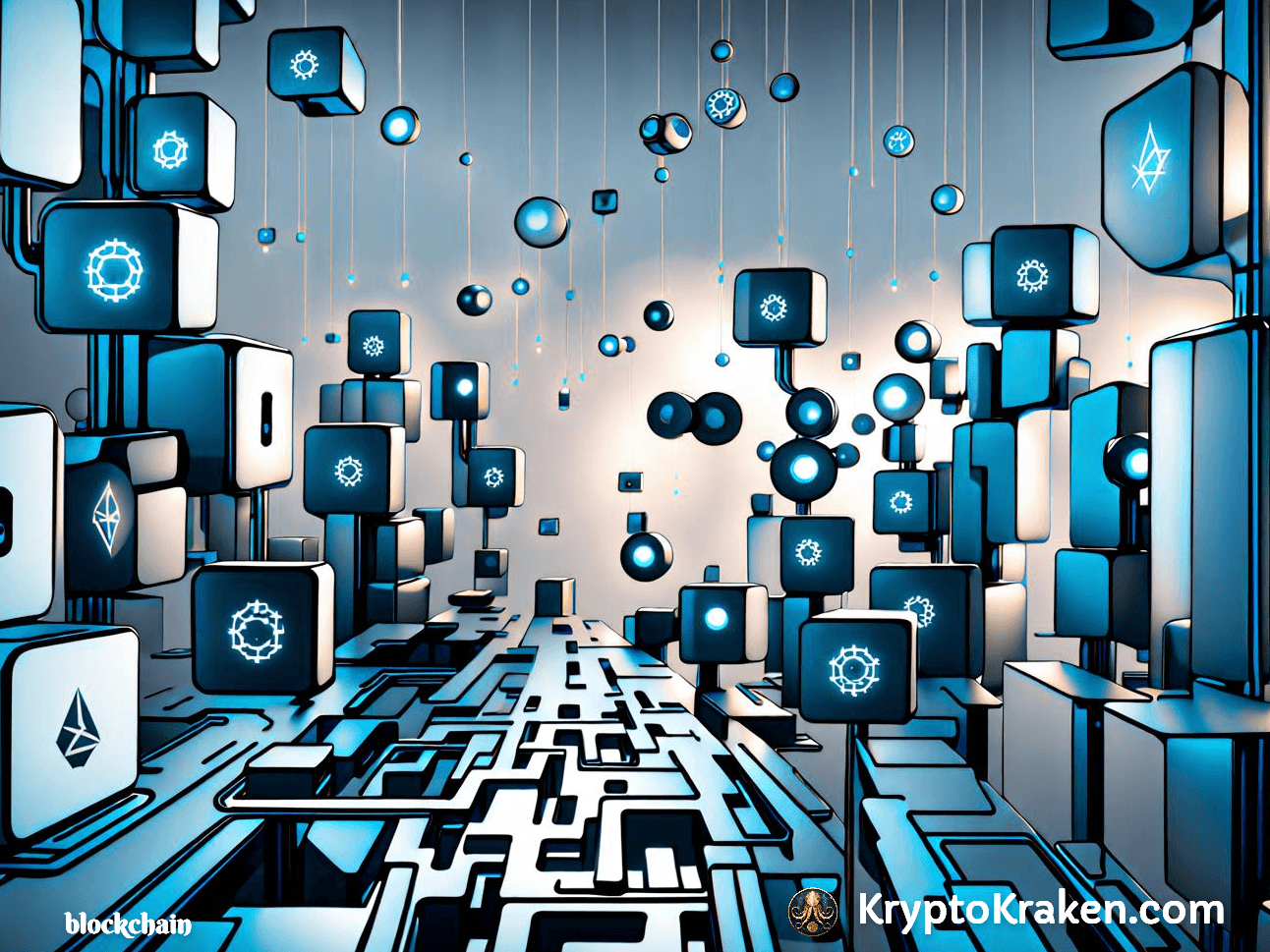


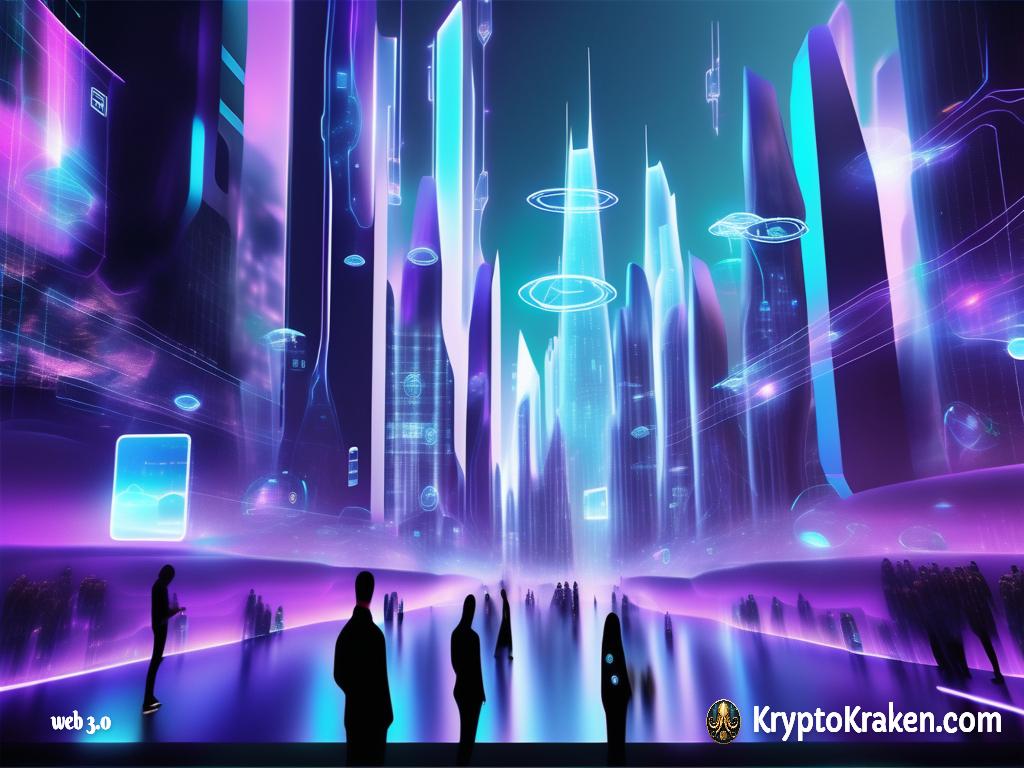
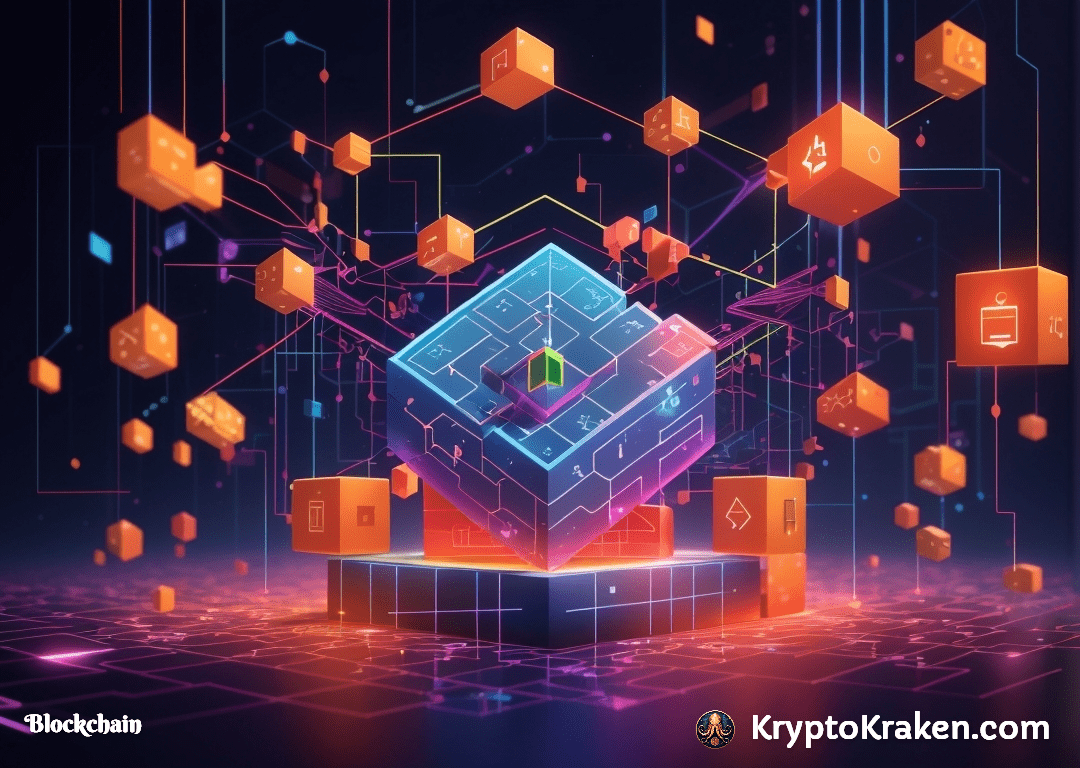
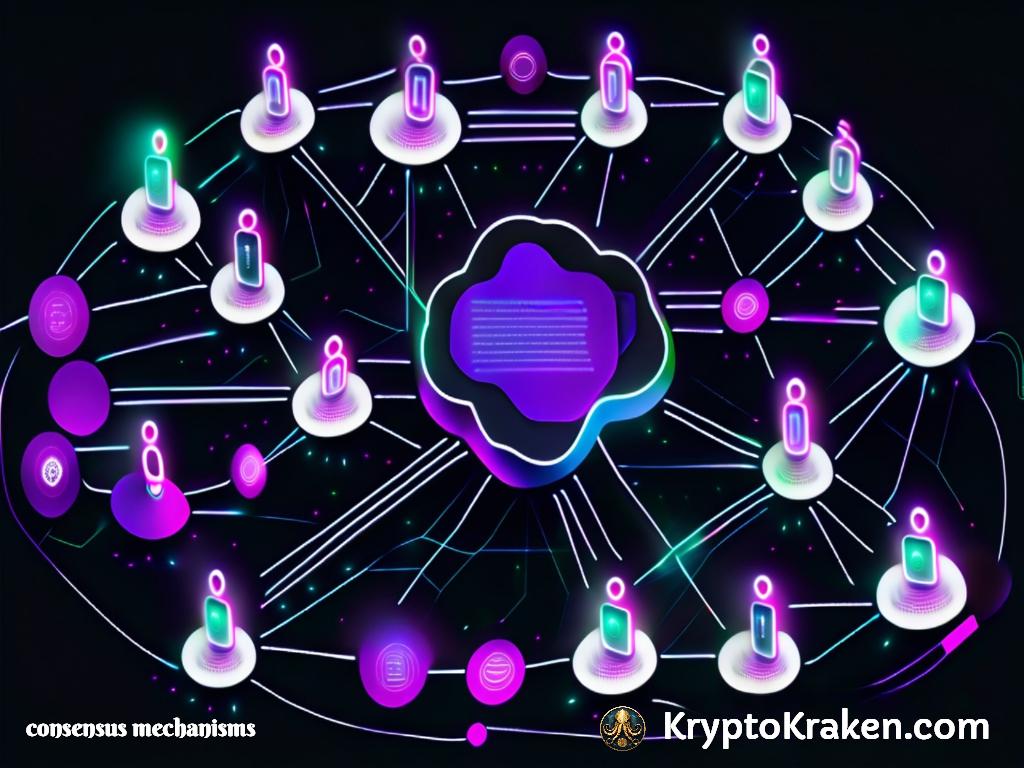
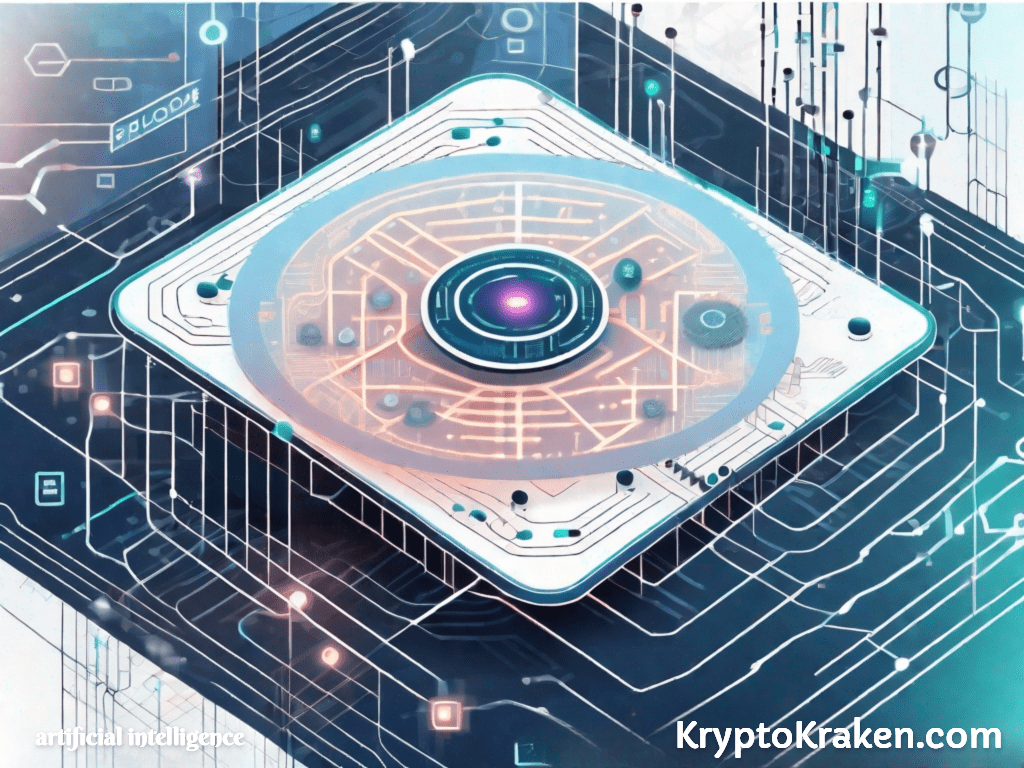
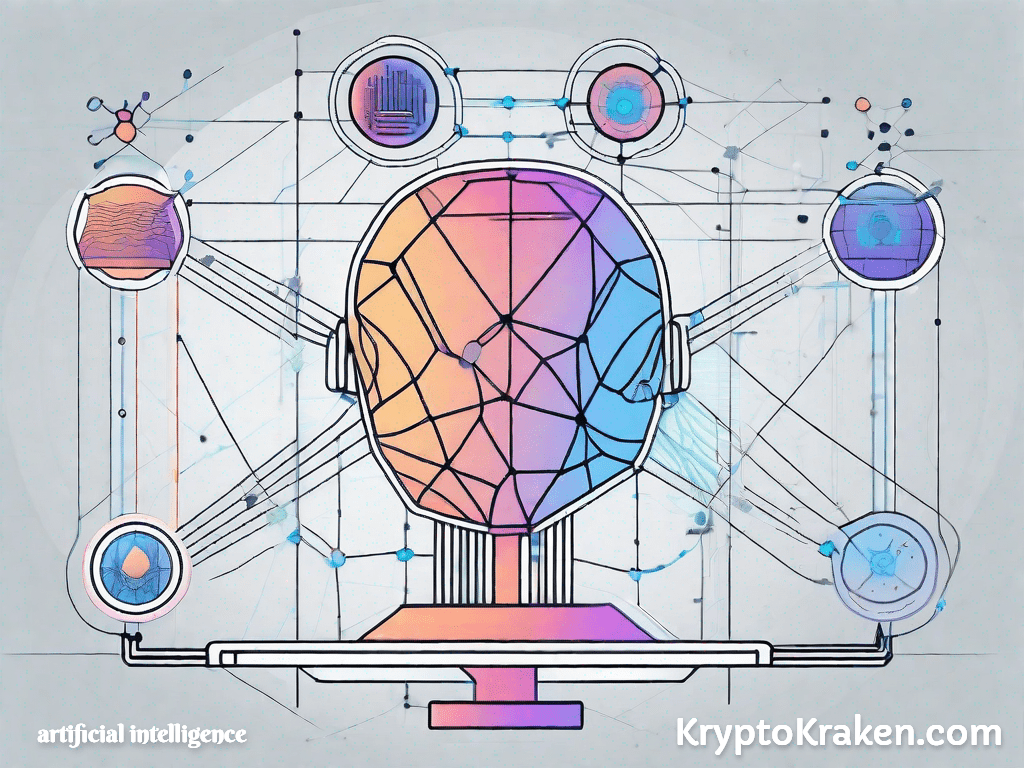
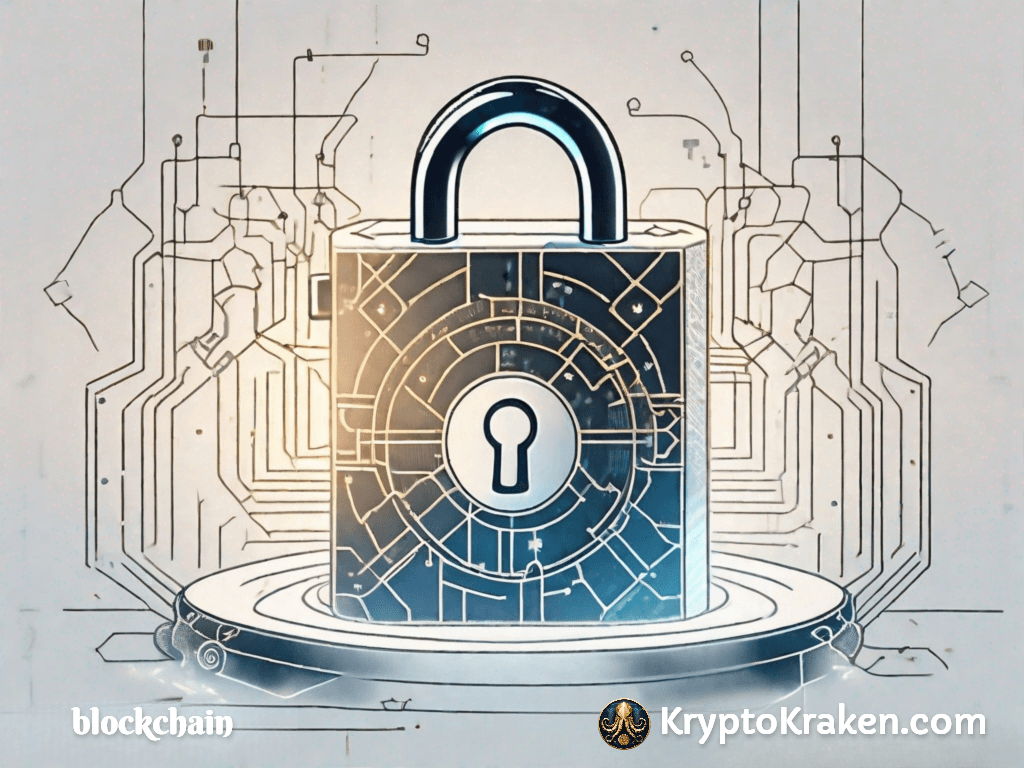
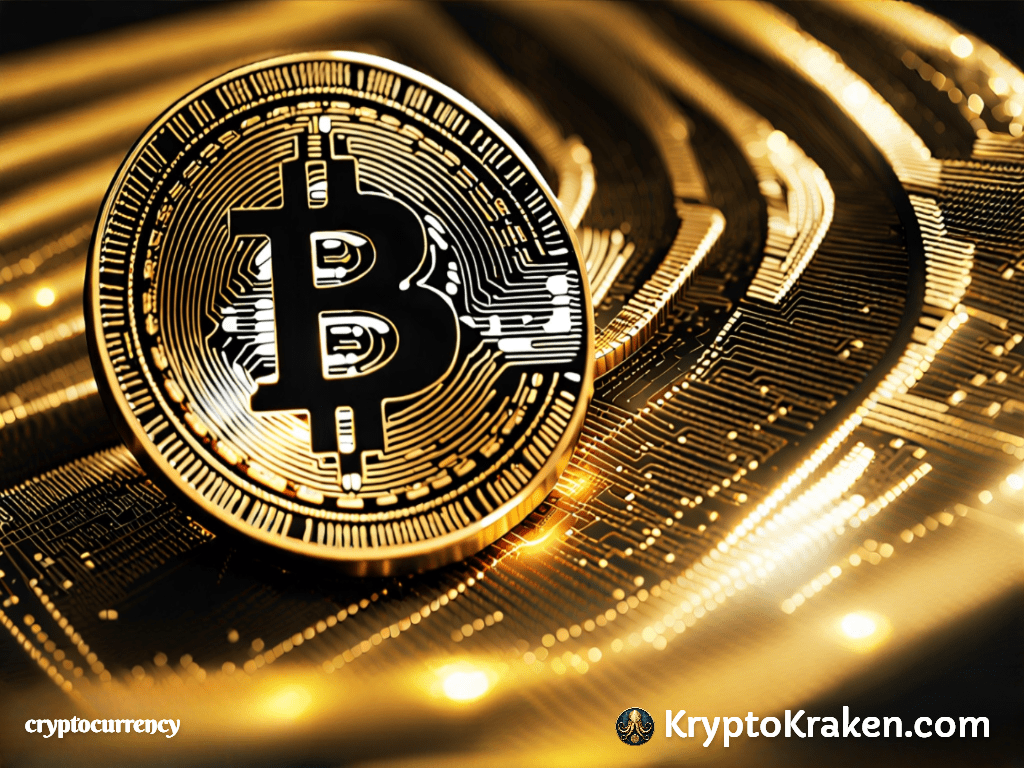

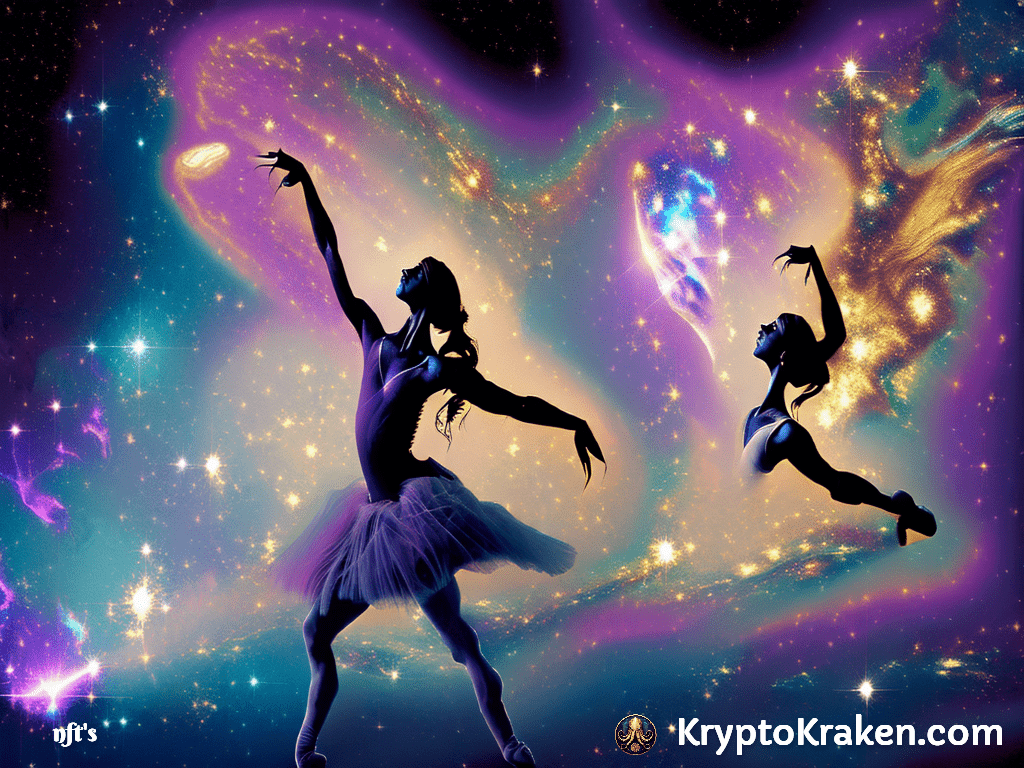
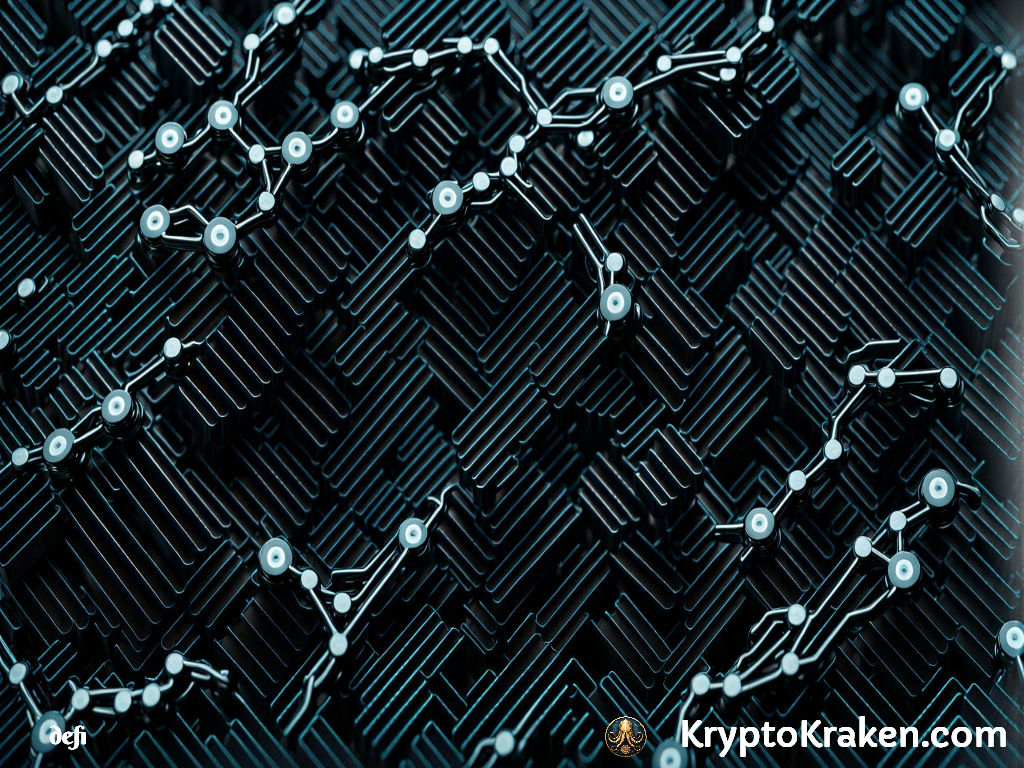
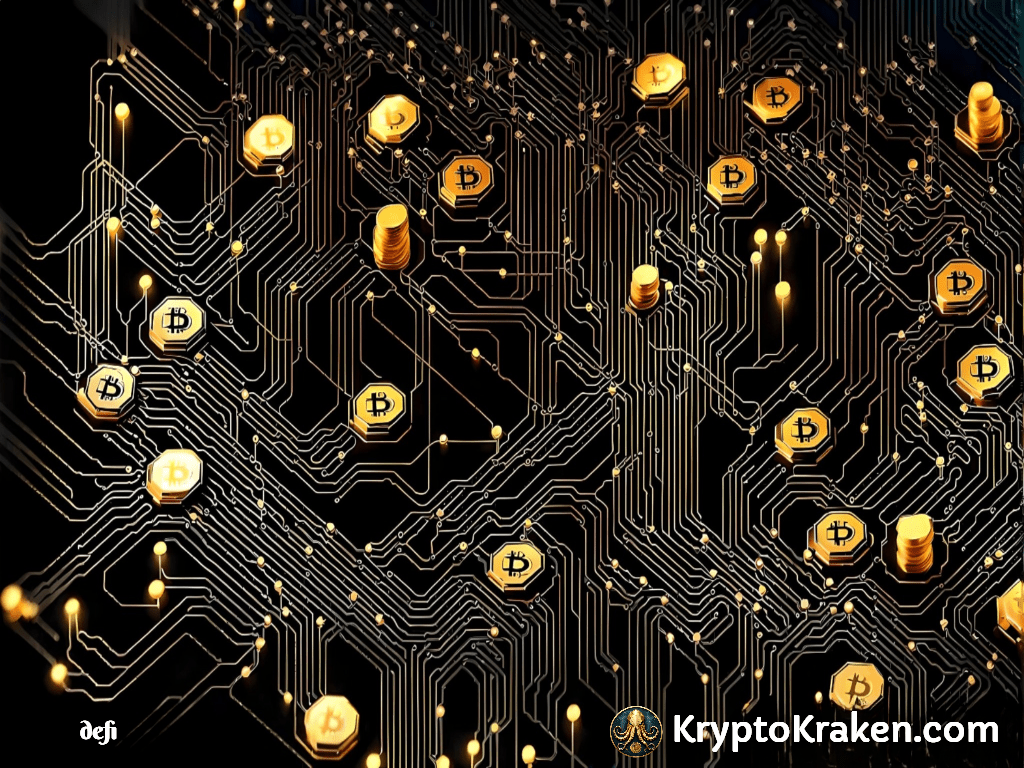

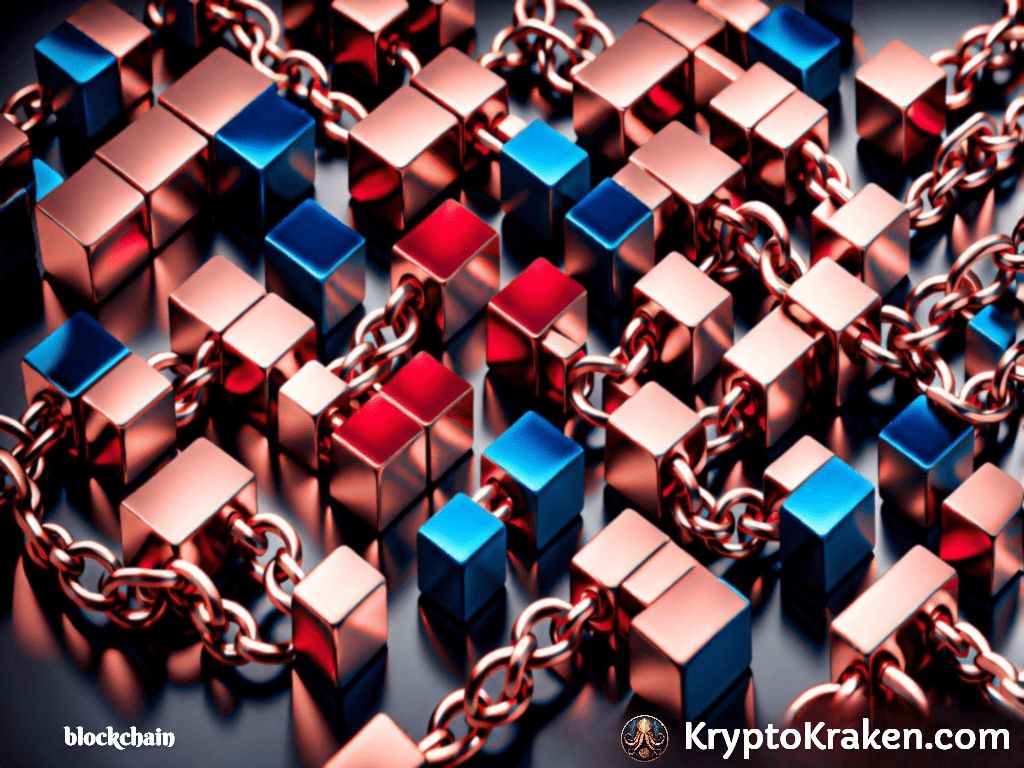
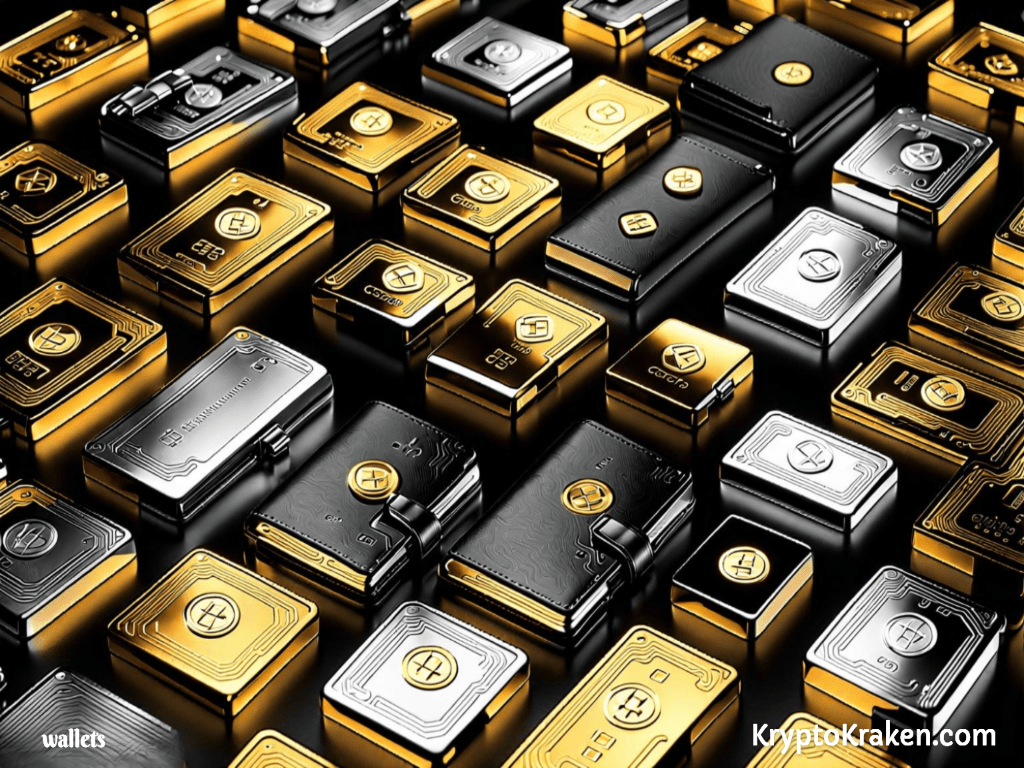
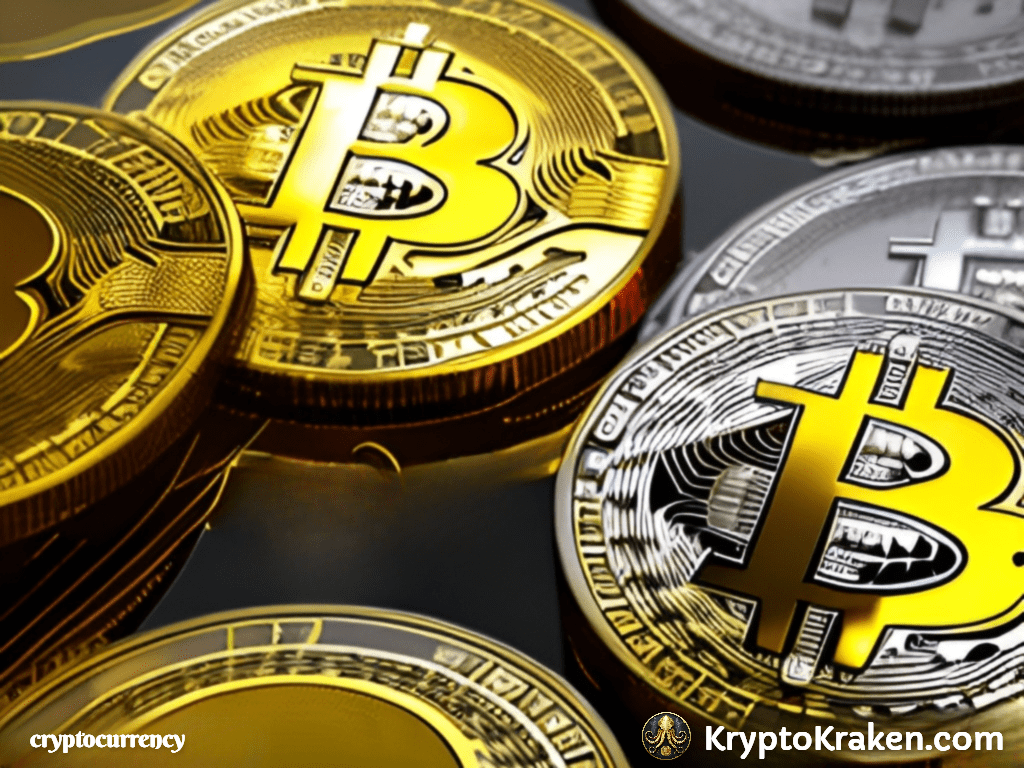
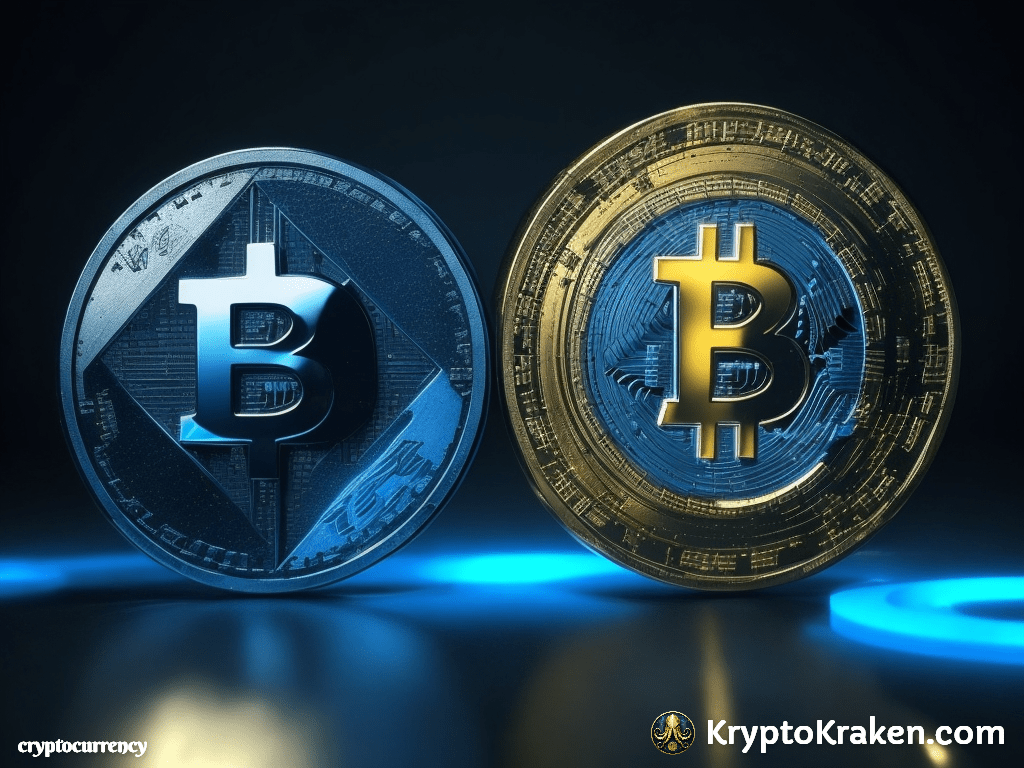
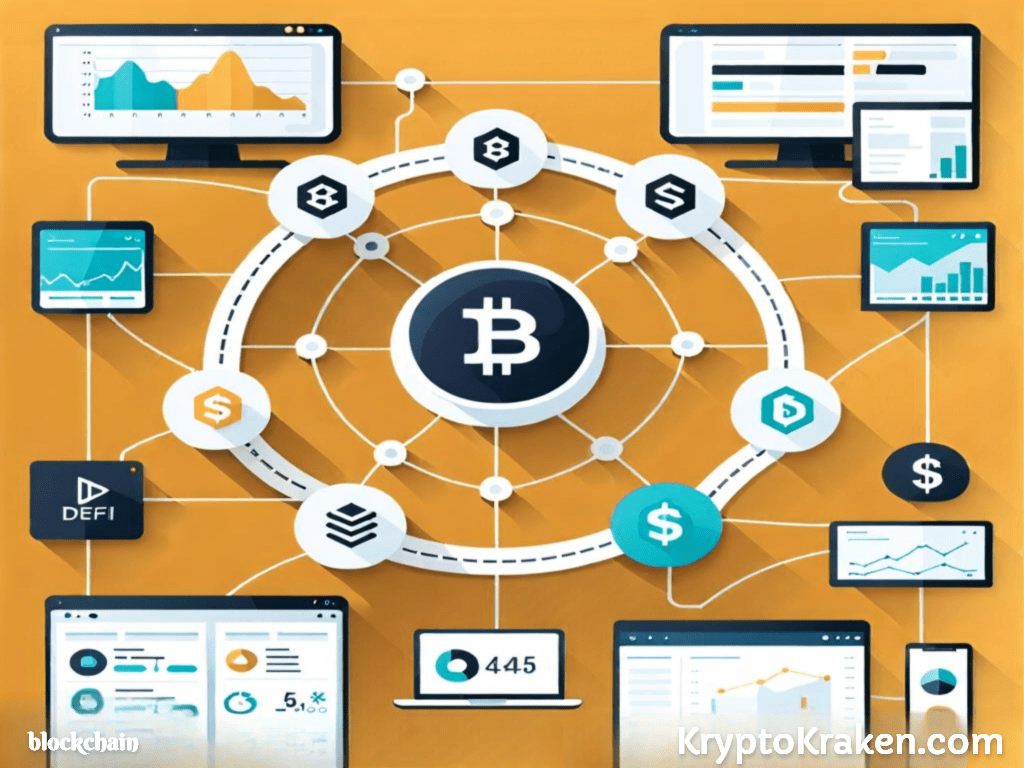
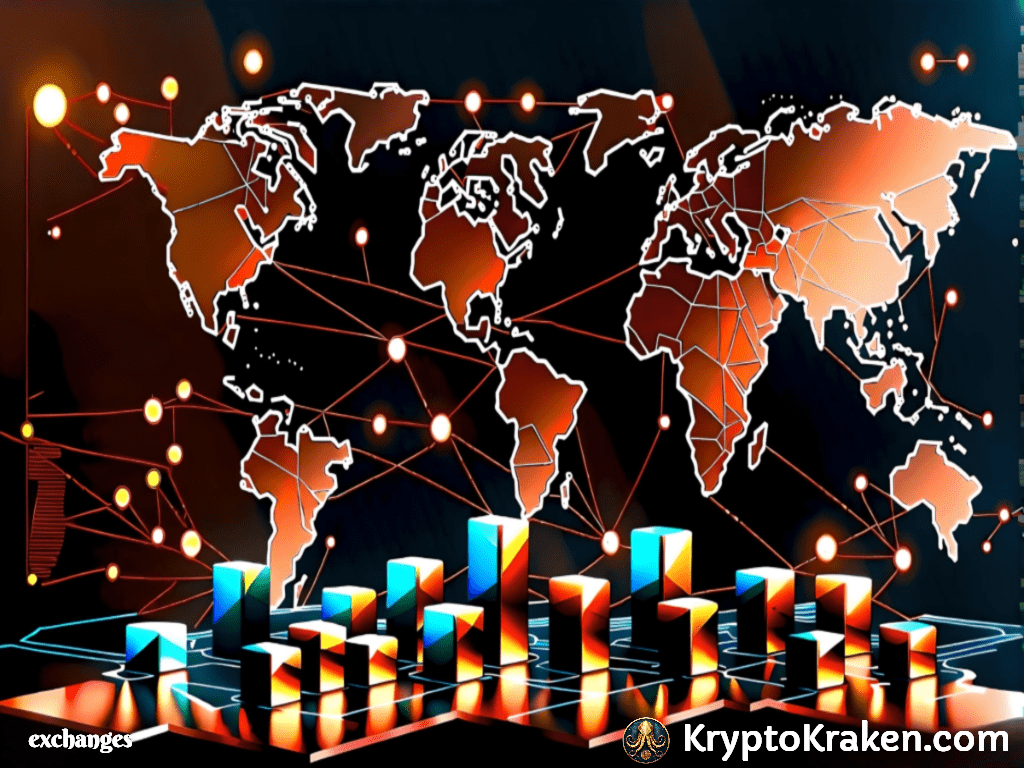
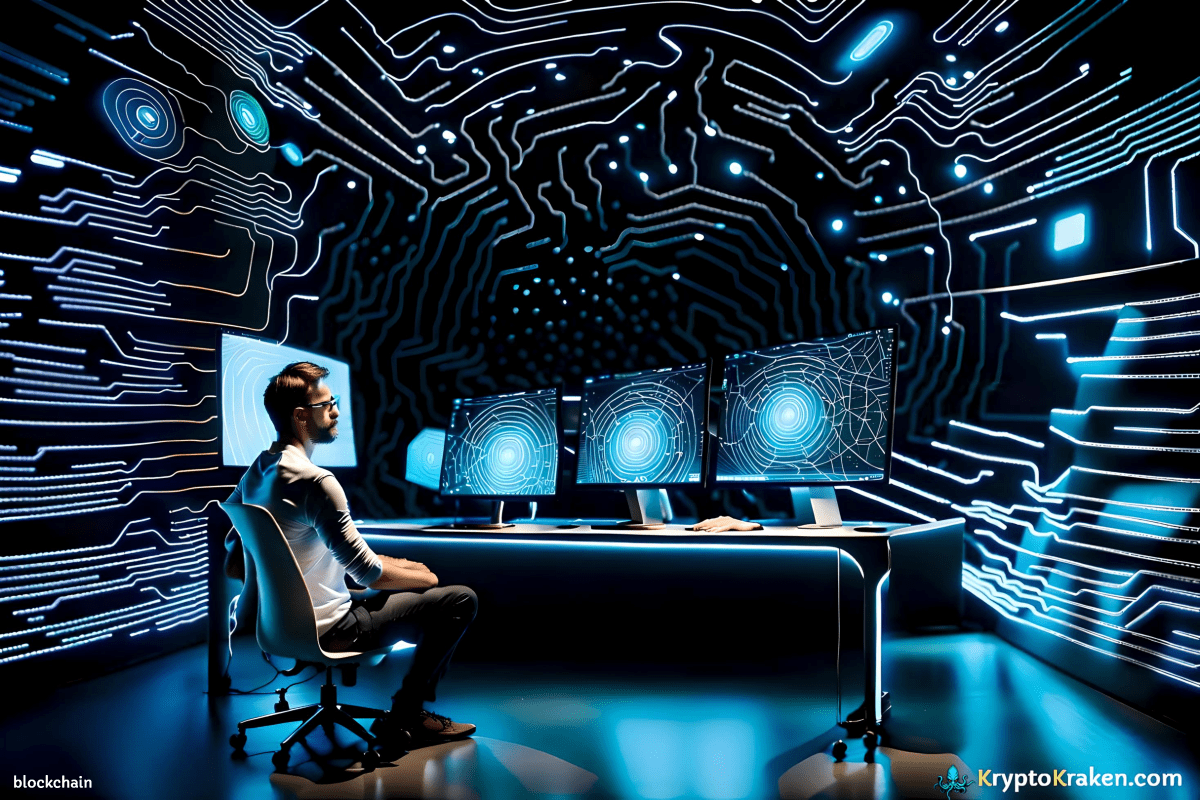
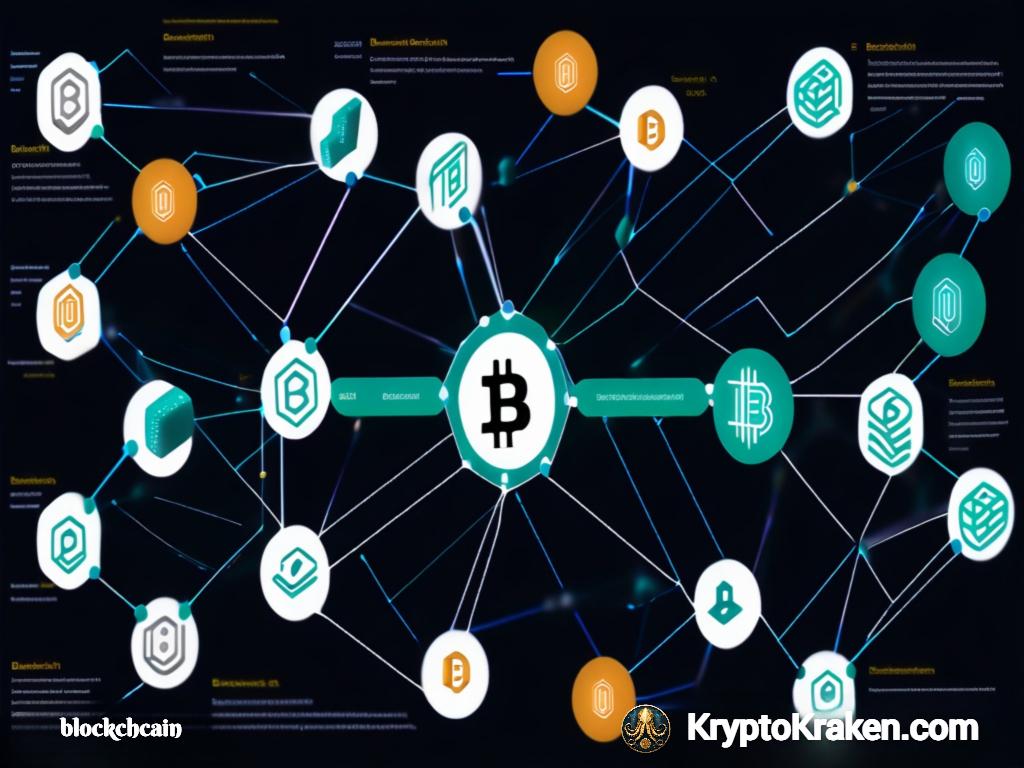
1 comment on “Decentralized YouTube: The Future of Video Sharing”